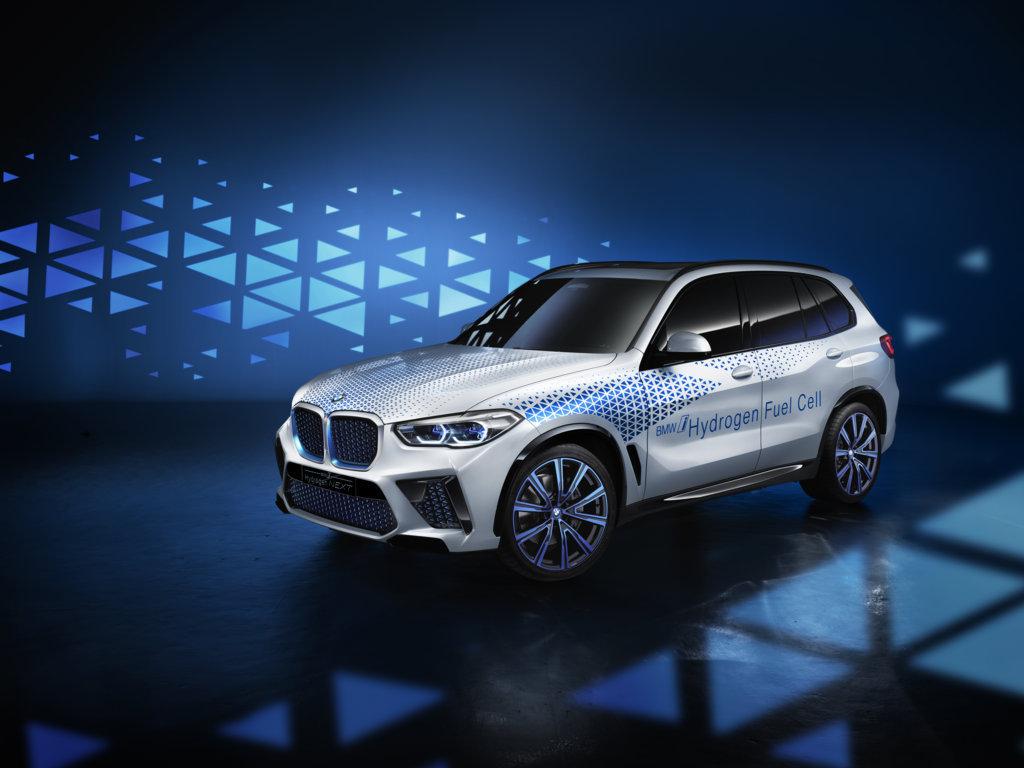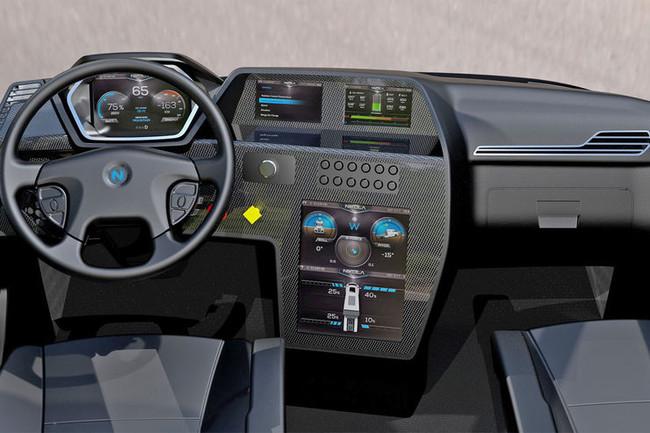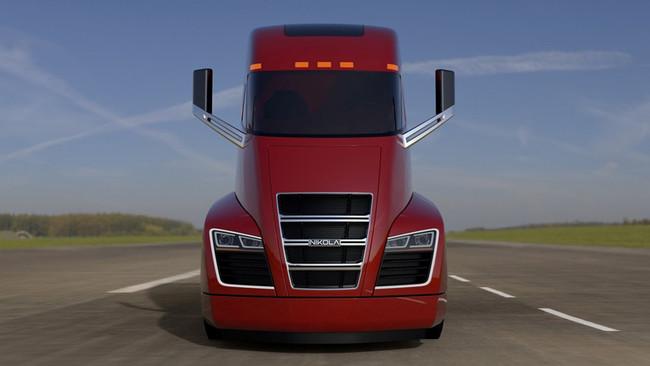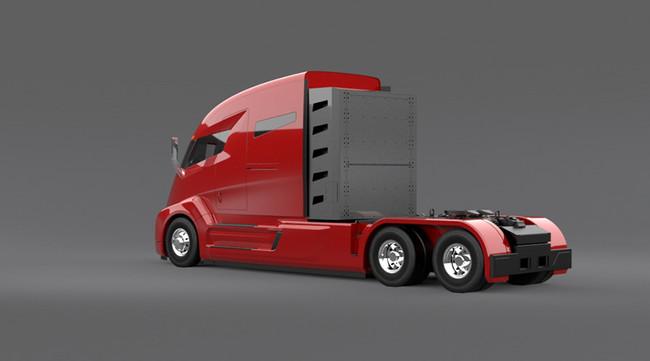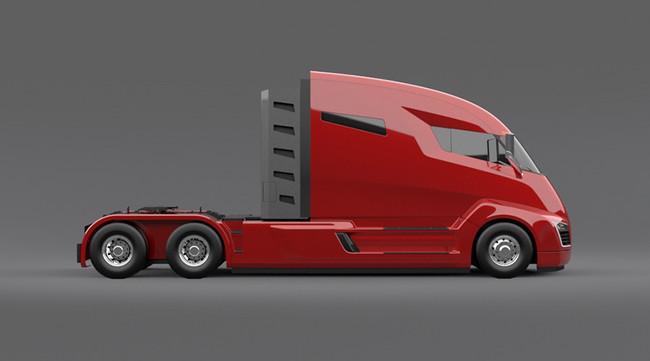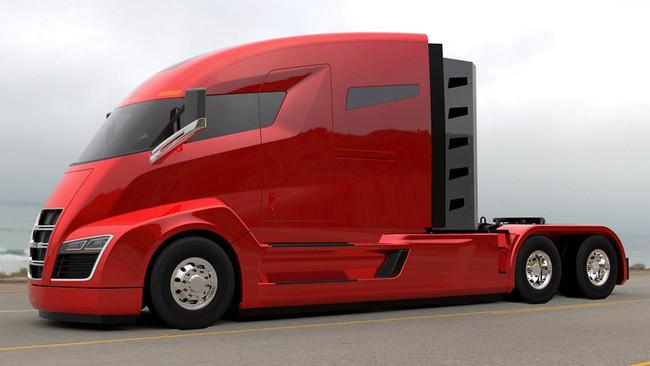Cerca nel Forum
Mostra i risultati del/dei TAG ''idrogeno'' .
Trovato 38 risultati
-

Iveco S-eWay BEV & S-eWay FCEV 2024
nella discussione ha aggiunto j in Veicoli Commerciali-Industriali e Ricreazionali
- 24 risposte
-
- 1
-

-
- idrogeno
- s-eway 2024
-
(e 6 altri in più)
Taggato come:
-

Iveco: JV con Nikola Truck
nella discussione ha aggiunto KimKardashian in Veicoli Commerciali-Industriali e Ricreazionali
Trasfusione di tecnologie. I due partner formeranno un’azienda negli Stati Uniti e una in Europa; nell’ambito della prima, Iveco e FPT Industrial, il costruttore di motori e soluzioni di propulsione, collaboreranno all’industrializzazione dei modelli della Nikola; quanto alla seconda, avrà fra gli altri il compito di integrare la tecnologia dell’Iveco S-Way e quella del Nikola Tre. Due entità distinte. I dettagli saranno chiariti in occasione del Capital Market Days del gruppo alla Borsa di New York questo pomeriggio, ma nel frattempo CNH Industrial ha aggiunto che nel giro di due anni creerà due entità distinte per i suoi principali rami: On Highway raggrupperà i veicoli commerciali, industriali e autobus di Iveco e Heuliez, insieme a FPT Industrial; Off Highway sarà responsabile dei business nelle macchine agricole e per costruzioni. https://www.tuttotrasporti.it/archivio/notizie/2019/09/03/iveco_e_nikola_insie.html- 102 risposte
-
- 3
-

-

-
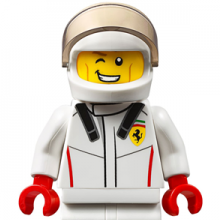
Hyundai Initium Concept 2024
nella discussione ha aggiunto MotorPassion in Presentazioni Nuovi Modelli
Il Ssangyong Actyon è tornato. 😆 Comunque questo stile retro-futurista di Hyundai non mi piace molto.- 9 risposte
-
- 2
-

-

-

Van Medium Stellantis a Idrogeno 2024
nella discussione ha aggiunto Cole_90 in Veicoli Commerciali-Industriali e Ricreazionali
Il primo dei van Stellantis ad idrogeno ad essere presentato è il Vivaro, che garantisce 400 km di autonomia a fronte di un pieno di idrogeno. Press Release: Opel Italia- 28 risposte
-
- 2
-

-
- e-expert hydrogen 2021
- peugeot 2021
- (e 14 altri in più)
-
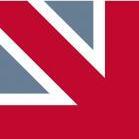
Ho visitato l'unico produttore e distributore di idrogeno in Italia
nella discussione ha aggiunto A.Masera in Elettrificazione e Tecnologie per l'Ambiente
Appena tornato, sono andato lì per motivi di lavoro e ne sono rimasto affascinato... Ho visitato la produzione, la zona di compressione, lo stoccaggio: il costo al kg è di 18,60 Euro e si percorrono in media 100 km... la produzione è interamente fatta con idroelettrico fornito da Alperia perciò è idrogeno verde. Stanno progettando una seconda struttura in zona Brunico per produrne di più, ora hanno 3 sistemi che consentono loro di produrre complessivamente 30 Kg l'ora, e ne stipano al massimo se non sbaglio sui 400. Una macchina ha un serbatoio di circa 6 Kg, un camion di 350... I compressori sono chiusi in strutture ATEX per limitare il rischio esplosivo e non vi dico come sono coibentati i cilindri....! Ho chiesto di poter fare un tour con video per il mio canale, mi dovrebbero dare l'ok- 16 risposte
-
- 10
-

-

-
Il nuovo concept di Renault anticipa un'innovativa piattaforma che permette di combinare un pacco batteria da 40 kW con 16 kW di celle a combustibile. Il risultato sono 800 km con una sola pausa di pochi minuti per fare il pieno di idrogeno e una migliore sostenibilità, grazie a delle batterie più piccole. La sostenibilità è accentuata dal mix di materiali riciclati e riciclabili (che costituiscono il 95% dei materiali totali), che Renault vorrebbe portare in produzione come standard entro il 2030. Lunga 449 cm e con un passo di 283 cm, la vettura anticipa la nuova Scénic E-Tech che uscirà nel 2024 basata sulla piattaforma CMF-EV della Mégane E-Tech. Press Release: A design that opens the way to new perspectives Scénic Vision concept-car is a true embodiment of Renault's "Nouvelle Vague" and the result of a thorough design exercise and bold aesthetic choices. Its design prefigures different time horizons for the Renault range of vehicles. The exterior reveals the shapes and style of a new family model that will be marketed in 2024. Its interior design is a forward-looking study of future Renault interiors. Its hydride electric and hydrogen powertrain, reflects Renault's desire to find solutions for all types of use and is part of a longer-term vision, beyond 2030. This design opens the way to new perspectives, that of a world where cars and people converge towards the same values. “Scénic Vision represents a new chapter in the history of Renault Group and for the brand. This concept prefigures the exterior design of the new Scénic 100% electric model for 2024 and the new Renault design language. The interior design, is a forward-looking study of future Renault interiors. Scénic Vision provides a suite of technologies and innovations at the service of a more sustainable mobility.” . said Gilles Vidal, VP Renault Brand, Design. Renault & Jean-Michel Jarre Jean-Michel Jarre is a French composer, performer and record producer. Coming from the world of electro-acoustic research, he has given electronic music a popular dimension. Jean-Michel Jarre is an artist and also an engineer, he has constantly linked technology and creation. This is very close to how Renault has always seen innovation. JMJ is also highy involved into protecting the environment as a UNESCO ambassador since 1993 (on environment and education topics). The collaboration with Jean-Michel Jarre started in the early days of making Scénic Vision, precisely on the acoustics and signal processing. The artist teamed up with the design team in order to shape the sound signature of the concept-car, following the idea of “caring for the resources” with a “less is more” approach with only 1 loudspeaker on each door and the soundbubble system on every headrest. Scénic Vision sets the beginning of a close collaboration with Jean-Michel Jarre. The artist will be an ambassador of the Renault brand, working with the teams on future solutions to be included into the product lineup. Caring for the resources Eco-design and short loops 70% of the materials used in the vehicle are recycled and over 95% of the vehicle is recyclable, including the battery. The floor of the vehicle was composed by agglomerating plastic scraps from other sources (milk bottles, plastic pipes, etc.). On the whole vehicle, 30% of the plastic is biosourced. The vehicle's fittings are made of recycled carbon from the aeronautical industry. Short loops are being deployed on strategic materials such as platinum, copper, aluminum and steel as well as the battery’s minerals Tires are sourced from a GNSPR member manufacturer, committed to environmental and human rights responsibility. The leather is abandoned and replaced by 100% recycled low carbon polyester. The fuel cell tank is made of carbon fiber from recycled paper waste Better air quality Inside: Placed in the driver's door, an air filter improves the air quality inside the vehicle by filtering the outside air. Outside: The black pigments in the paint are derived from the processing of particles captured in the atmosphere;. a paint without synthetic pigment, which contributes to the improvement of air quality. Caring for the climate The best from electricity and hydrogen H2-Tech technology: a hybrid vehicle, both electric and hydrogen, equipped with a 16kW fuel cell. The H2-Tech technology is based on the "range extender" technology, which makes it possible to carry a battery that is twice as light, for the same range, thus contributing to decarbonization beyond the electrification of the vehicle. Although this solution is a vision for a passenger car, Renault Group through Hyvia (joint venture with Plug Power) already offers H2 solutions on LCVs. In 2030 and beyond, once the network of hydrogen stations is large enough, you will be able to drive up to 800 km – or, for instance, 750 km from Paris to Marseille – without stopping to charge the battery. You will only have to stop for 5 minutes or less to fill the hydrogen tank. Following on from the partnerships already entered into, this vehicle has a carbon footprint that is 75% smaller than that of an electric vehicle such as the Megane E-Tech electric. Its battery is up to 60% less carbon intensive than an equivalent battery, thanks to the use of short loops and low-carbon sourcing of minerals, and the use of low-carbon energy to assemble and produce the battery. Caring for the people Safety Total transparency and visibility A camera system integrated into the front of the vehicle enlarges the driver's field of vision by 24% by retransmitting the immediate environment on a screen positioned on the dashboard. The windshield is thus enlarged to 180° for a total and reassuring visibility, the hood appears transparent. New generation of safety and connected health: Safety Coach A risk assessment interface helps to anticipate last-minute stressful situations. It compensates for the driver's possible lack of attention and gives personalized advice to continuously improve driving habits. This interface also provides personalized health advice to the driver via the analysis of data collected by cameras and connected sensors placed inside the cabin (heart rate, fatigue, etc.). Inclusiveness A vehicle that adapts to its user A facial recognition system allows the door to be opened and the vehicle settings to be adjusted according to the driver's profile. This system also offers the possibility of adapting the driving conditions to a possible handicap. Ultra-personalized and inclusive sound space Each seat is equipped with microphones and loudspeakers to provide its own audio ambience (radio, hi-fi, voice-assisted driving) while maintaining optimal communication on board. The retransmission of the voice of the passengers and the driver, and if necessary the amplification of their voice, facilitates communication between the occupants of the vehicle, in particular if a hearing impaired user is on board. Increased accessibility The absence of a pillar between the doors and a flat floor facilitate access for people with reduced mobility. TECHNICAL SPECS Length: 4,490 mm Width: 1,900 mm Height: 1,590 mm Wheelbase: 2,835 mm Rims: 21 inches Tires: 235/45 R21 Weight: 1,700 kg Energy: hybrid electric-hydrogen Engine: 160 kW electrically excited synchronous motor Fuel cell: 16 kW Battery: 40 kWh Renault
- 45 risposte
-
- 4
-

-

-
- renault concept
- renault
-
(e 4 altri in più)
Taggato come:
-

Porsche: allo studio motore alimentato ad Idrogeno
nella discussione ha aggiunto Beckervdo in Elettrificazione e Tecnologie per l'Ambiente
Porsche non lascia nulla al caso, ed oltre allo sviluppo dei carburanti sintetici, provvede a sviluppare un motore a combustione interna che possa lavorare con l'idrogeno quale combustibile. La base di partenza è il caro V8 4.4 TwinTurbo delle passate generazione, ma con rapporto di compressione incrementato e sistema di sovralimentazione completamente riprogettato. Il "fatto" è semplice: per bruciare in maniera efficace l'idrogeno, c'è necessità di una massa d'aria in camera di combustione quasi doppia rispetto alle "benzine classiche", ergo tutto il sistema di sovralimentazione deve svolgere un lavoro duplice. In più le EGT (Exhaust Gas Temperature, temperature dei gas di scarico) sono più fredde quando si brucia idrogeno, quindi anche tutto il sistema di scarico va ripensato. Per ovviare a ciò, si è sdoppiato il sistema di sovralimentazione in lato caldo e lato freddo. Il lato freddo, ossia i compressori, lavorano in doppio stadio: prima compressione - intercooler - seconda compressione. In questo modo si sopperisce alle difficoltà di bruciare idrogeno. Porsche sta testando tutto questo in virtuale ed il V8 potrebbe fornire non meno di 590 CV, un valore rispettabile all'omologo benzina. https://www.porscheengineering.com/peg/en/about/magazine/ Inoltre, si starebbe molto al disotto dei limiti di Euro7 senza ricorrere ai sofisticati sistemi di trattamento dei fumi (OPF, Catalizzatori, etc). Dall'altro canto c'è il problema dello stoccaggio da superare. Per ora il tutto è "virtualizzato" e ponendo questo motore nella carrozza del Cayenne (virtuale), girerebbe al Nurburgring in un tempo di 8' 20" . Niente male. -
Messaggio Aggiornato al 21/01/2021 Press Release: Meglio di Mirai, ma comunque "Meh" se rapportata ai concepts visti sin ora.
- 21 risposte
-
- ibrido
- ibrido honda
- (e 15 altri in più)
-
Il dipartimento N di Hyundai ci anticipa una vettura sportiva a idrogeno. Ne sapremo di più il 7 Settembre
- 10 risposte
-
- idrogeno
- hyundai ufficiale
- (e 5 altri in più)
-

Toyota GR Yaris H2 Concept 2021
nella discussione ha aggiunto Cole_90 in Presentazioni Nuovi Modelli
Toyota continua il suo push sull'idrogeno, presentando il concept GR Yaris H2 ,dotato del medesimo propulsore presente sulla GR Corolla da corsa attualmente impegnata nel campionato giapponese. Tutti i dettagli sulla press release qui sotto! Press Release: Kiichiro Toyoda, Founder of Toyota Motor Corporation (March, 1952) „ The hydrogen-powered experimental GR Yaris and the Corolla Sport both feature the same G16E-GTS, 1.6-litre, in-line 3-cylinder, turbocharged engine that is found in the award-winning GR Yaris, but with a modified fuel supply and injection system for use with hydrogen as fuel. The experimental hydrogen-powered Corolla Sport has already been competing in the Super Taikyu race series in Japan since May this year under the ROOKIE Racing arm of Toyota GAZOO Racing where the team has taken on the challenge to test the experimental hydrogen combustion engine under the harsh environments of motorsport. “ Akio Toyoda, President of Toyota Motor Corporation „ Hydrogen combusts at a faster rate than petrol, resulting in good responsiveness whilst delivering excellent environmental performance. In addition to being extremely clean, hydrogen combustion has the added potential to relay a fun to drive experience with the acoustic and sensory sensations that characterise internal combustion engines. Towards achieving carbon neutrality, Toyota has been strengthening its efforts, such as by aiming to promote the use of hydrogen through the popularisation of FCEVs and numerous other fuel-cell-powered products. By further refining its hydrogen-engine technologies through motorsports, Toyota intends to aim for the realisation of an even better hydrogen-based society. Toyota Europe- 3 risposte
-
- 4
-

-

-
- gr yaris h2
- gr yaris
- (e 13 altri in più)
-

Daimler Truck e Volvo Group: JV per camion a idrogeno
nella discussione ha aggiunto j in Notizie e Scelte Strategiche dal mondo dell'Auto
Martin Daum, Chairman of the Board of Management Daimler Truck AG and Member of the Board of Management of Daimler AG "Electrification of road transport is a key element in delivering the so called Green Deal, a carbon neutral Europe and ultimately a carbon neutral world. Using hydrogen as a carrier of green electricity to power electric trucks in long-haul operations is one important part of the puzzle, and a complement to battery electric vehicles and renewable fuels. Combining the Volvo Group and Daimler’s experience in this area to accelerate the rate of development is good both for our customers and for society as a whole. By forming this joint venture, we are clearly showing that we believe in hydrogen fuel cells for commercial vehicles. But for this vision to become reality, other companies and institutions also need to support and contribute to this development, not least in order to establish the fuel infrastructure needed." Martin Lundstedt, Volvo Group President and CEO The Volvo Group and Daimler Truck AG will be 50/50 partners in the joint venture, which will operate as an independent and autonomous entity, with Daimler Truck AG and the Volvo Group continuing to be competitors in all other areas of business. Joining forces will decrease development costs for both companies and accelerate the market introduction of fuel cell systems in products used for heavy-duty transport and demanding long-haul applications. In the context of the current economic downturn cooperation has become even more necessary in order to meet the Green Deal objectives within a feasible time-frame. The common goal is for both companies to offer heavy-duty vehicles with fuel cells for demanding long-haul applications in series production in the second half of the decade. In addition, other automotive and non-automotive use cases are also part of the new joint venture’s scope. To enable the joint venture, Daimler Trucks is bringing together all group-wide fuel cell activities in a new Daimler Truck fuel cell unit. Part of this bundling of activities is the allocation of the operations of “Mercedes-Benz Fuel Cell GmbH”, which has longstanding experience in the development of fuel cell and hydrogen storage systems for various vehicle applications, to Daimler Truck AG. The joint venture will include the operations in Nabern/Germany (currently headquarters of the Mercedes-Benz Fuel Cell GmbH) with production facilities in Germany and Canada. The signed preliminary agreement is non-binding. A final agreement is expected by Q3 and closing before year-end 2020. All potential transactions are subject to examination and approval by the responsible competition authorities. da Daimler Da notare come Geely sia l'azionista di maggioranza sia Daimler che di Volvo Group (che è un'azienda separata da Volvo Cars, di cui Geely è comunque proprietaria) -

Stellantis - piattaforma Fuel Cell per veicoli commerciali leggeri
nella discussione ha aggiunto Beckervdo in Elettrificazione e Tecnologie per l'Ambiente
Stellantis vara una nuova piattaforma per i LCV (Light Commercial Vehicle) con architettura Fuel Cell. Tale piattaforma è realizzata in collaborazione con Faurecia e Symbio(JV paritetica tra Faurecia e Michelin) Nello specifico la piattaforma avrà: Medesime capacità di carico dei modelli con motore a combustione interna (ICE) Meno di 3/4 minuti necessari per il rifornimento del serbatoio di idrogeno. Più di 400 km di autonomia. Per fare ciò, tutta la componentistica della Fuel Cel è stata integrata al di fuori dello spazio di carico della piattaforma concepita per l'utilizzo Full Electric. In questo modo si garantirà la modularità del sistema fra le due alimentazioni. Faurecia svilupperà, fornirà ed assemblerà il sistema dei serbatoi per l'idrogeno nel suo centro di esperti in Bavans (Francia), costituito da tre serbatoi in pressione, in grado di sopportare i 700 bar di pressione a cui verrà stoccato l'idrogeno. Un totale di 120 litri di H2 verranno stipati, così da avere ZERO emissioni ed una autonomia di oltre 400 km. La Fuel Cell sviluppata da Symbio è in grado di erogare 45 kW di picco e sarà supportata dal pack batterie in uso sui modelli PHEV del gruppo Stellantis. Questo per utilizzare la batteria nelle fasi di start/stop, nelle fasi di accelerazione e in quelle di decelerazione si utilizza la frenata auto-rigenerativa per ricaricare il pack batterie.- 10 risposte
-
- 3
-

-

-
- fuel cell
- stellantis
- (e 7 altri in più)
-

SCG 010 Hydrogen Fuel Cell Boot Pick up
nella discussione ha aggiunto __P in Presentazioni Nuovi Modelli
-

Idrogeno HHO funziona davvero?
nella discussione ha aggiunto JR1987 in Elettrificazione e Tecnologie per l'Ambiente
Ho visto online un servzio nel quale veniva installata una cella per la produzione di idrogeno qualcuno di voi ha prove tangibili di quello che ci si può aspettare installandola? meno particolato? meno CO2 ? minor consumi ?- 6 risposte
-
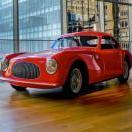
Hyundai HDC-6 Neptune Fuel Cell Semi Concept
nella discussione ha aggiunto Sarrus in Veicoli Commerciali-Industriali e Ricreazionali
al Salone Nord Americano dei Veicoli Commerciali, Hyundai presenterà una motrice a celle di combustibile, che è stata confermata essere ispirata all'Art Deco delle locomotive degli anni '30 https://www.carscoops.com/2019/10/hyundai-teases-hdc-6-neptune-fuel-cell-semi-concept/- 5 risposte
-
- hyundai hdc-6
- neptune fuel cell
-
(e 5 altri in più)
Taggato come:
-
Il prototipo che anticipa la seconda generazione della Toyota a celle di combustibile a idrogeno passa alla trazione posteriore e indossa un nuovo abito più filante
- 24 risposte
-
- 5
-

-

-
- h2
- toyota concept
- (e 9 altri in più)
-
Ritorna il caro vecchio Hydrogen Power su BMW, ma questa volta muove direttamente un motore elettrico, anziché un comparto termico. Via BMWNews
- 7 risposte
-
- 3
-

-

-
- bmw concept
- bmw x5 g05
- (e 9 altri in più)
-
Messaggio aggiornato al 09/01/2018 Netcarshow
- 14 risposte
-
- 1
-

-
- sondaggio
- auto in arrivo
- (e 13 altri in più)
-

NIKOLA One (Truck EV idrogeno)
nella discussione ha aggiunto 1happydream in Veicoli Commerciali-Industriali e Ricreazionali
http://www.omnifurgone.it/magazine/2693/il-nikola-one-sar-a-idrogeno Entro fine anno la presentazione- 3 risposte
-
- veicoli commerciali
- nikola one
- (e 6 altri in più)
-

Mercedes-Benz GLC F-Cell Concept 2017
nella discussione ha aggiunto __P in Presentazioni Nuovi Modelli
La Mercedes-Benz è pronta a portare su strada la tecnologia fuel cell a idrogeno e presenterà al Salone di Francoforte la GLC F-Cell nella versione definitiva. Quello nelle foto è un veicolo di pre-produzione, che anticipa quello che sarà effettivamente disponibile sul mercato e che deriva direttamente dal prototipo presentato nel 2016. 23 anni dal primo prototipo a idrogeno. L'idrogeno fa parte della strategia di diversificazione che il Gruppo Daimler ha da tempo messo in atto: in totale sono stati costruiti circa 300 prototipi nel corso degli anni (partendo dalla Necar 1 del 1994), accumulando circa 18 milioni di chilometri totali di collaudi. Secondo le stime del Fuel Cell Centre of Competence di Nabem, in Germania, la Mercedes-Benz ha utilizzato per i test 200 tonnellate di idrogeno, liberando nell'atmosfera soltanto vapore acqueo (circa 1.800 tonnellate). Per garantire gli stessi standard qualitativi dei veicoli tradizionali, la GLC F-Cell è stata sottoposta a tutti i crash test e alle prove di affaticamento comuni agli altri modelli. Le bombole d'idrogeno sono posizionate tra i due assi in una struttura dedicata e sono dotate di valvole multistadio per ridurre al minimo i rischi in caso di incidenti. La prima plug-in hybrid fuel cell. La Mercedes-Benz non ha per il momento diffuso la scheda tecnica della GLC F-Cell nella sua variante definitiva, limitandosi a confermare che si tratta di una plug-in hybrid del tutto particolare. Secondo le informazioni relative alla concept, la peculiarità di questa soluzione sarebbe legata proprio all'abbinamento tra idrogeno ed elettroni per l'alimentazione delle batterie di bordo e del motore elettrico, offrendo così un'autonomia di circa 500 km con tempi di ricarica ridotti al minimo.- 1 risposta
-
- sondaggio
- auto in arrivo
-
(e 19 altri in più)
Taggato come:
- sondaggio
- auto in arrivo
- novità auto
- nuove auto
- topic ufficiale
- presentazioni auto
- foto nuove auto
- ufficiale
- presentazioni auto ufficiali
- mercedes-benz glc f-cell concept 2017
- mercedes-benz glc f-cell
- glc
- glc idrogeno
- idrogeno
- mercedes
- mercedes glc
- glc f-cell
- concept
- mercedes concept
- francoforte
- francoforte 2017
-
BMW Serie 2 Active Tourer eDrive Press Release: BMW Italia BMW Serie 1 e M4 Water Injection Press Release: BMW Italia BMW Serie 5 GT Hydrogen Fuel Cell Press Release: BMW Italia BMW eDrive Hydrogen Fuel Cell Concept carscoops Press Release: BMW Italia WCF Valanga di tecnologia BMW agli Innovation Days.
- 33 risposte
-
- iniezioni acqua aspirazione
- iniezioni acqua
- (e 9 altri in più)
-
WCF Press Release: Honda Honda ha presentato una versione più vicina alla produzione della FCEV Concept. Non è un genere che amo, affatto, ma è comunque meglio della Mirai di Toyota.
- 7 risposte
-
- concept
- fcv concept 2014
- (e 7 altri in più)
-

[USA] Volkswagen Golf SportWagen e Passat HYmotion Concepts 2014
nella discussione ha aggiunto Touareg 2.5 in Presentazioni Nuovi Modelli
Golf SportWagen HYmotion Passat HYmotion Carscoops Press Release: Volkswagen Idrogeno anche per Golf Variant e Passat USA.- 5 risposte

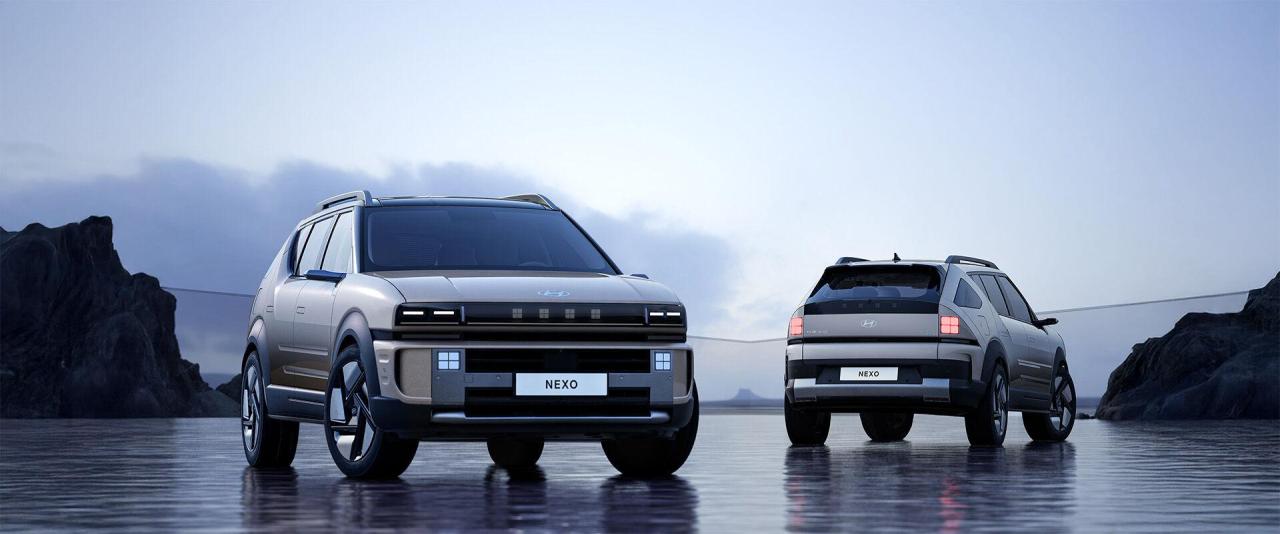
.jpg.26ec1b513622b3a9b17d3cdf7331c550.jpg)
.jpg.7bcd5d7d69b9fc1d639ca8531ac97186.jpg)
.jpg.ac2ca4ace58ceca3f9ae9fc0b05f4d13.jpg)
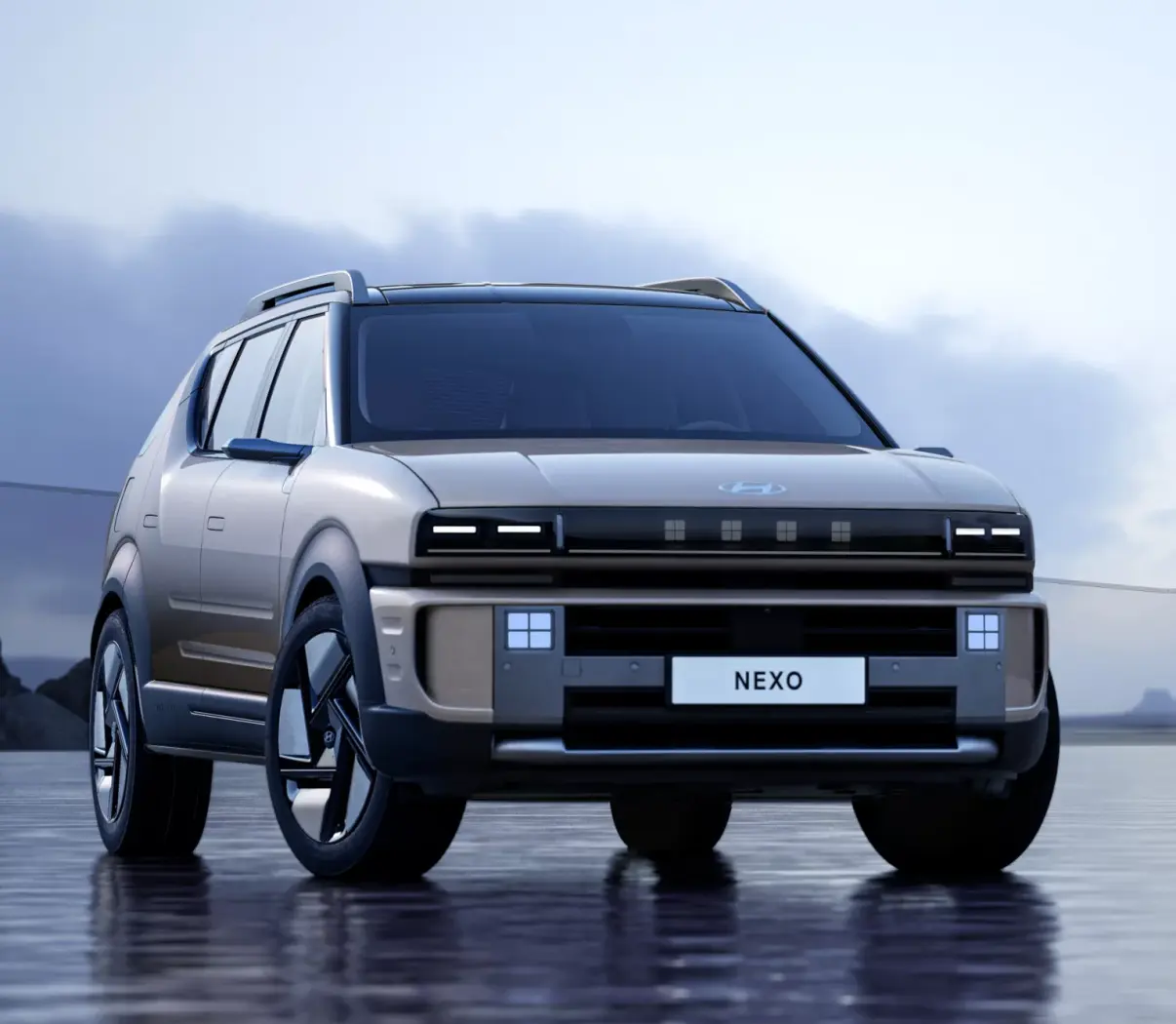

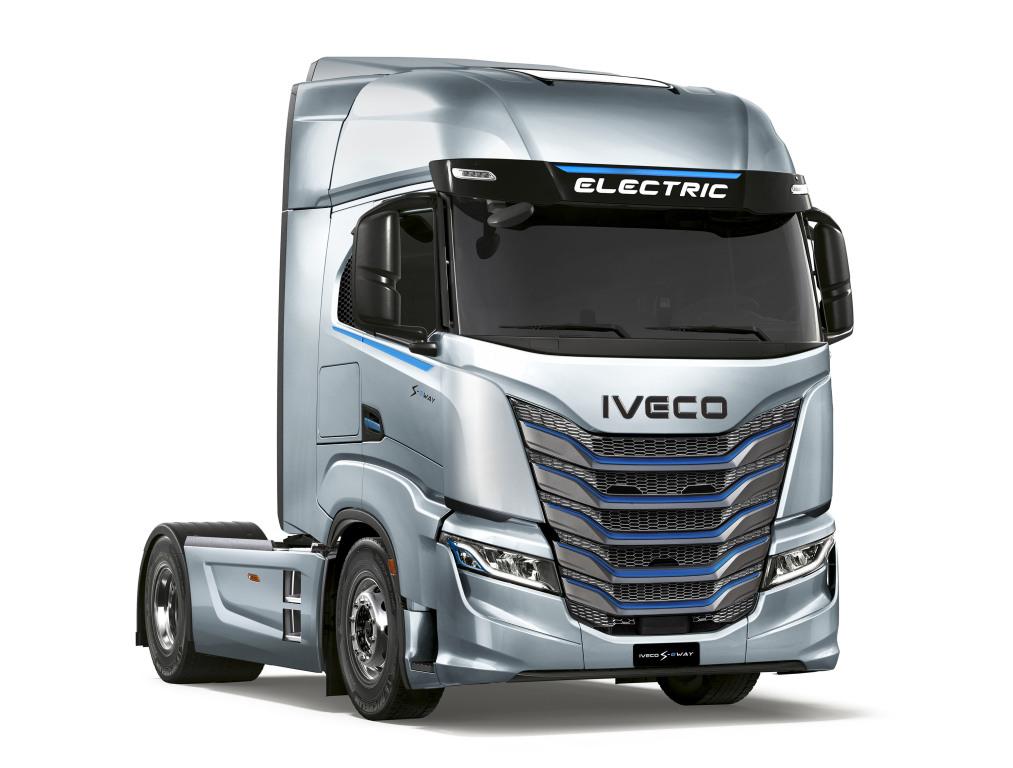
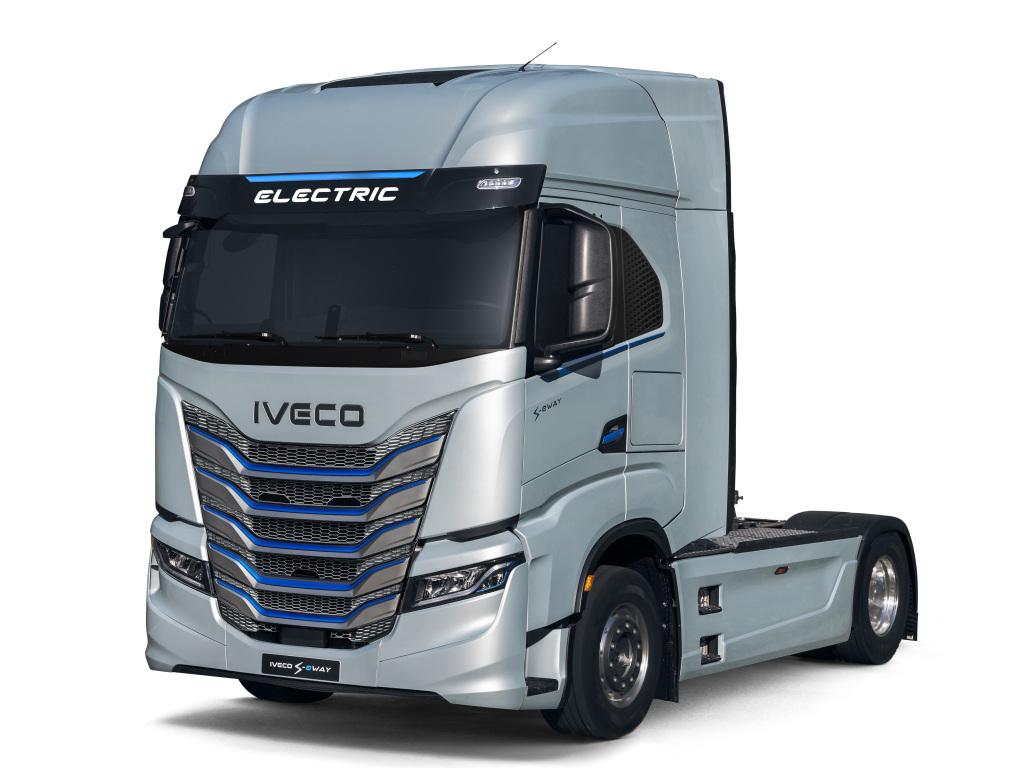
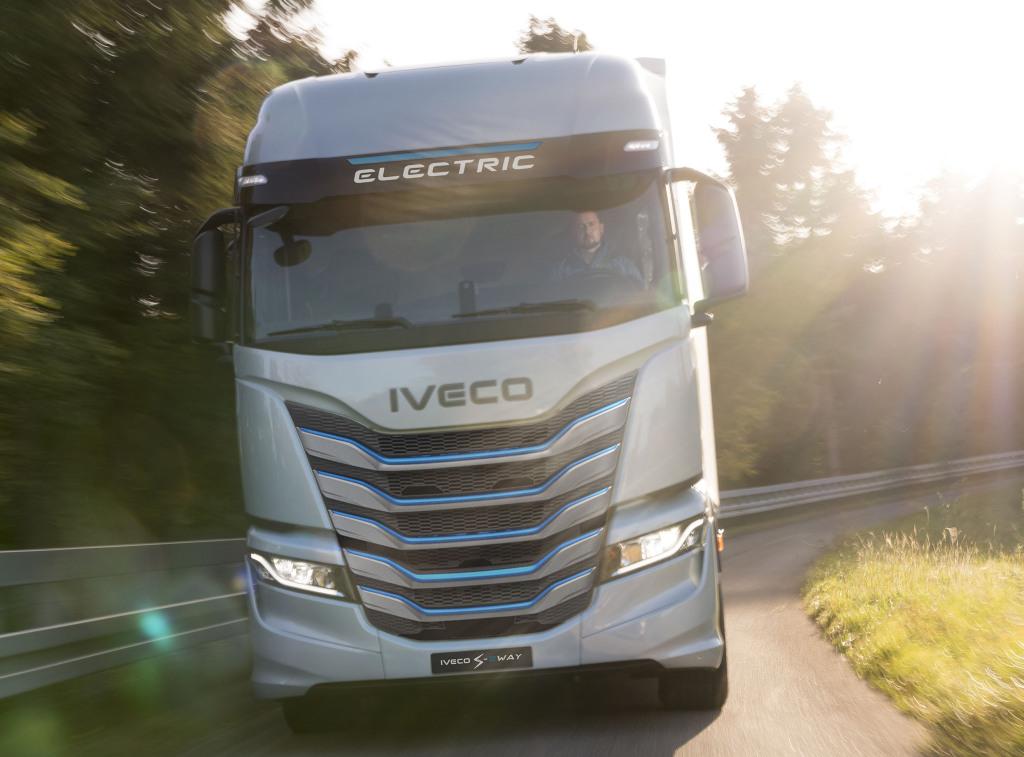
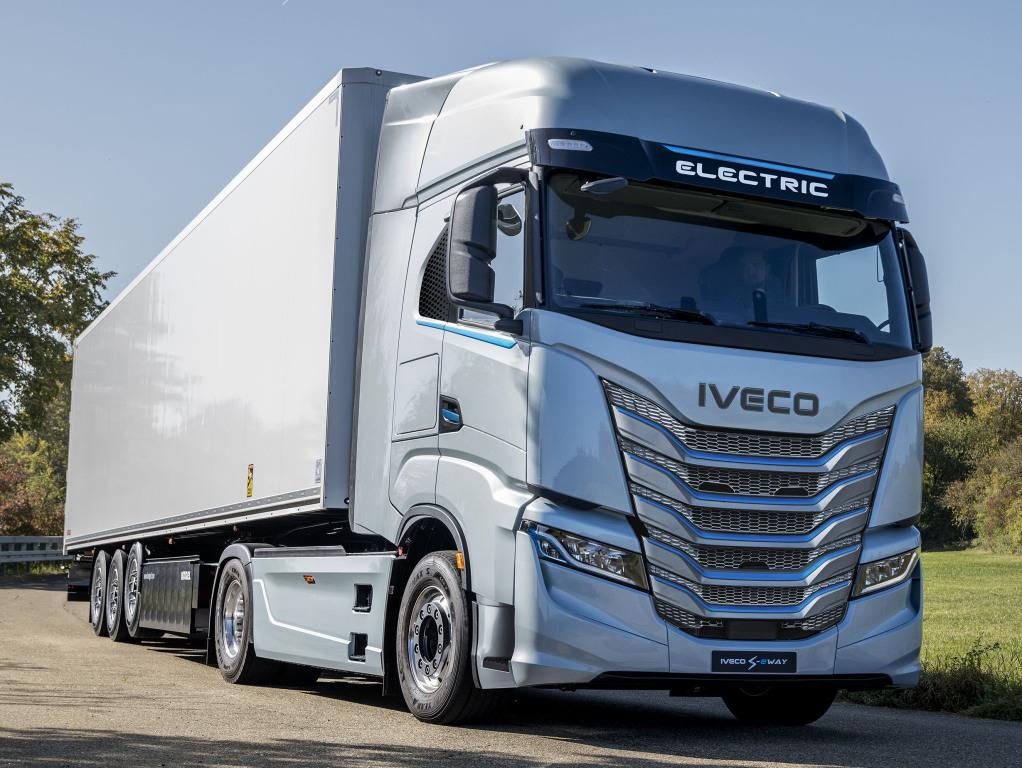
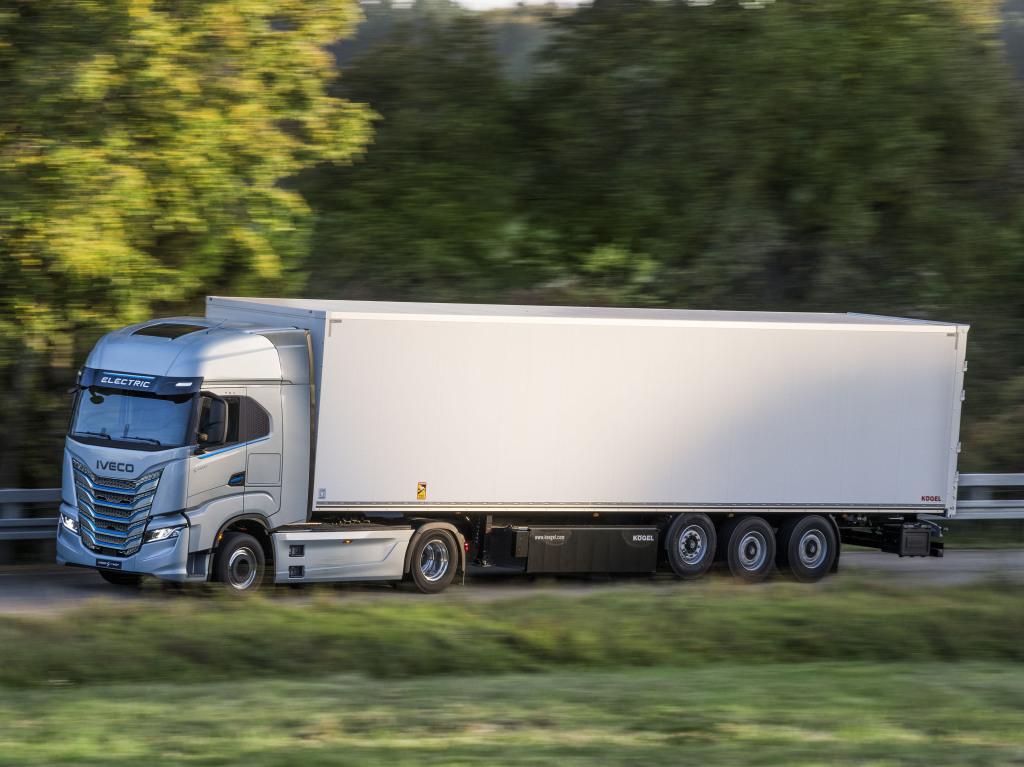
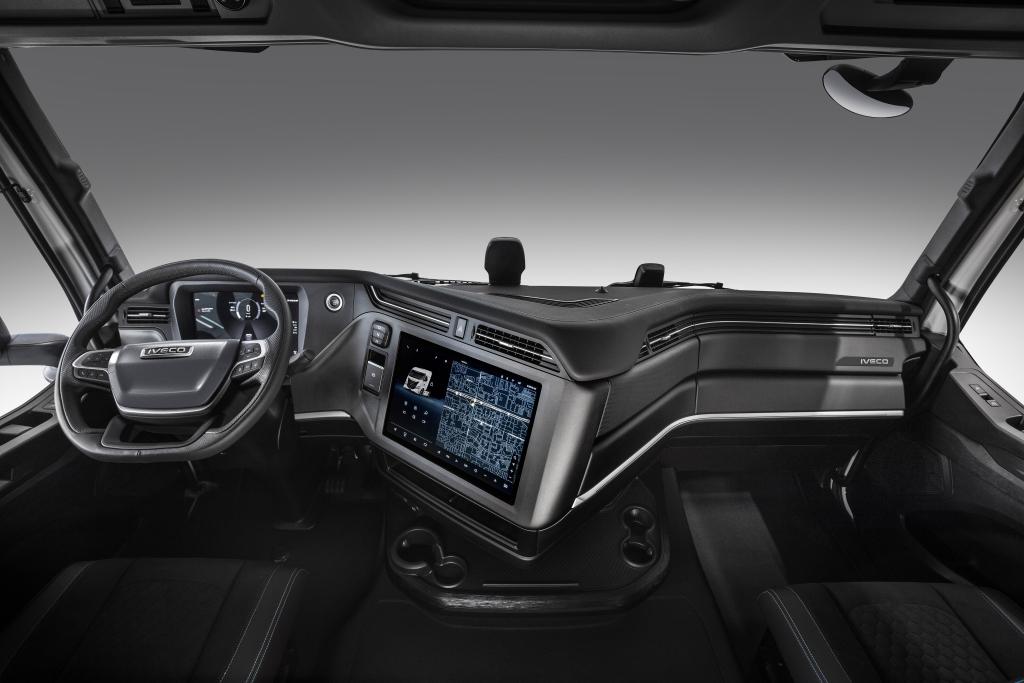
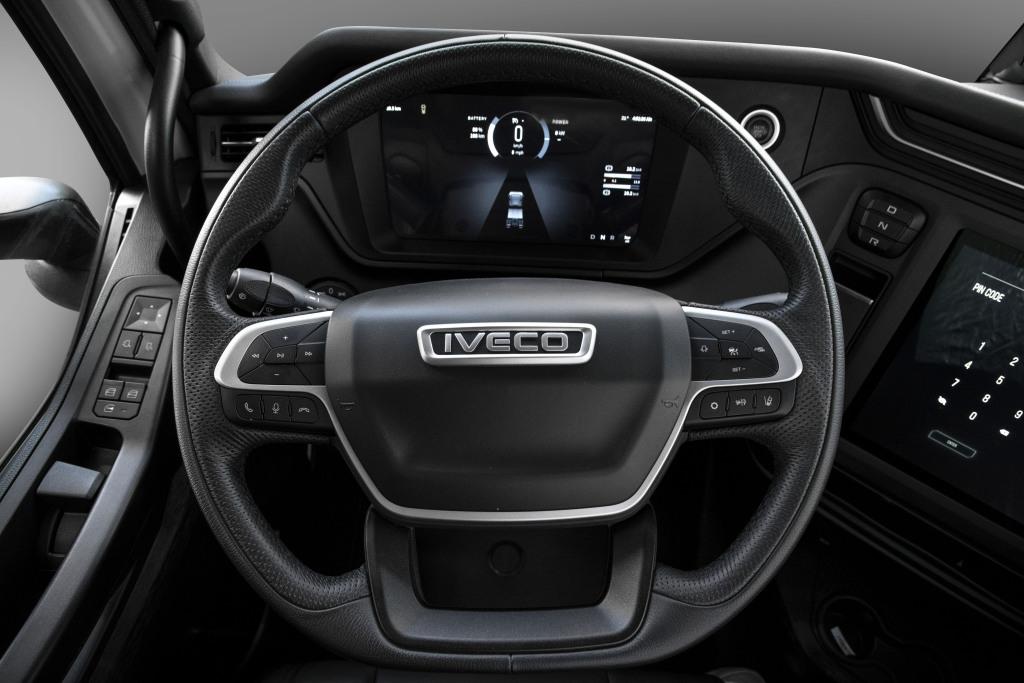
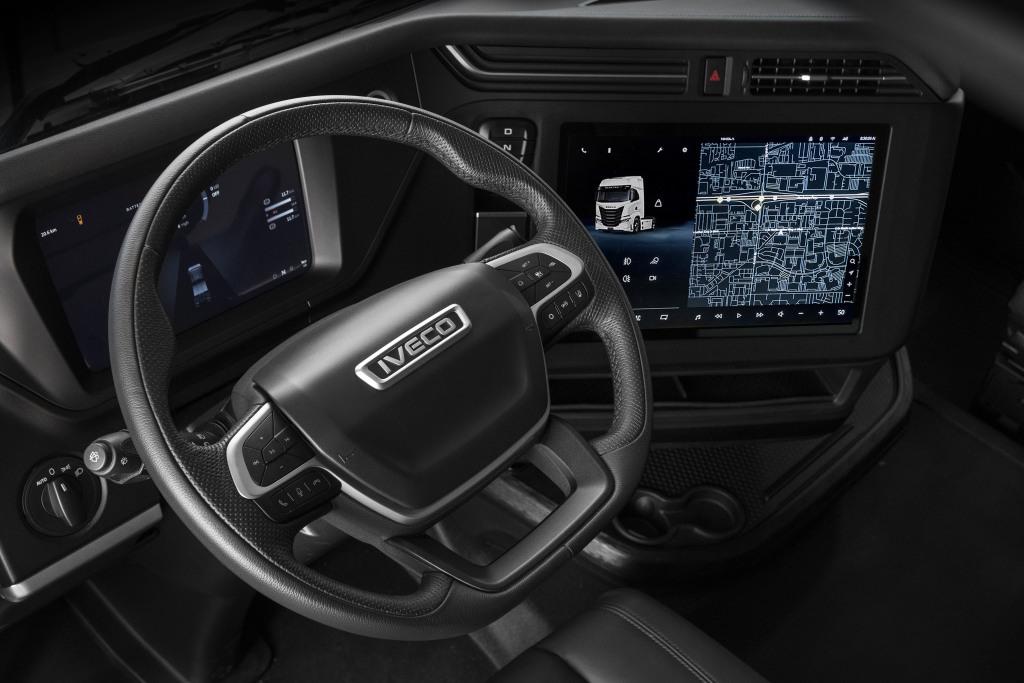
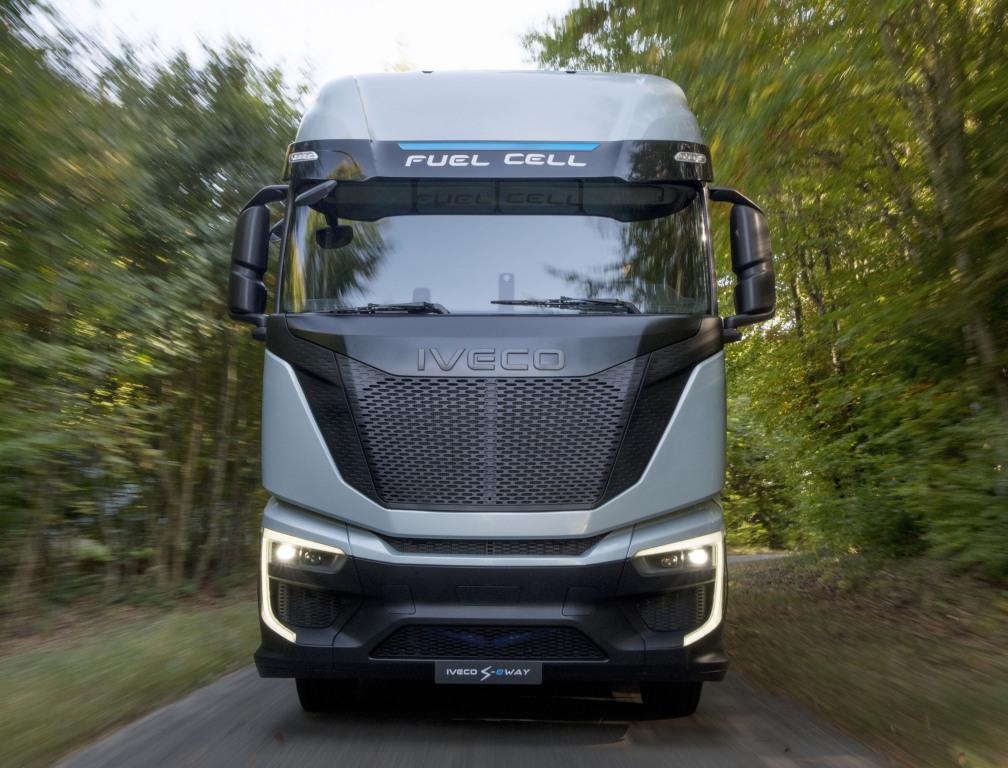
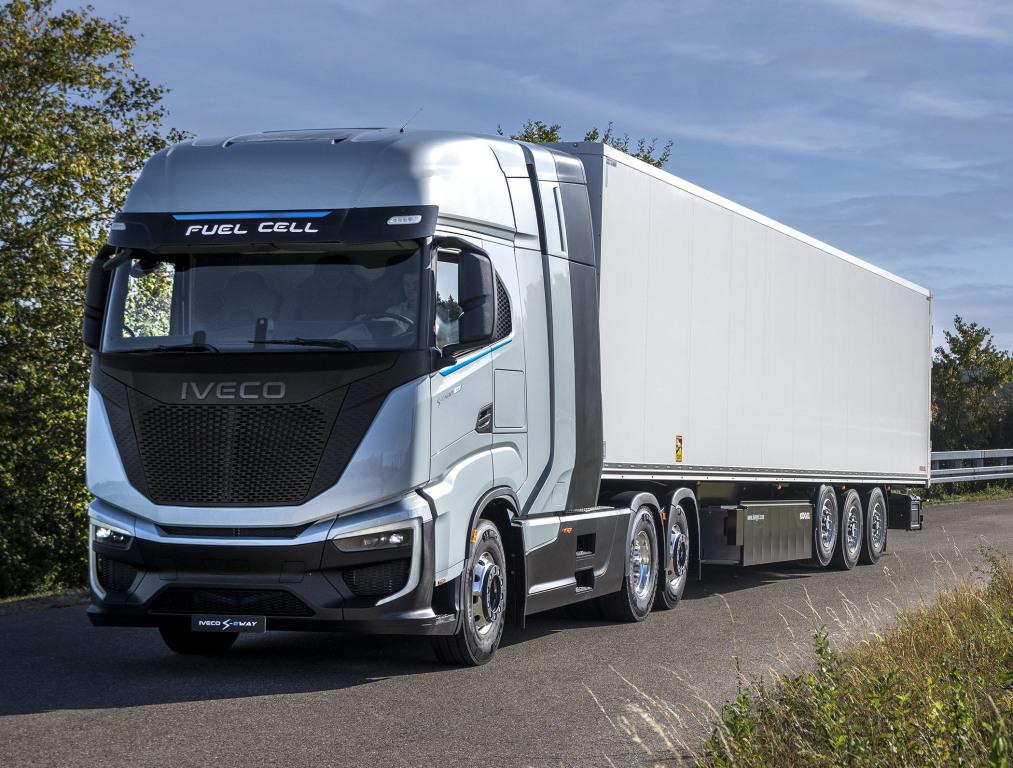
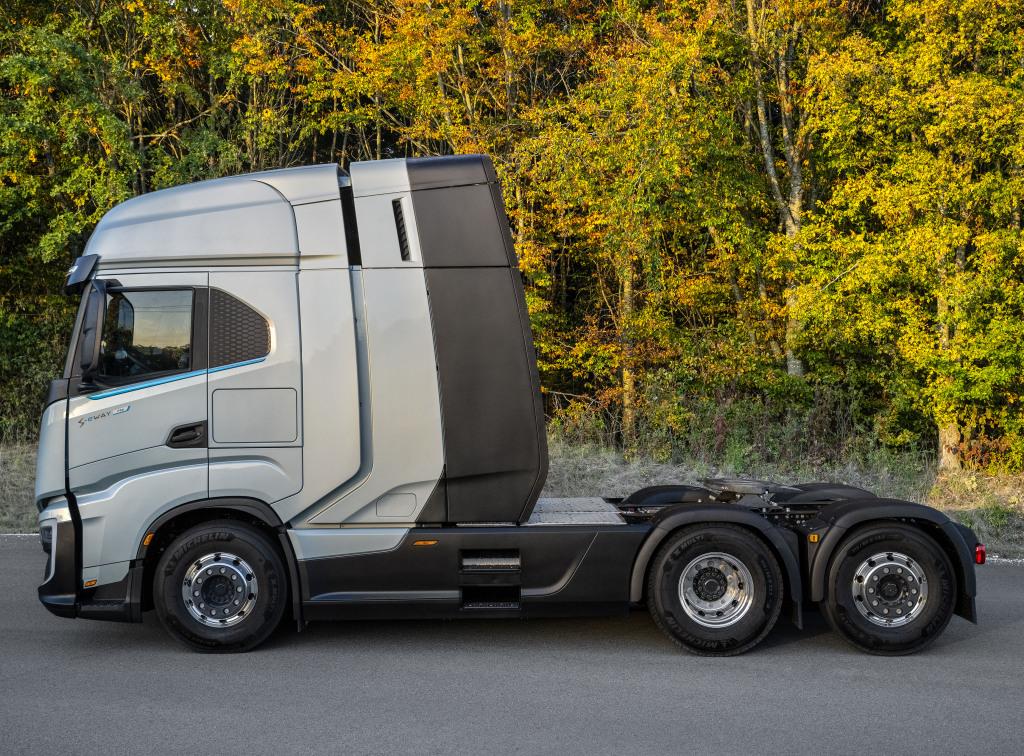
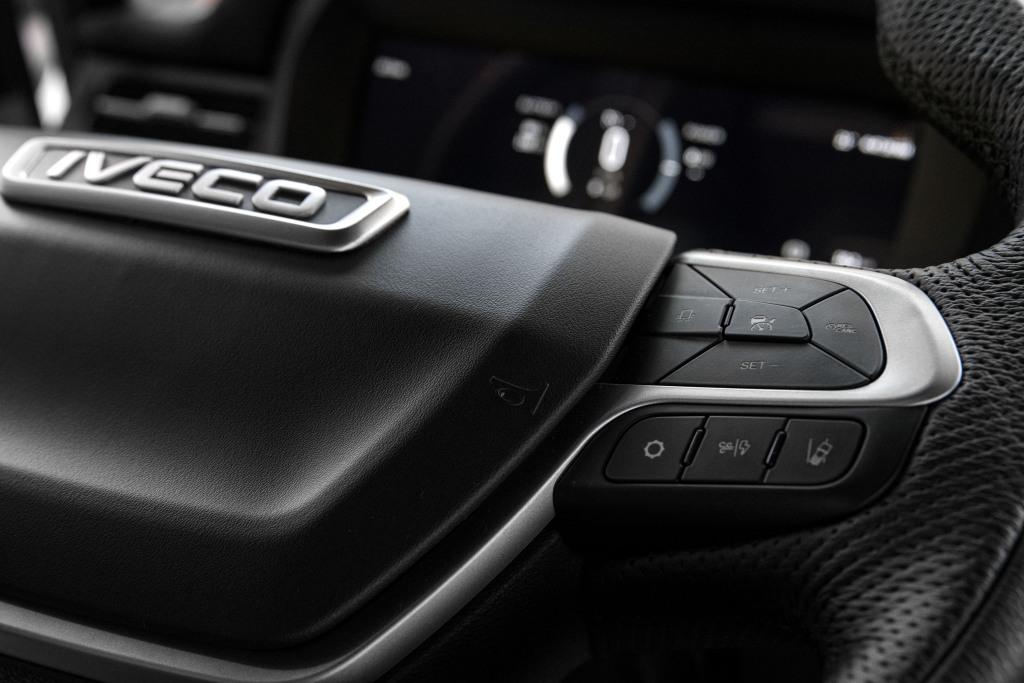
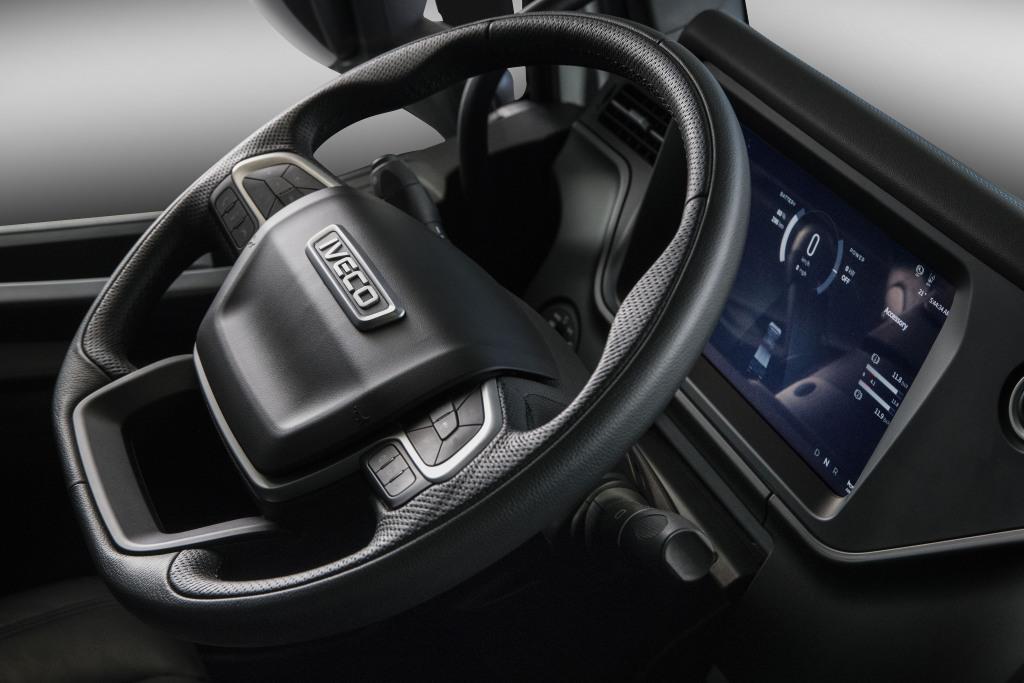
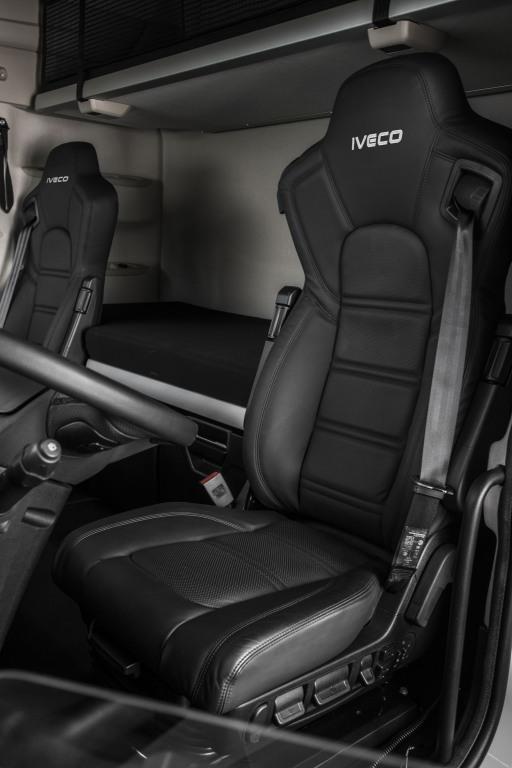
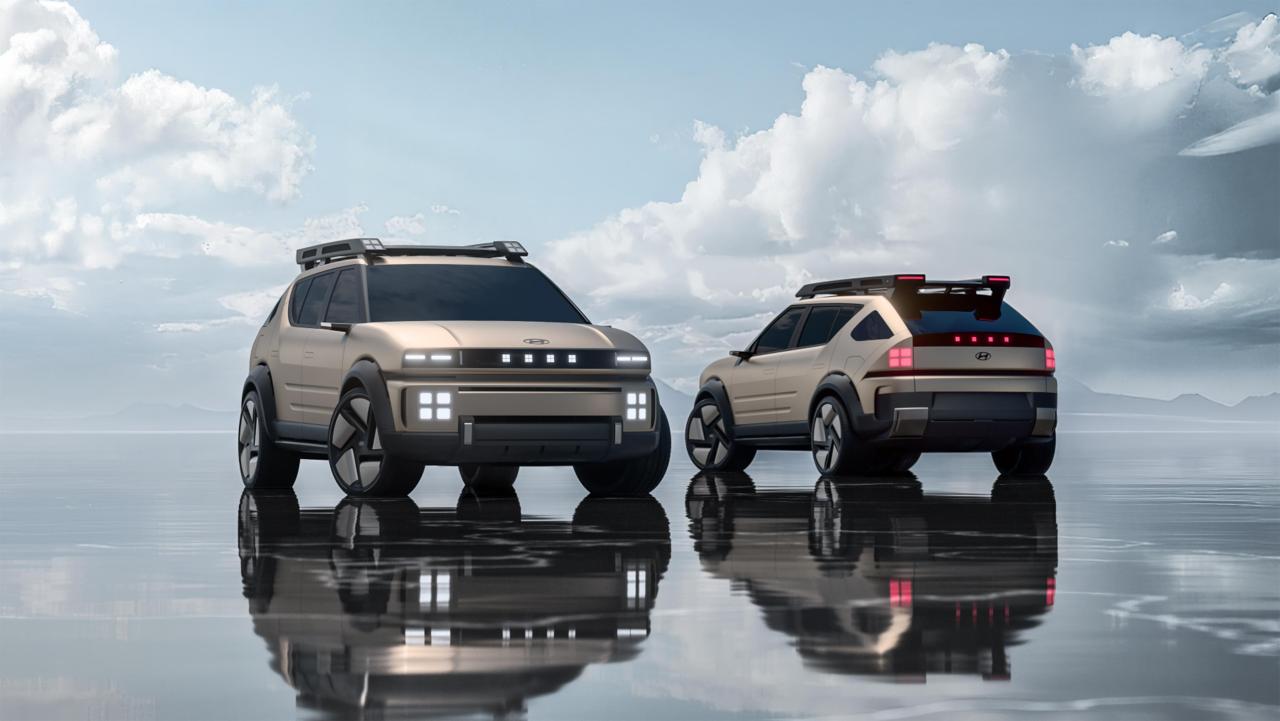
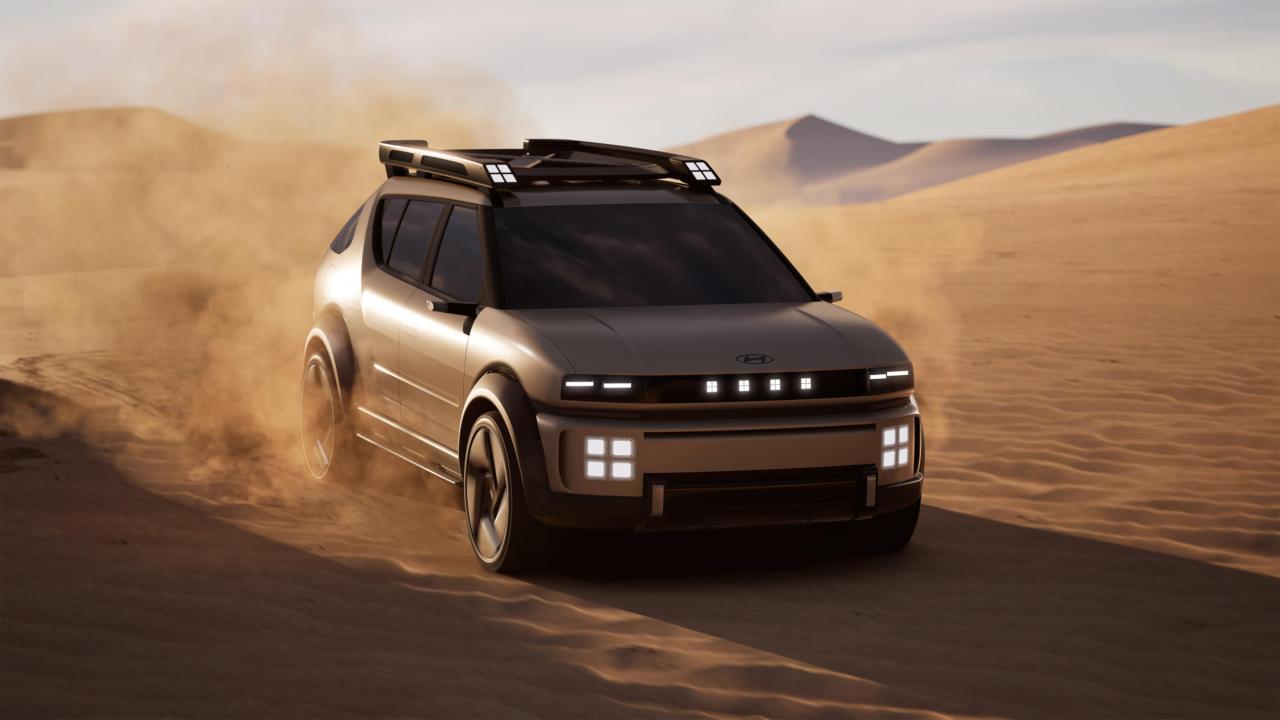
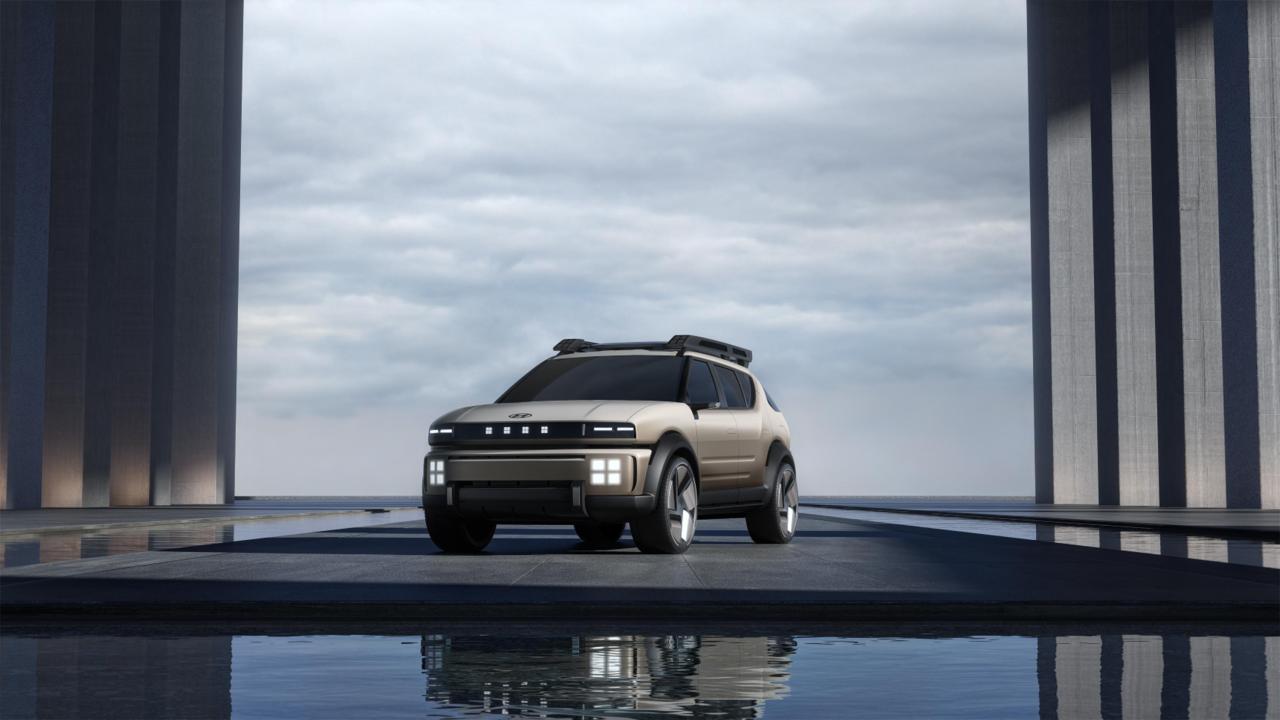
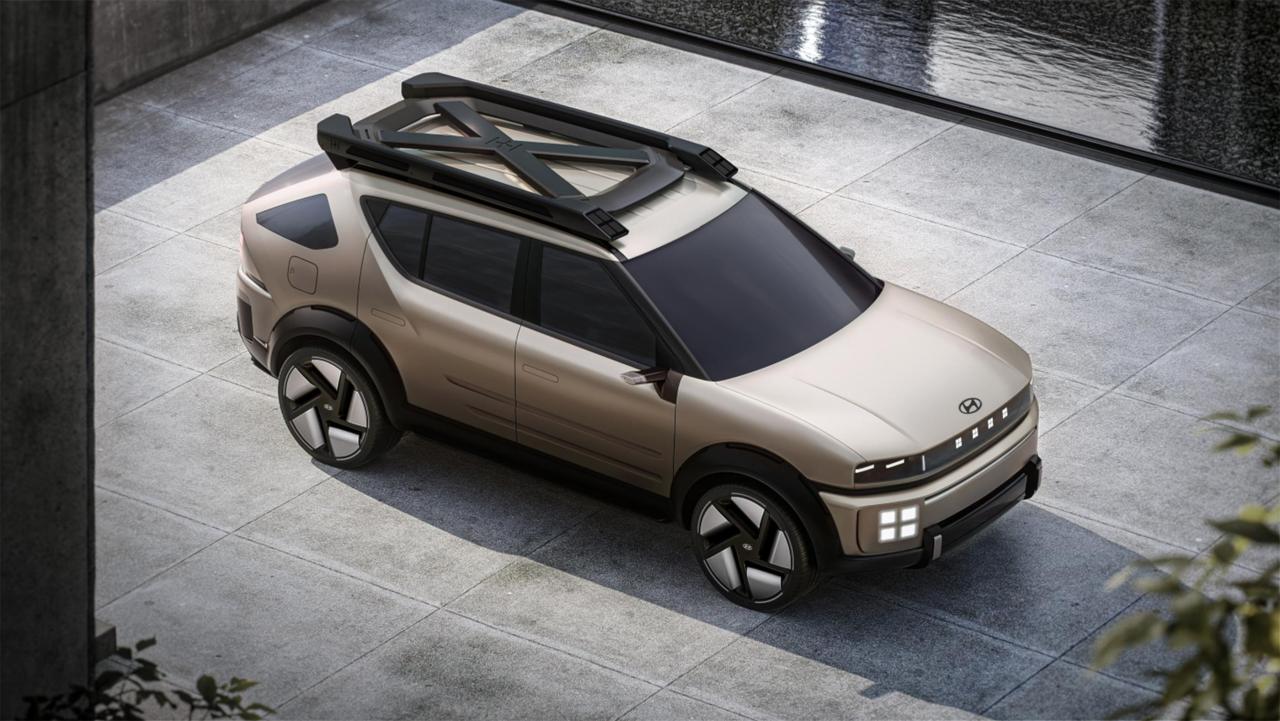
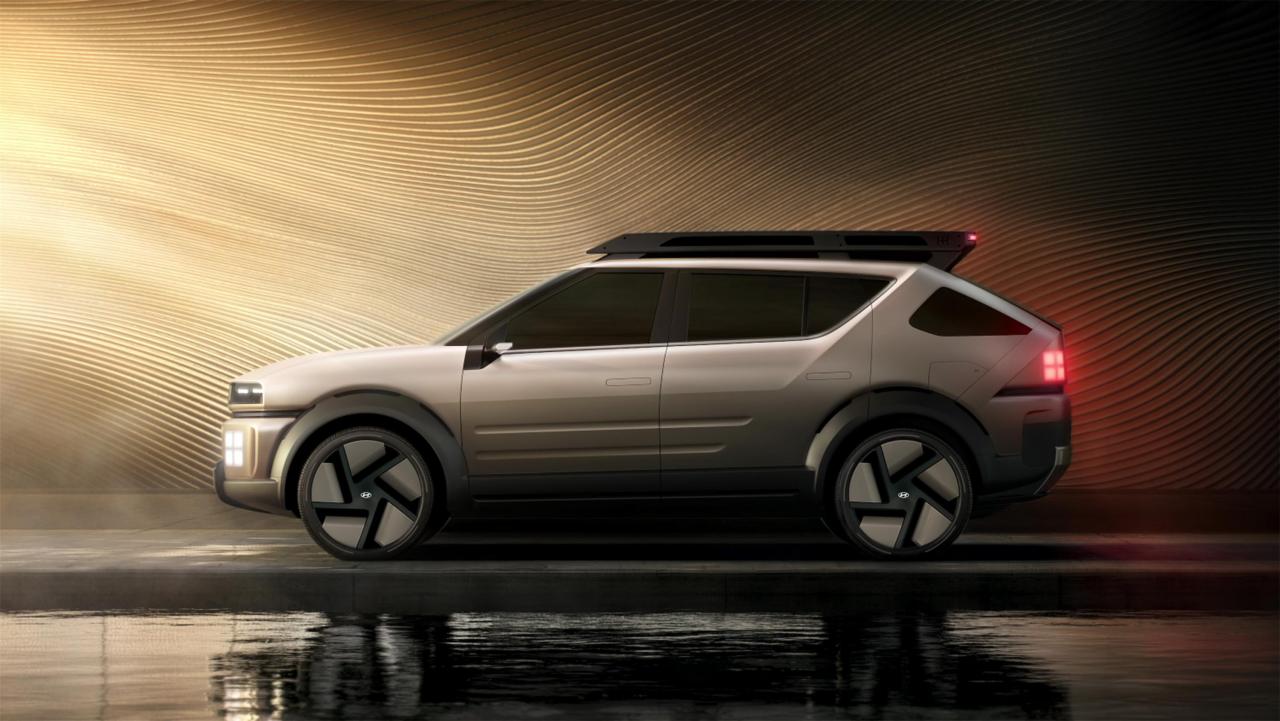

.thumb.jpg.b1fd3d6eb046dc6262d2b5ad0dd67847.jpg)
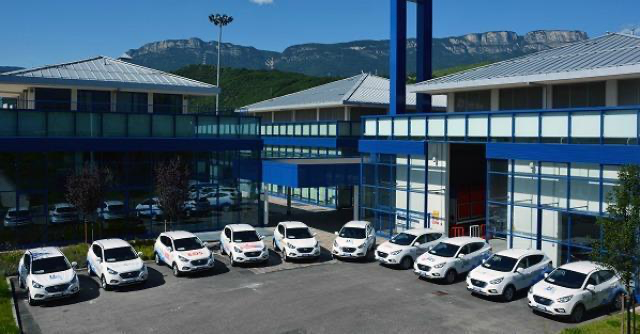
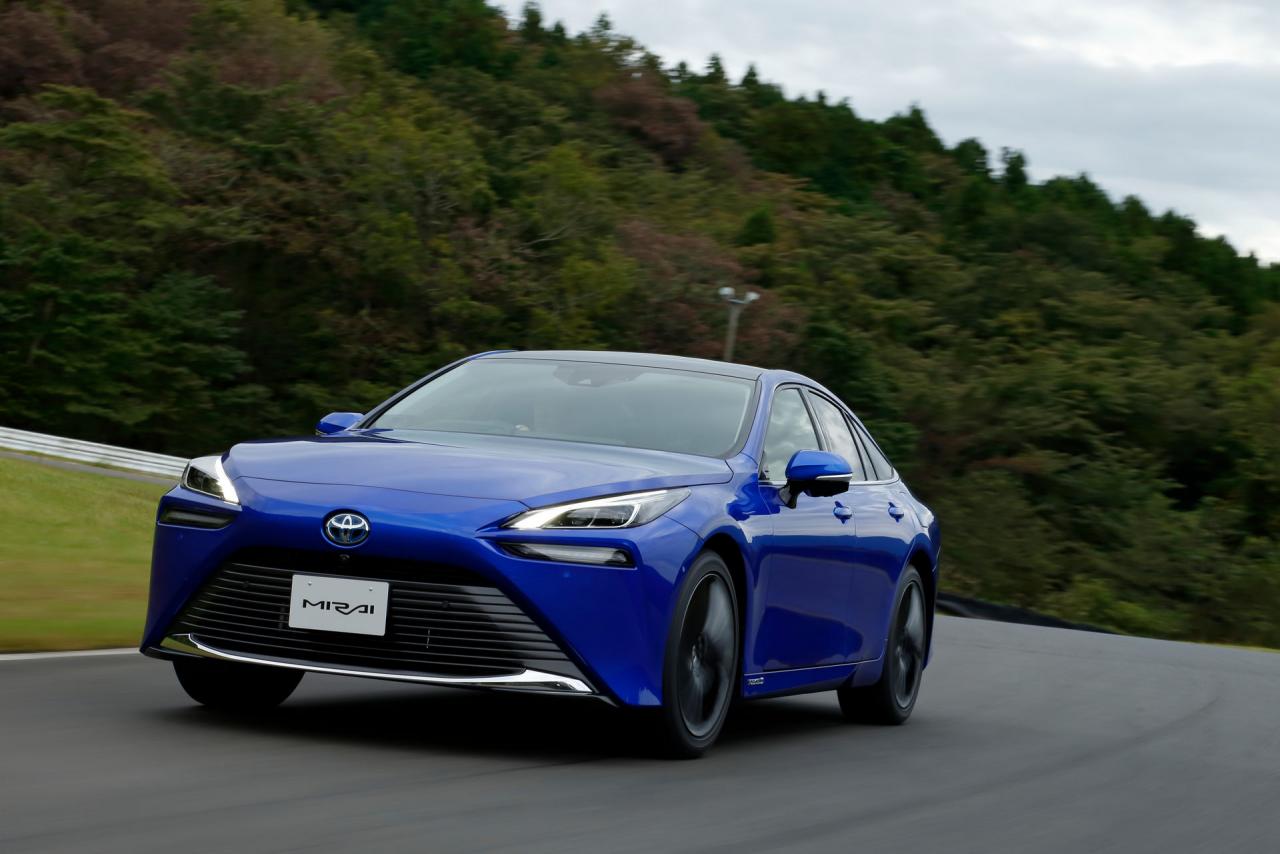
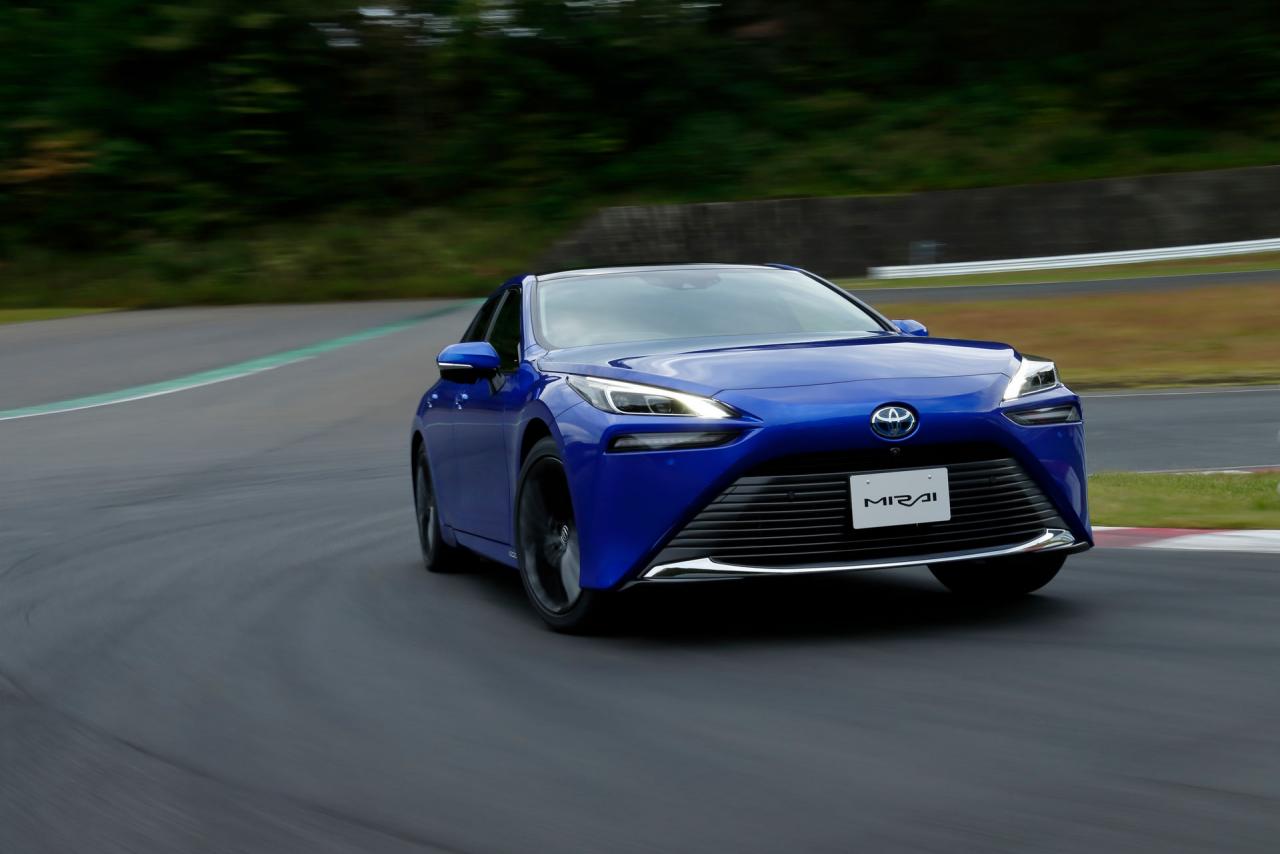
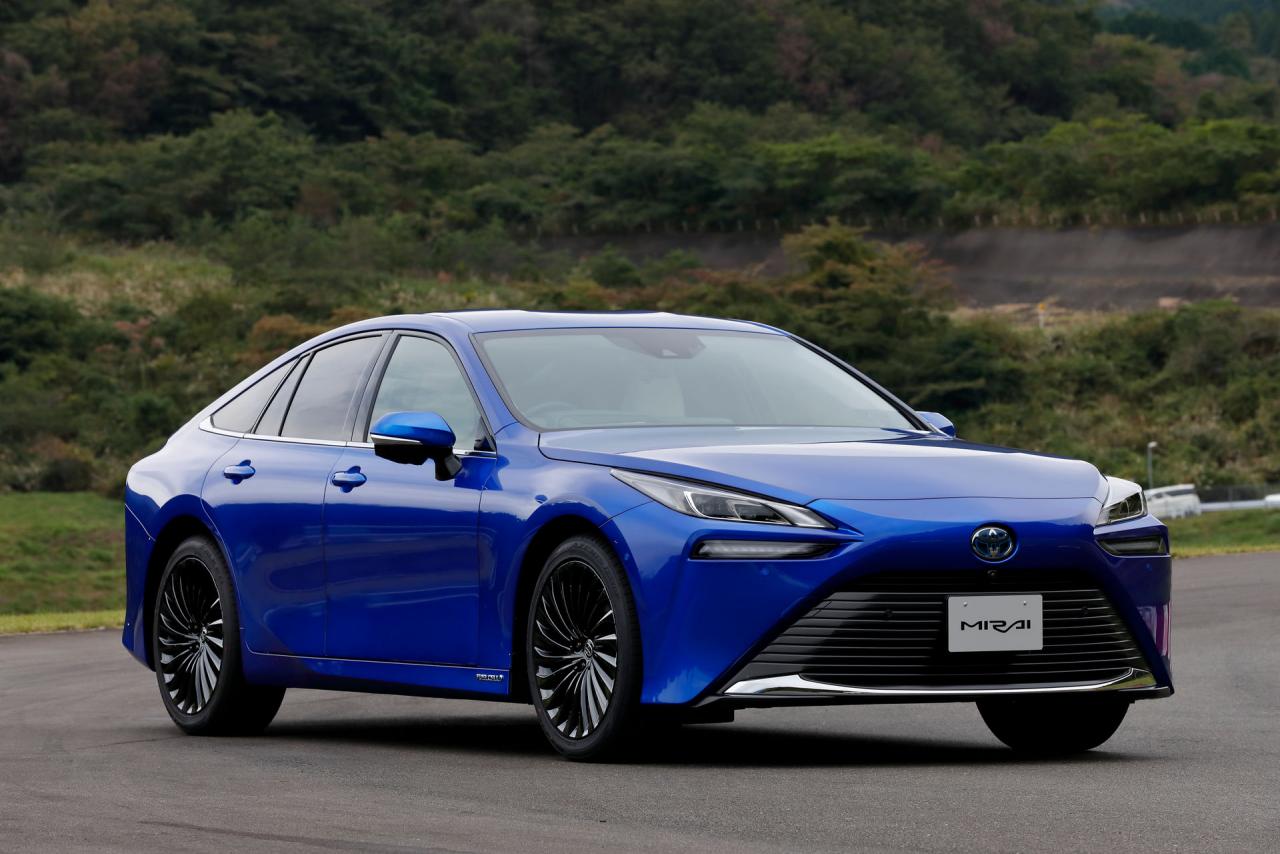
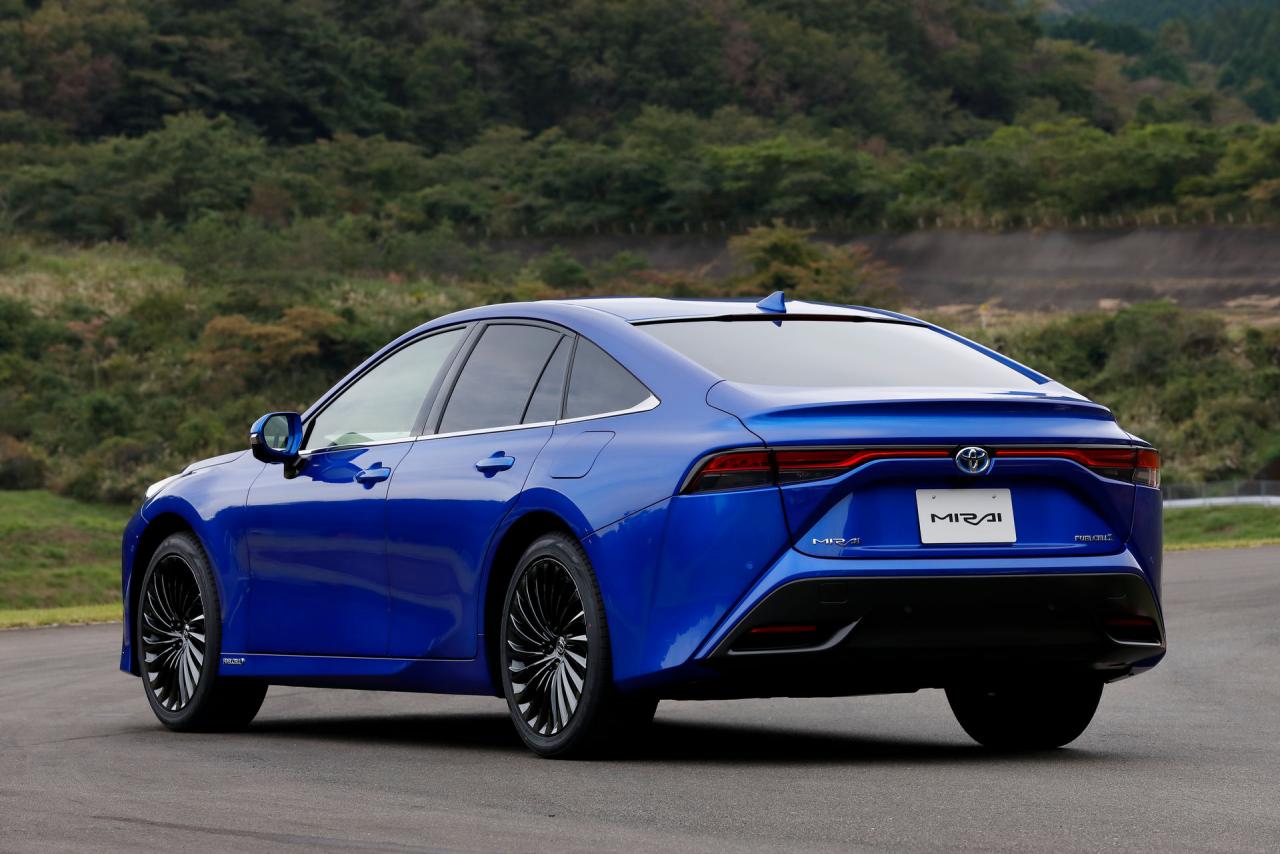
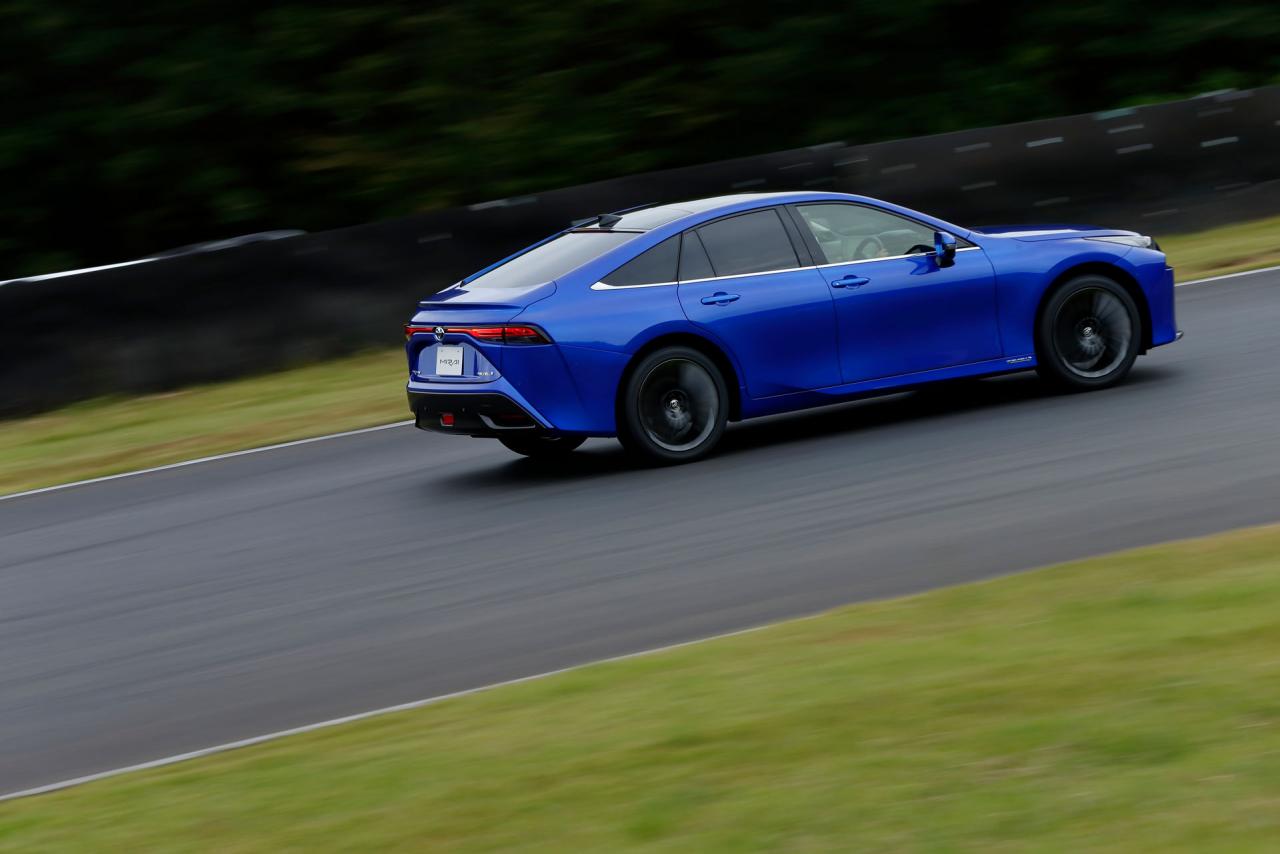

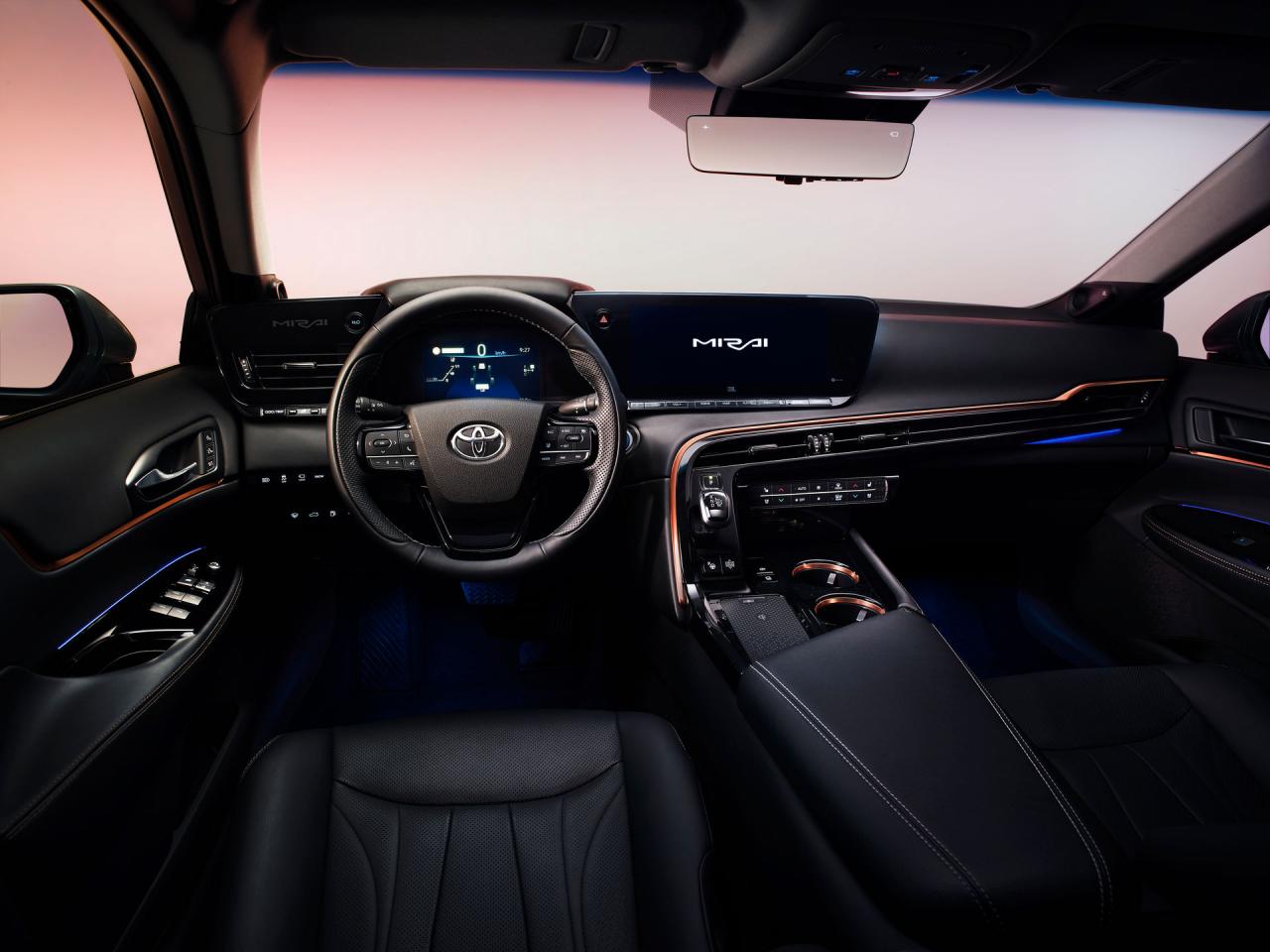

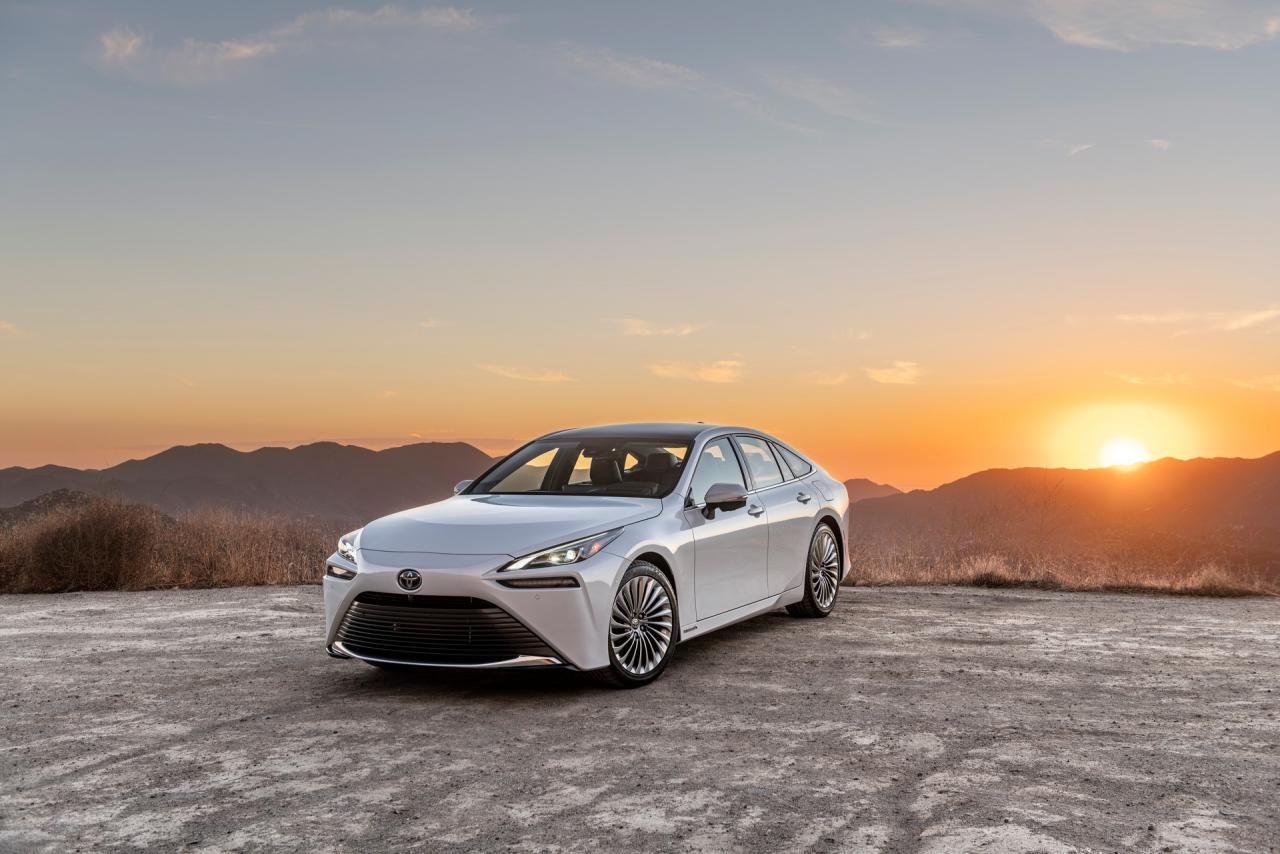
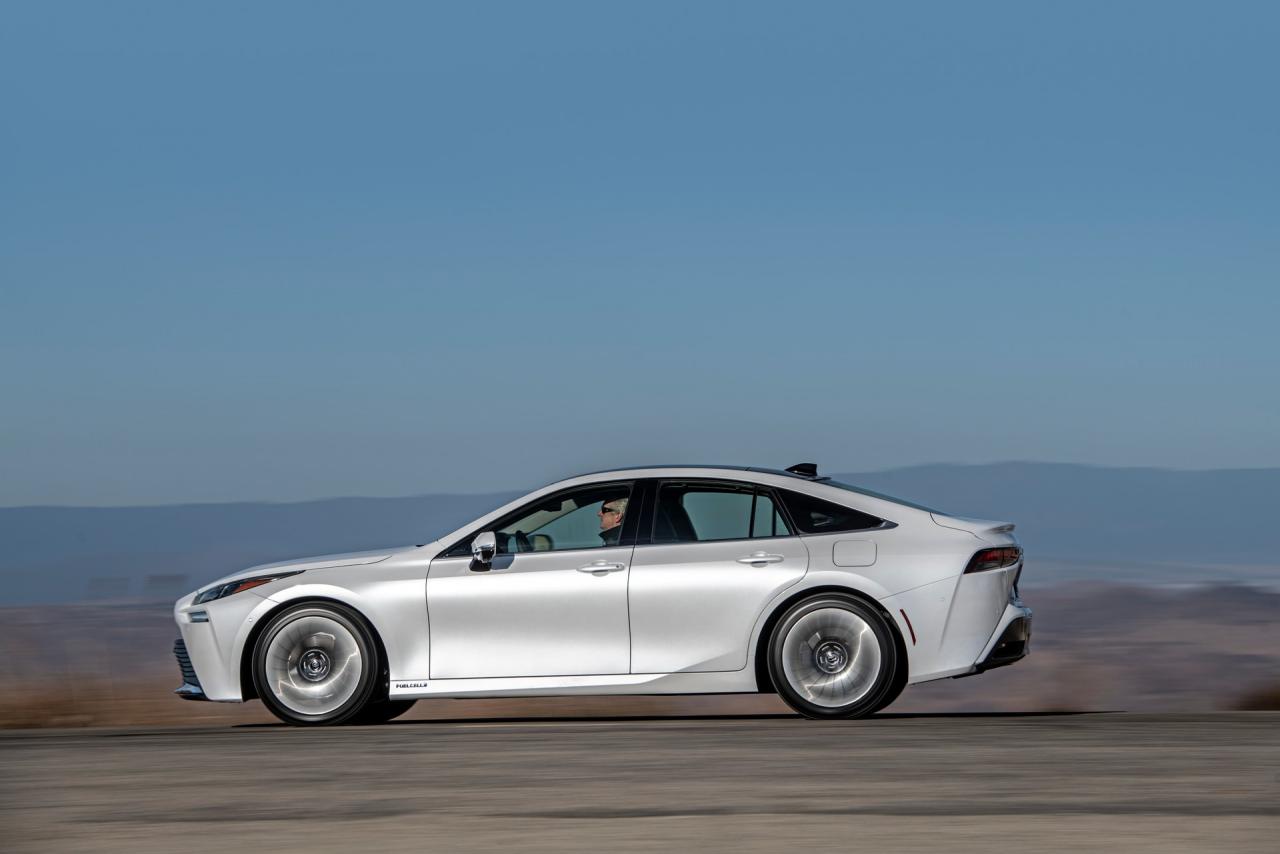

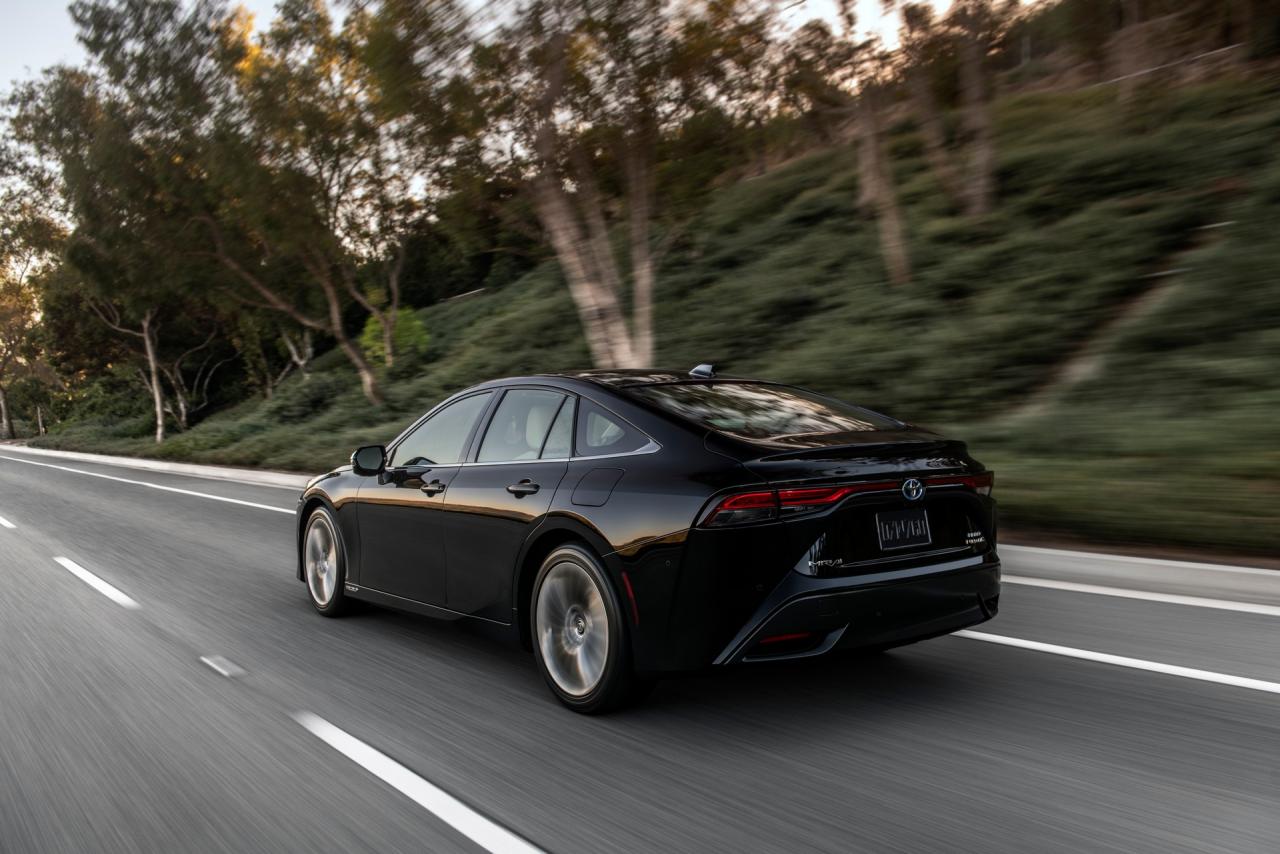

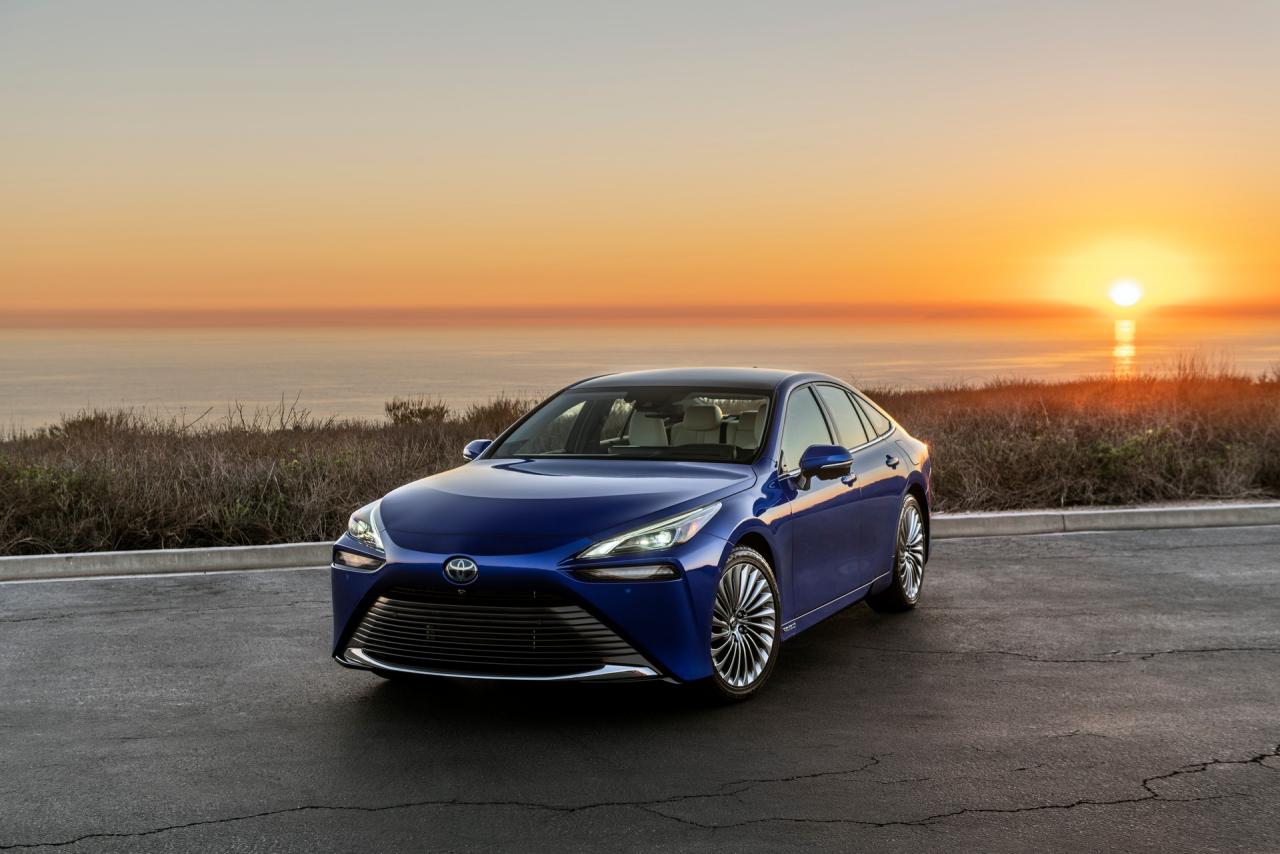

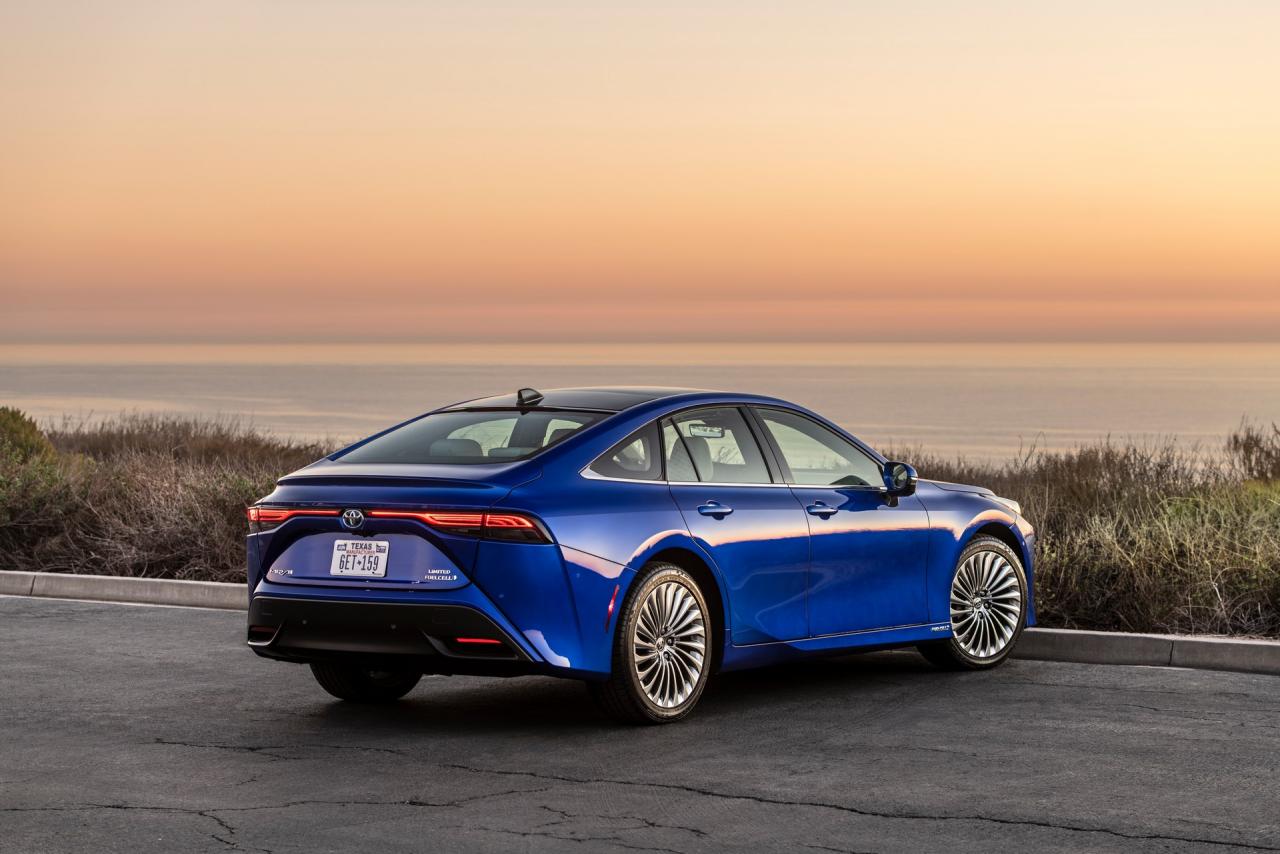

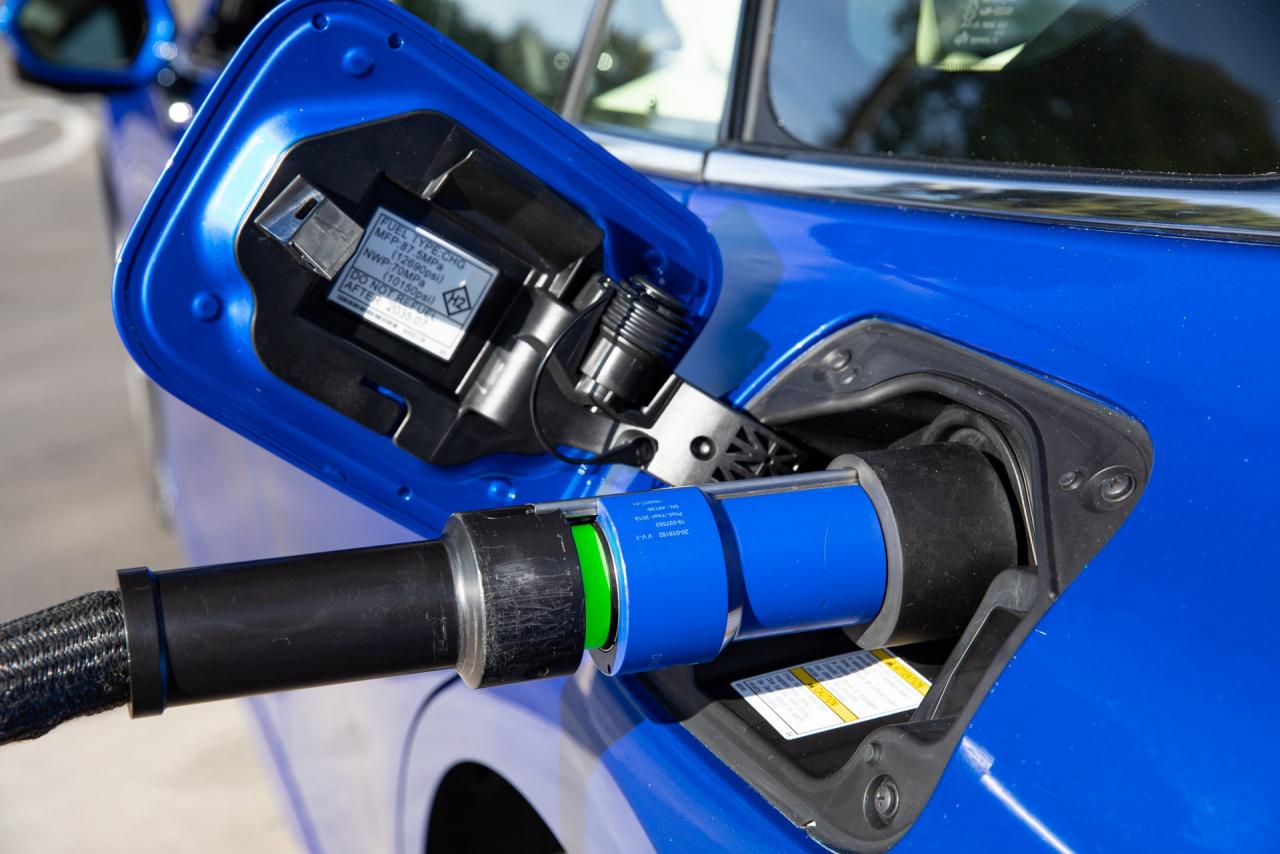

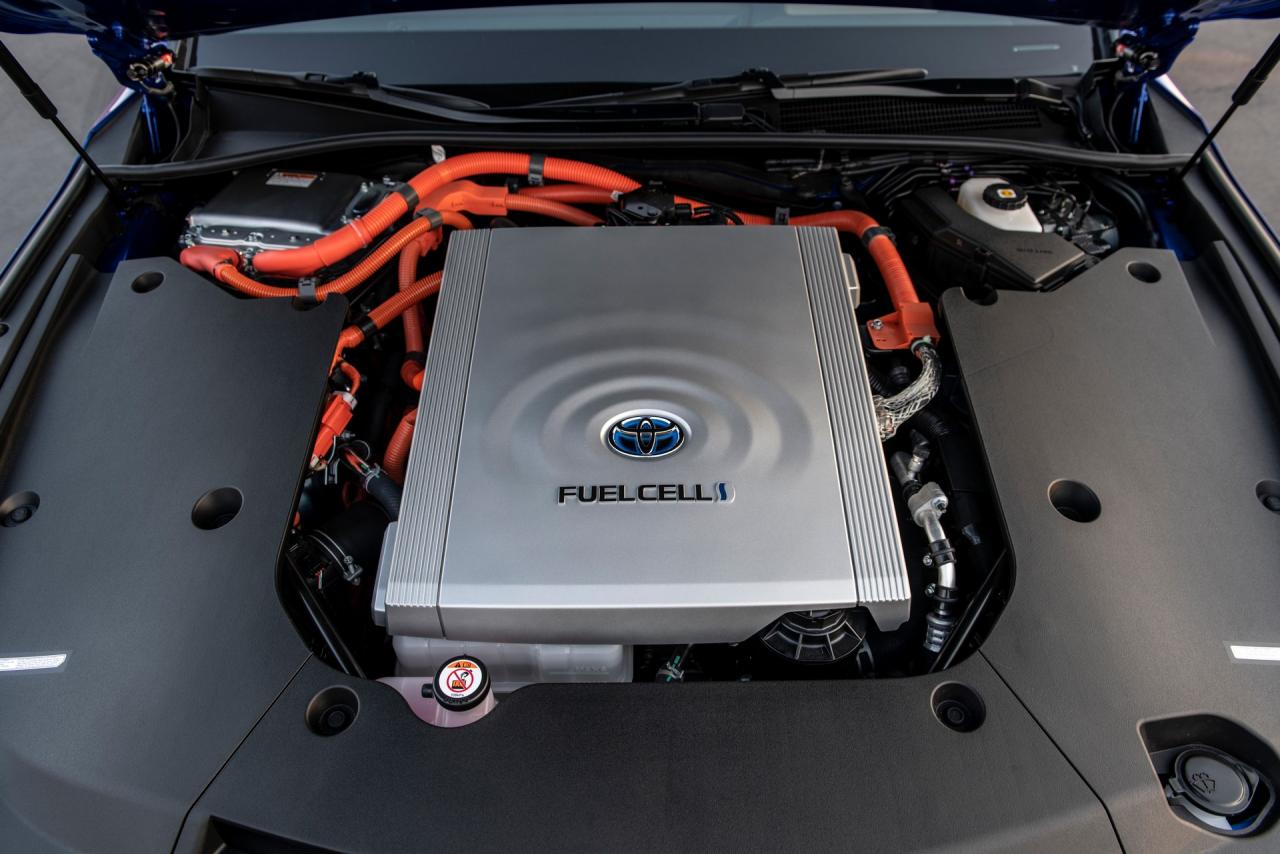
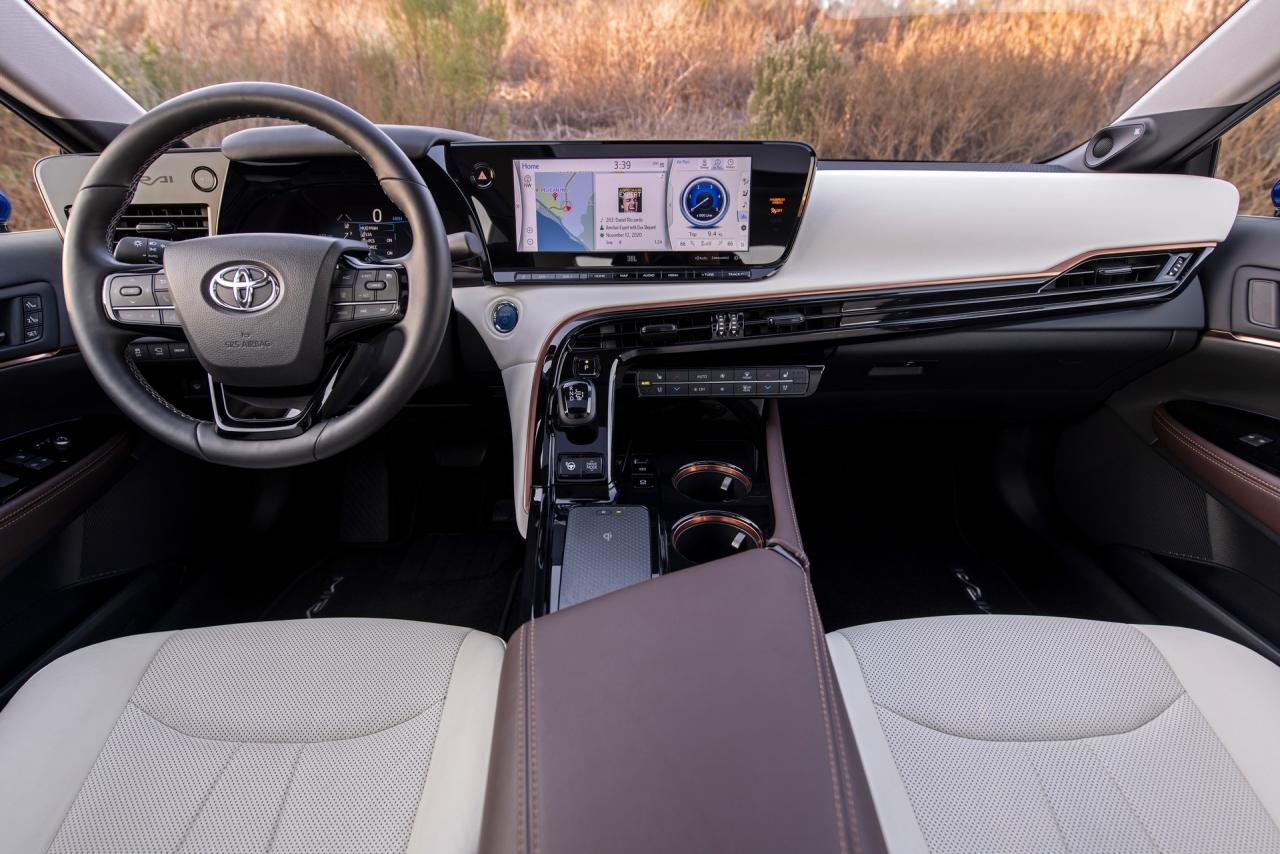
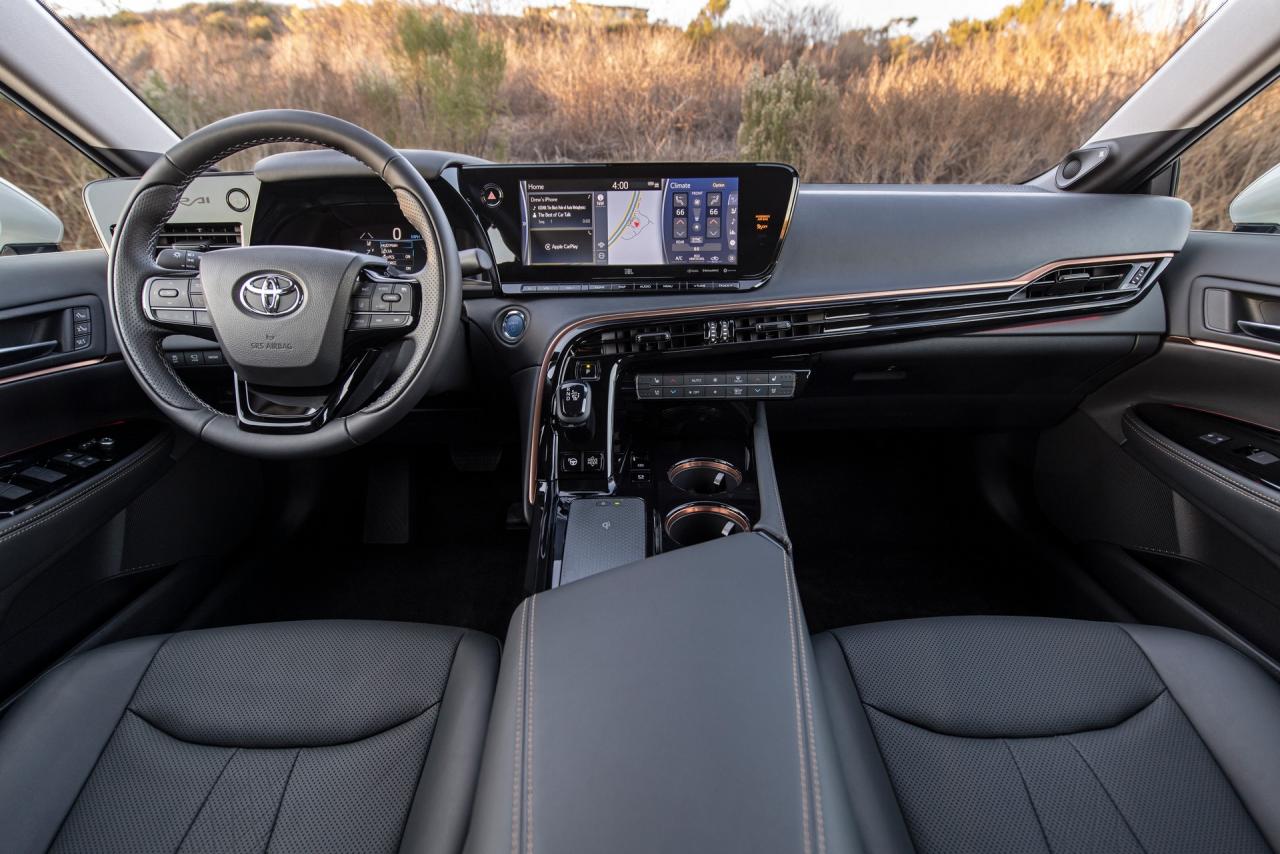
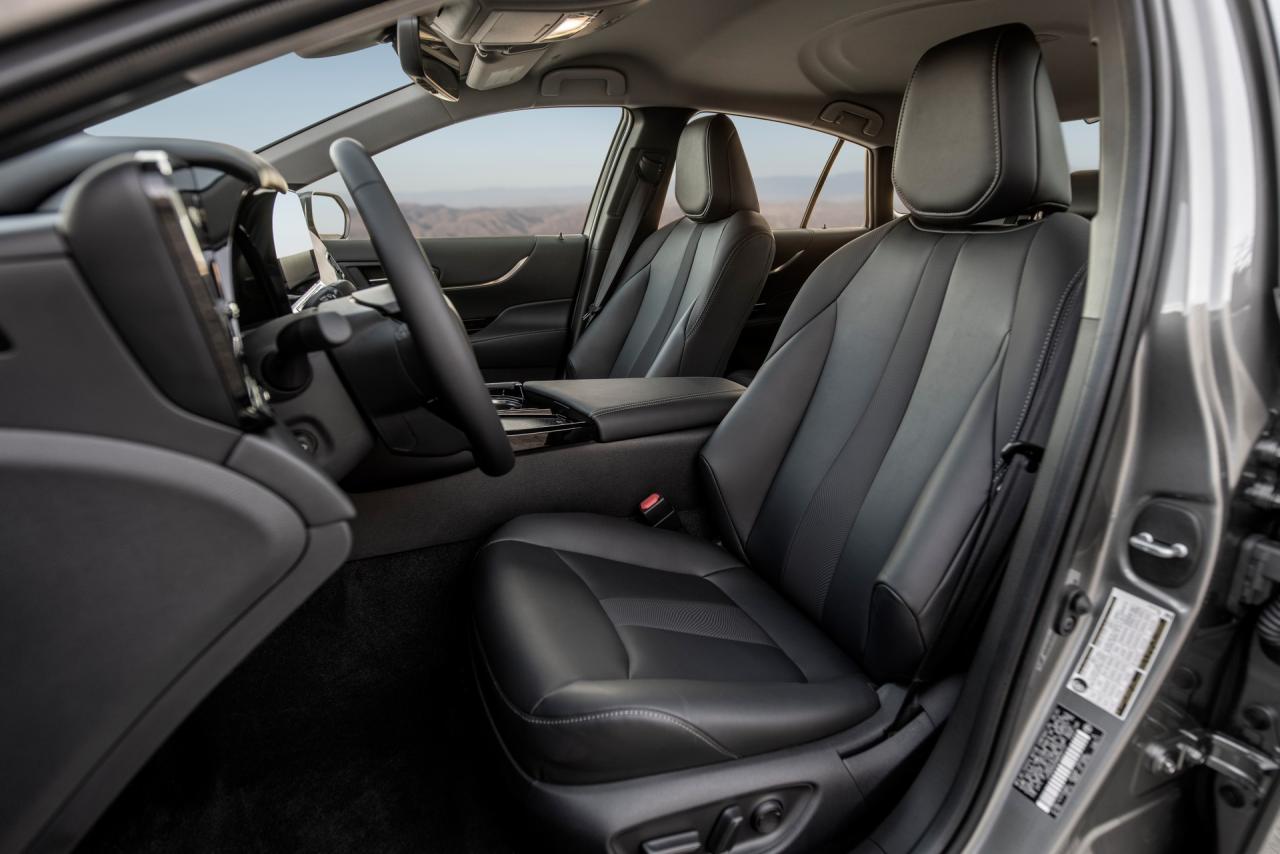

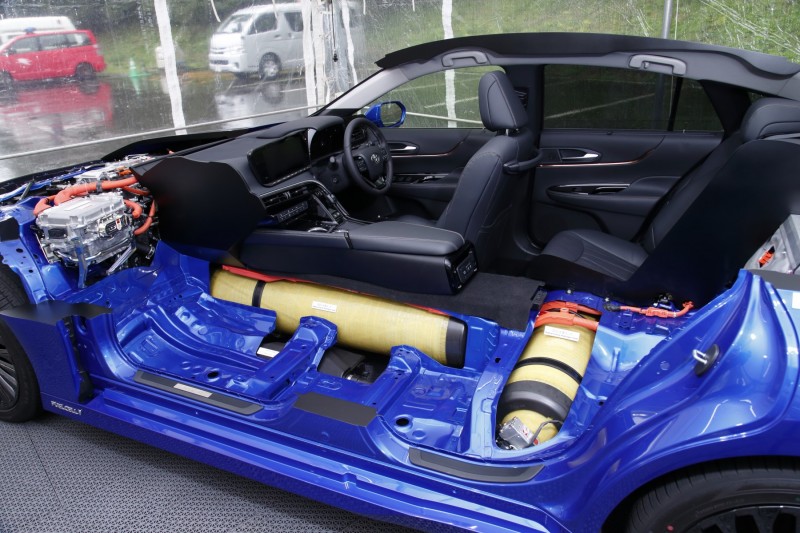
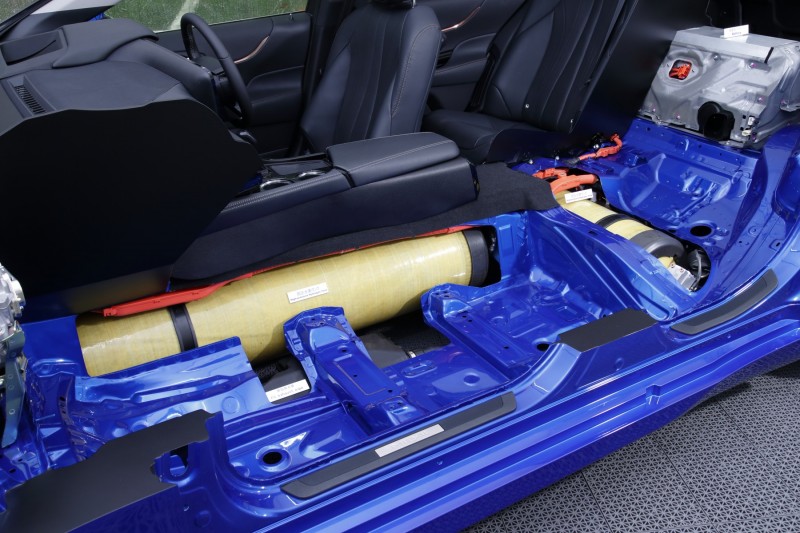
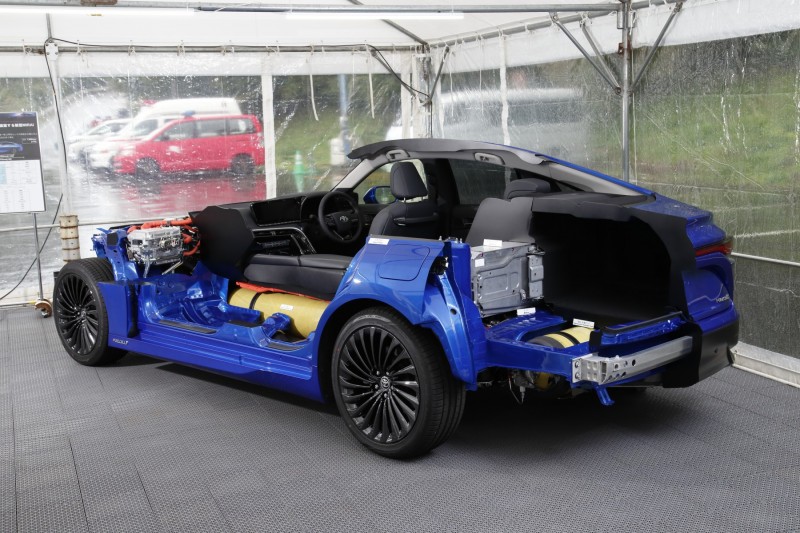
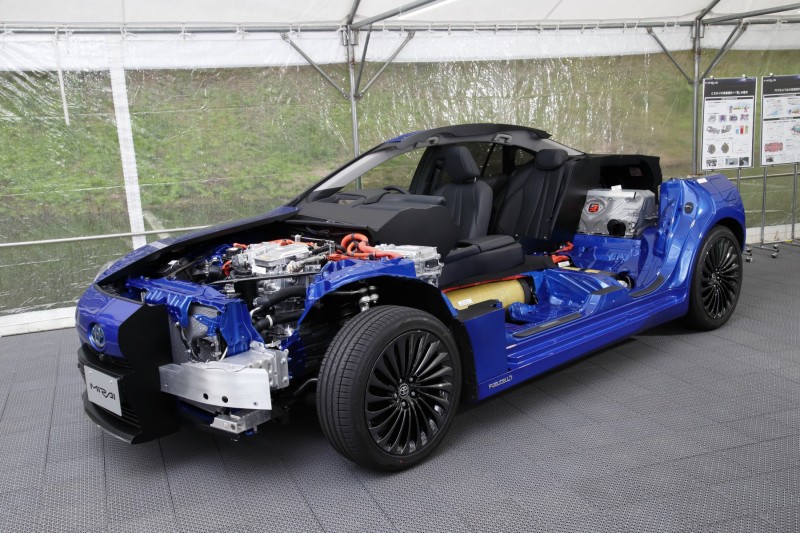
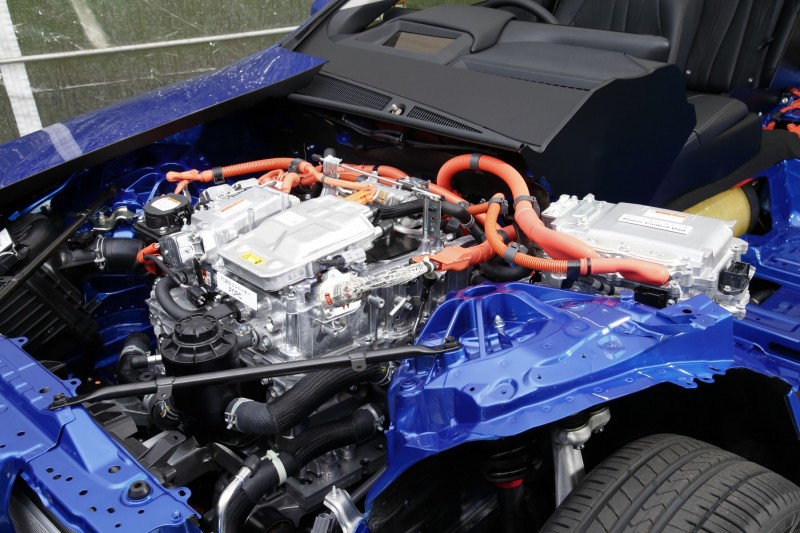
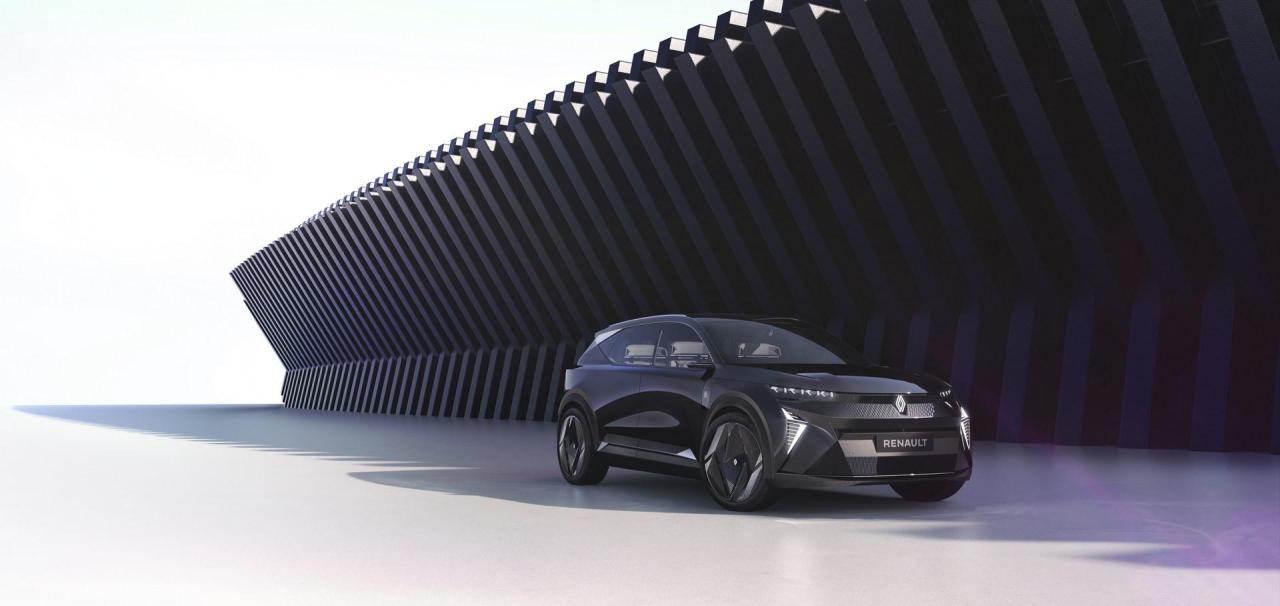
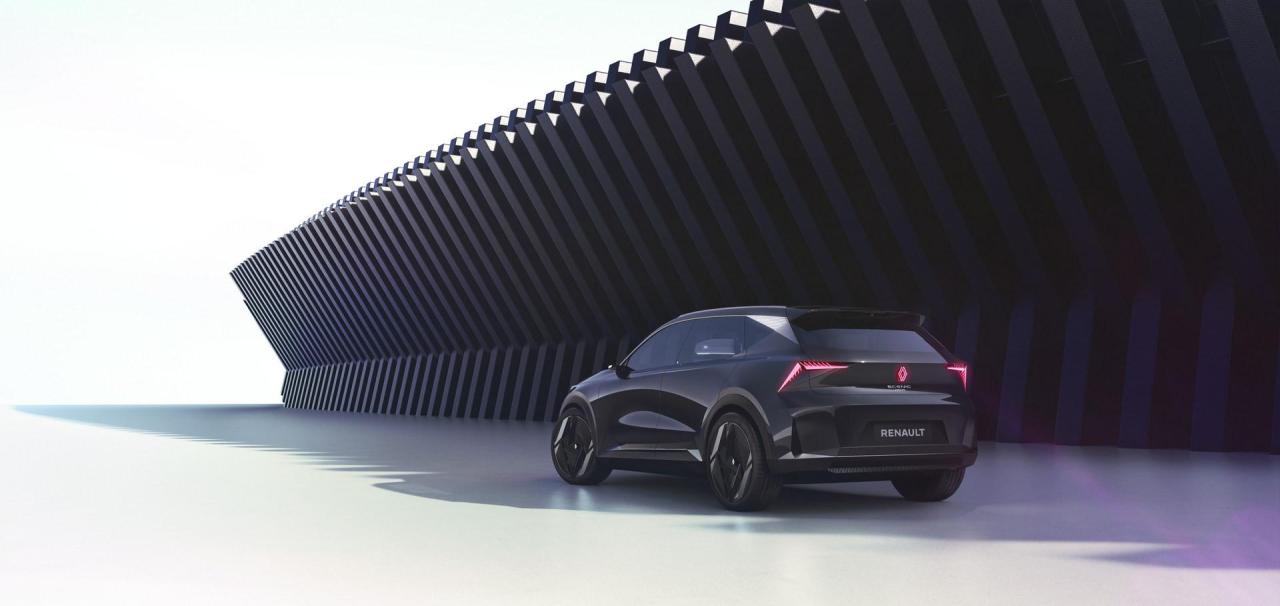
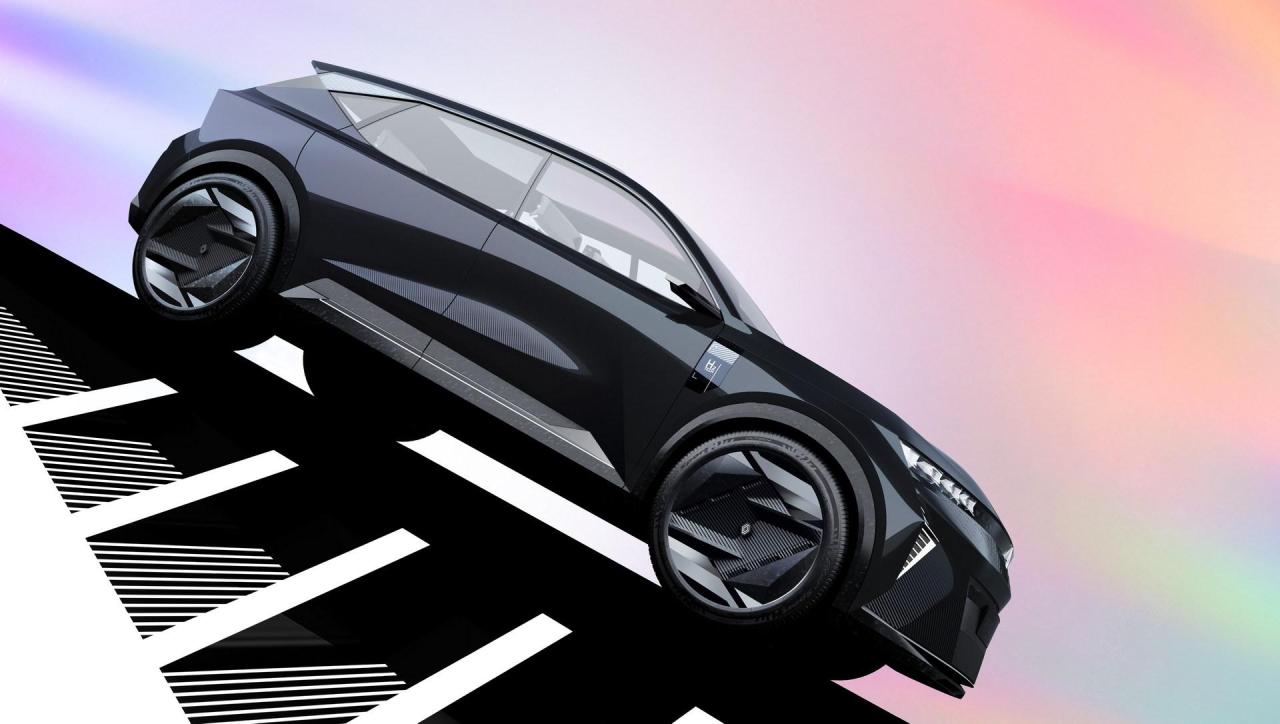
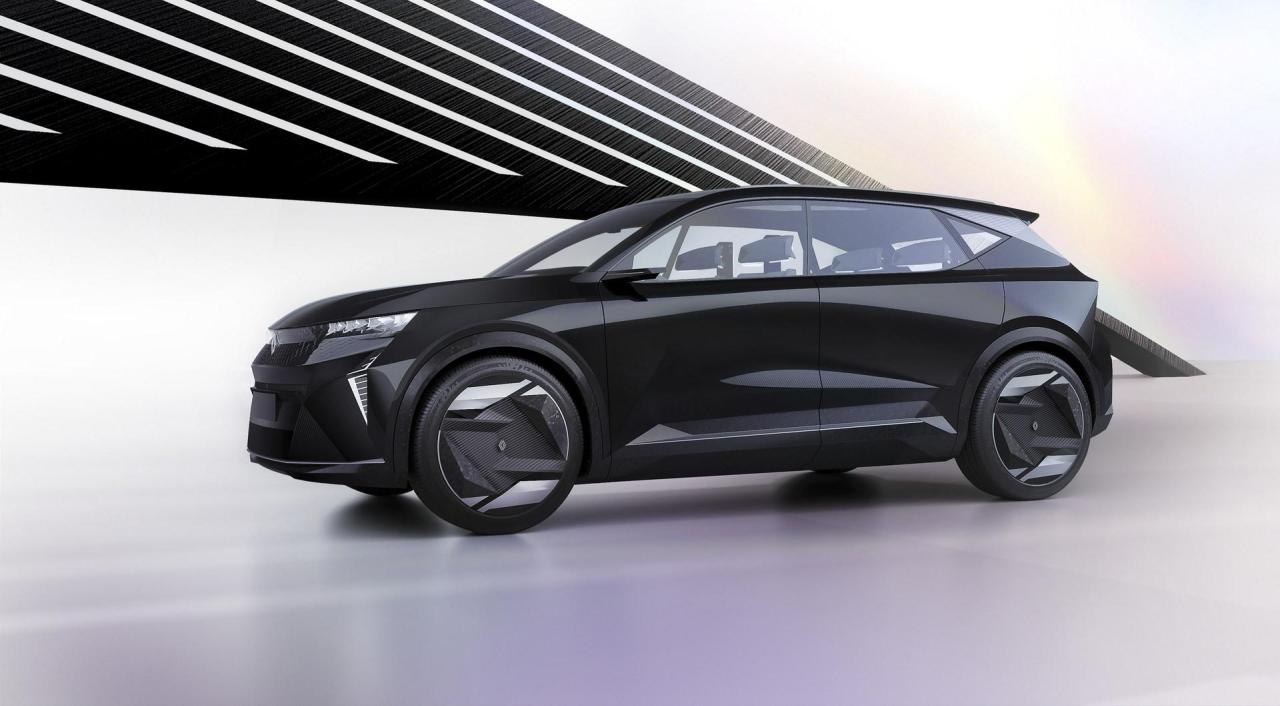
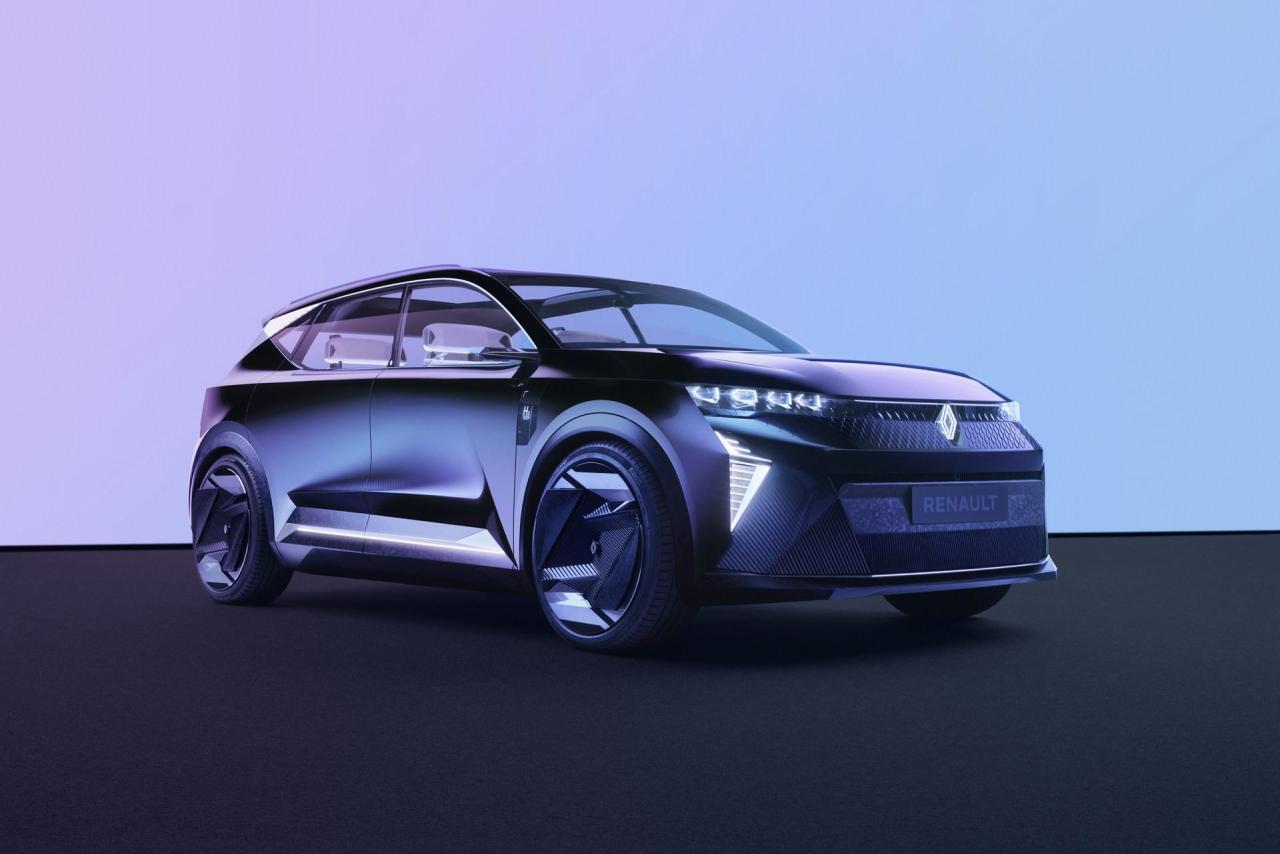
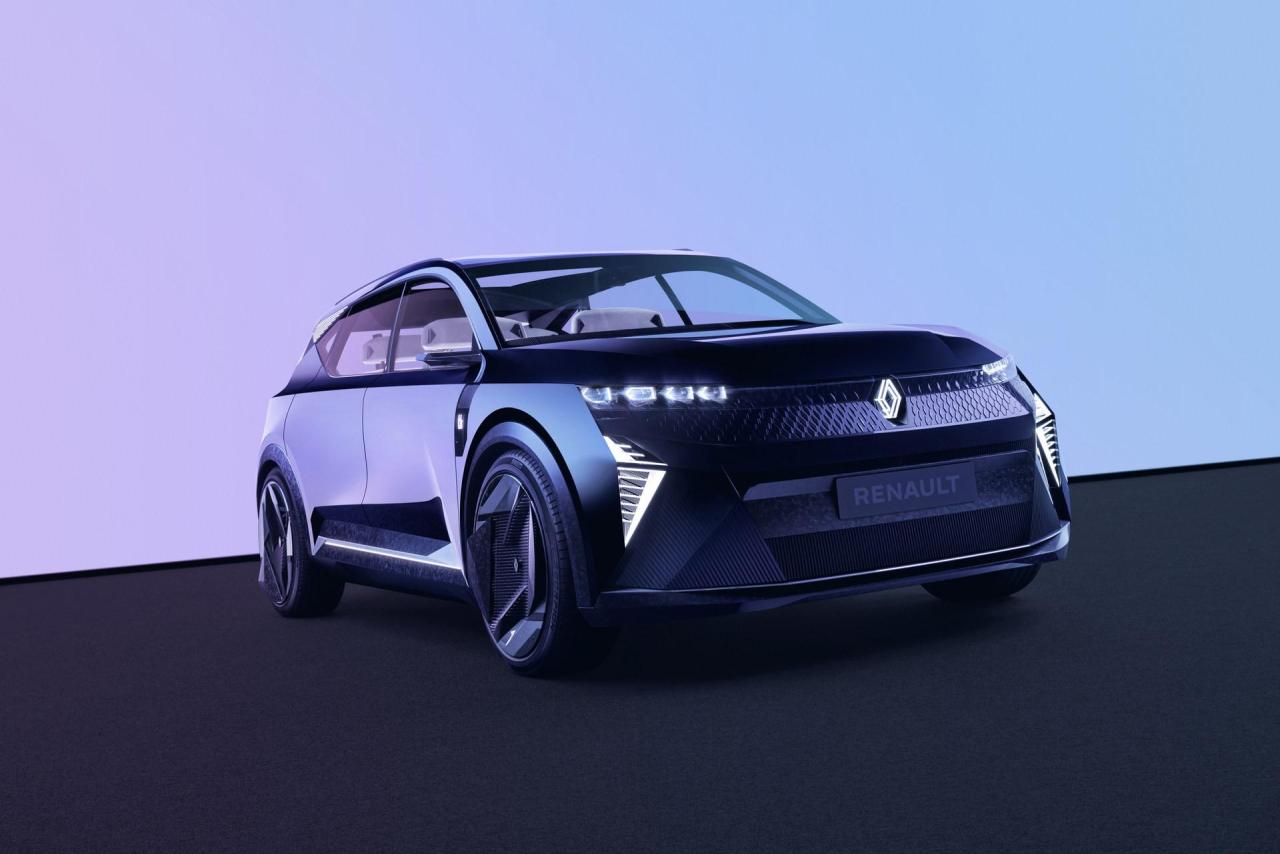
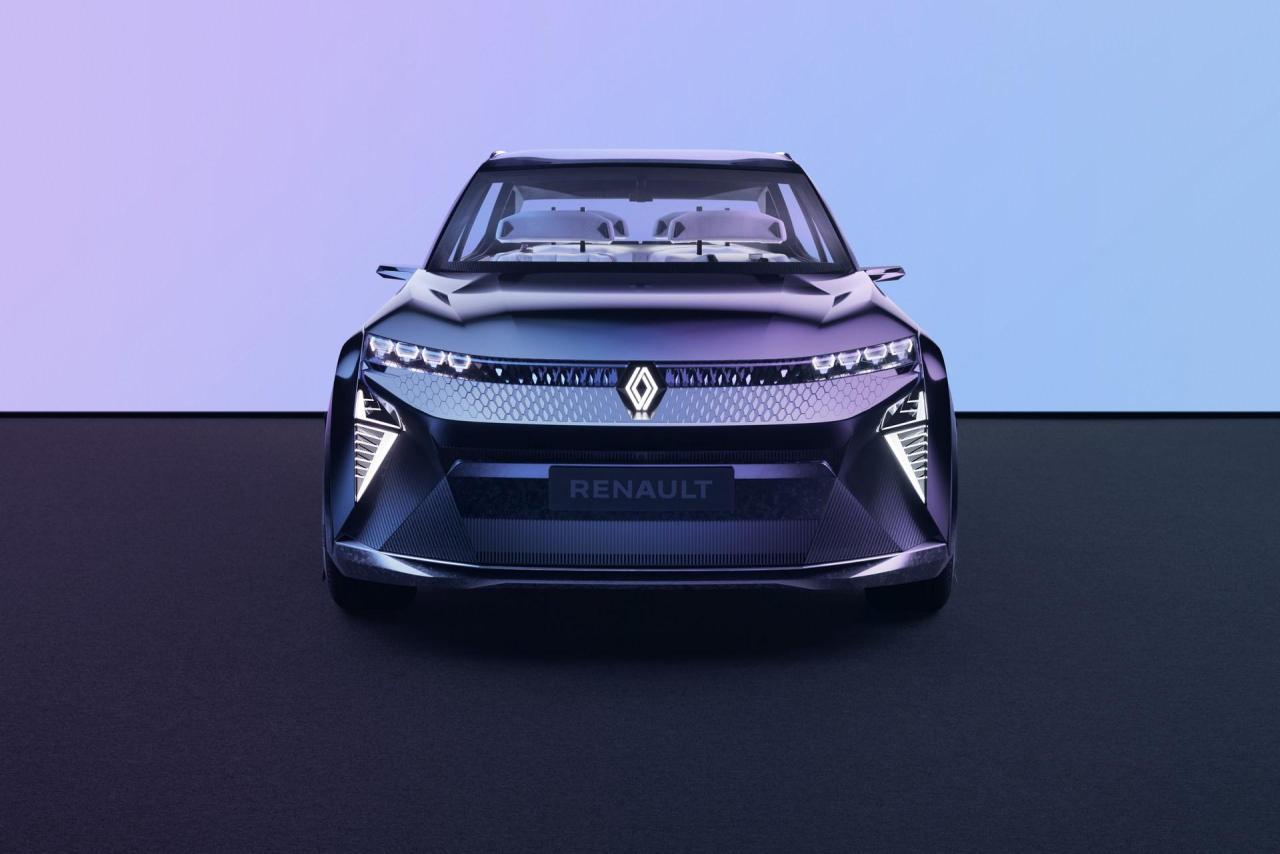
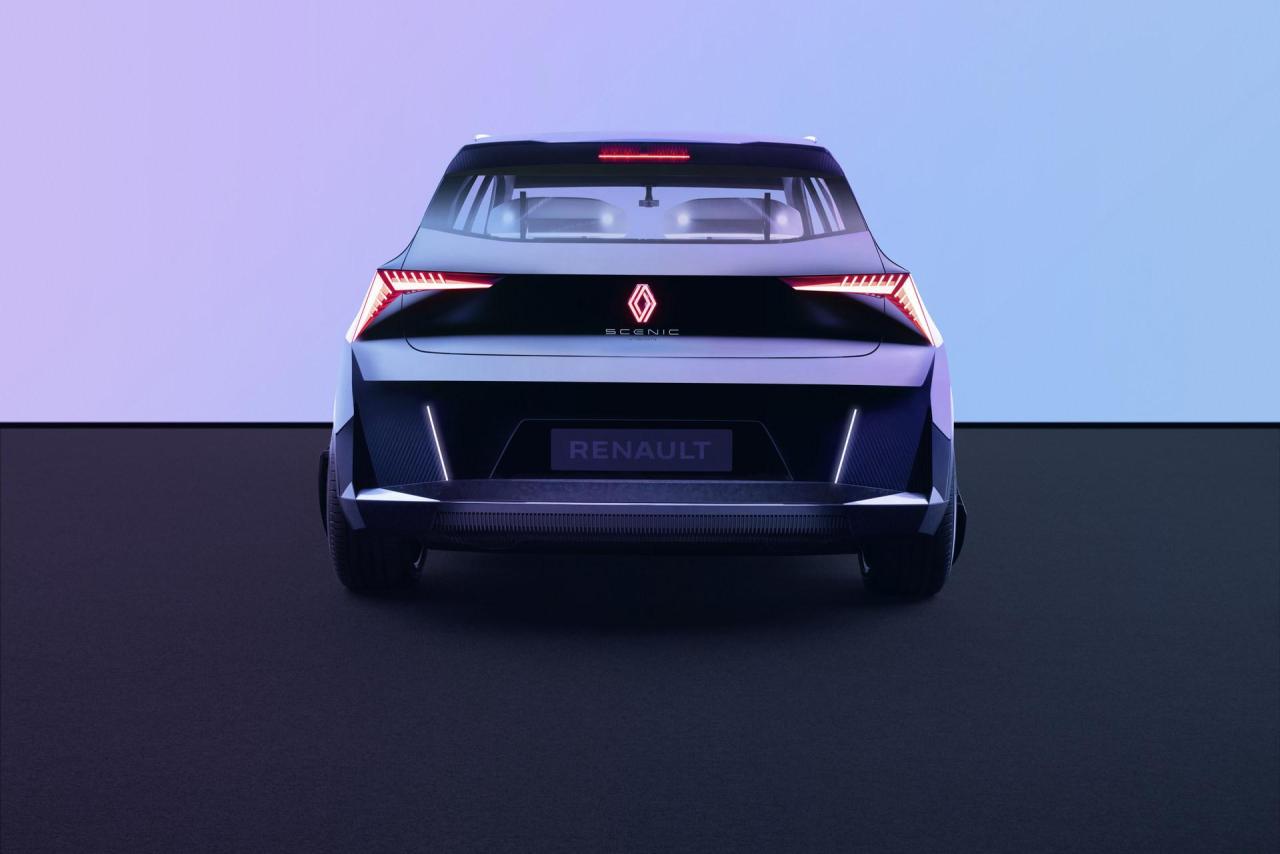
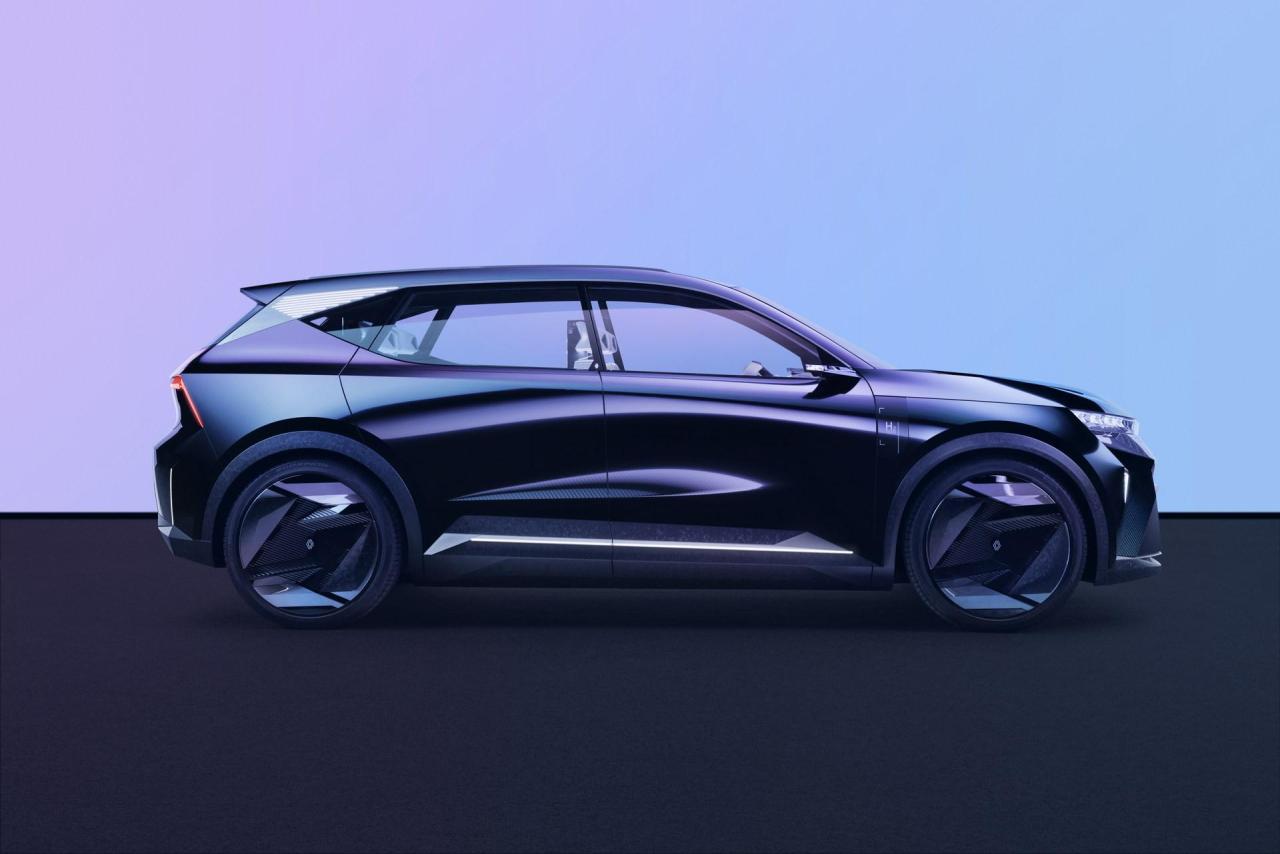
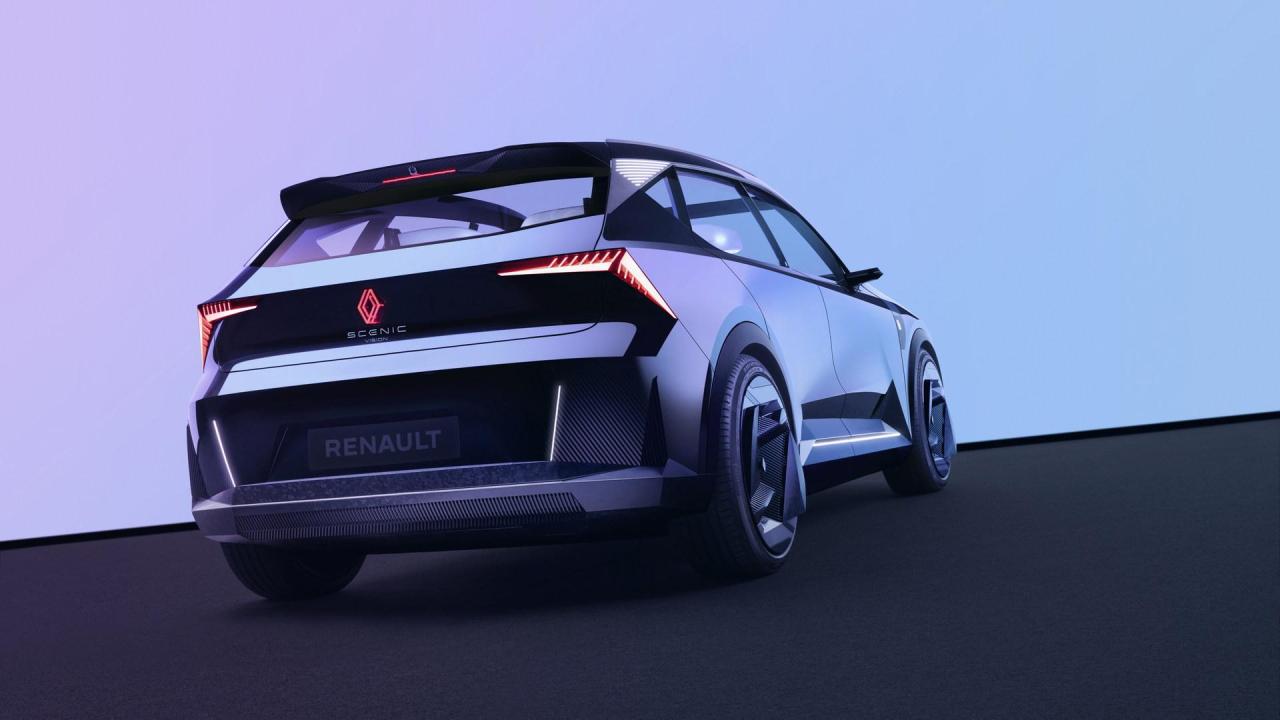
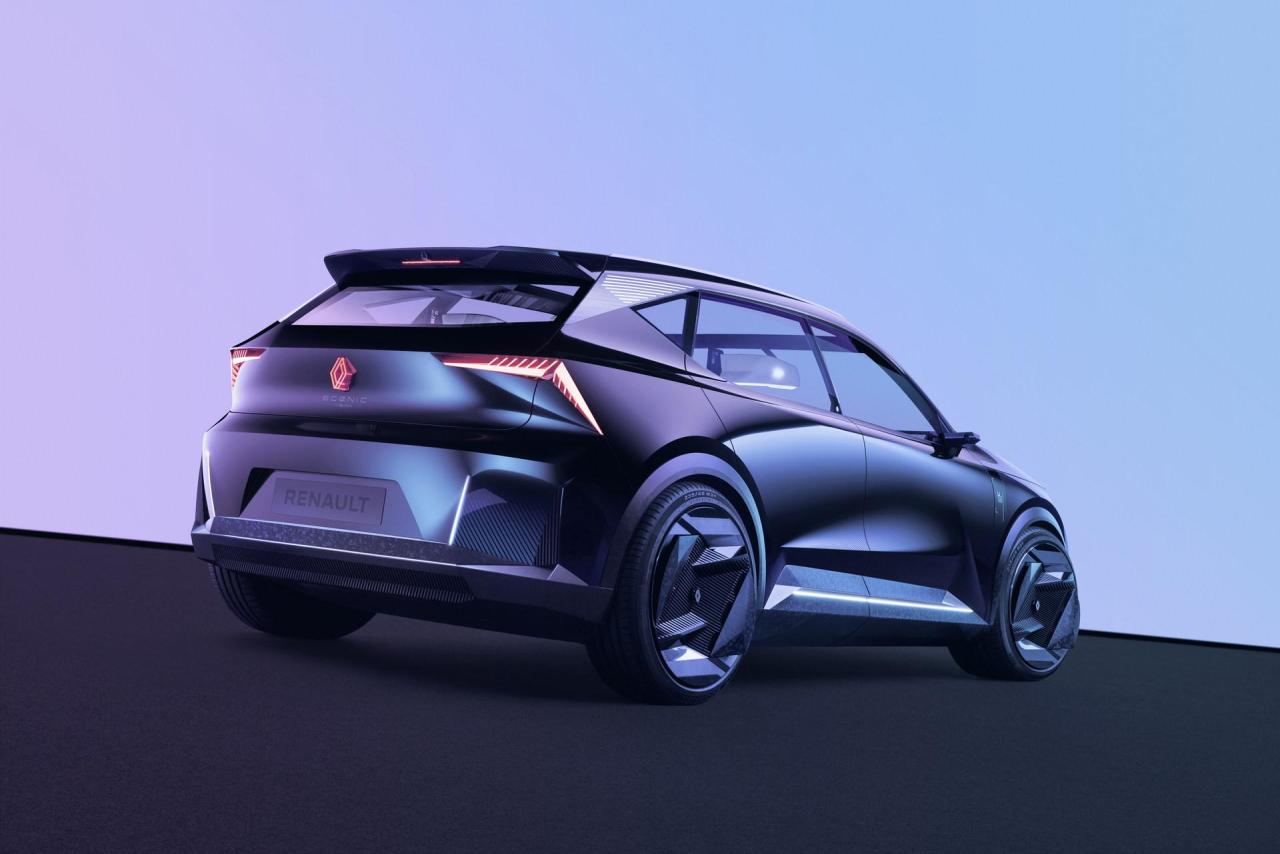
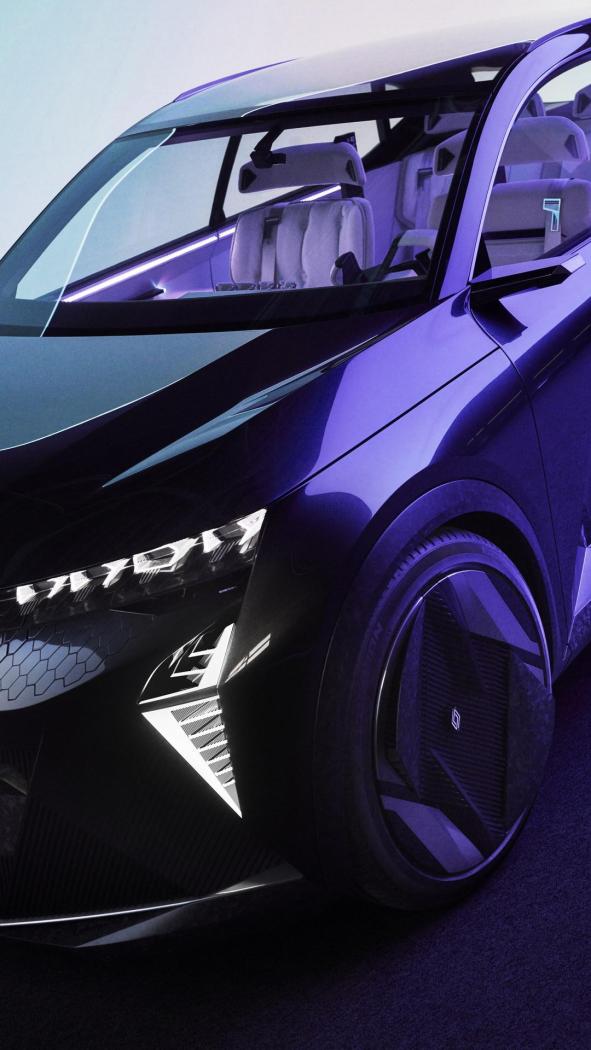
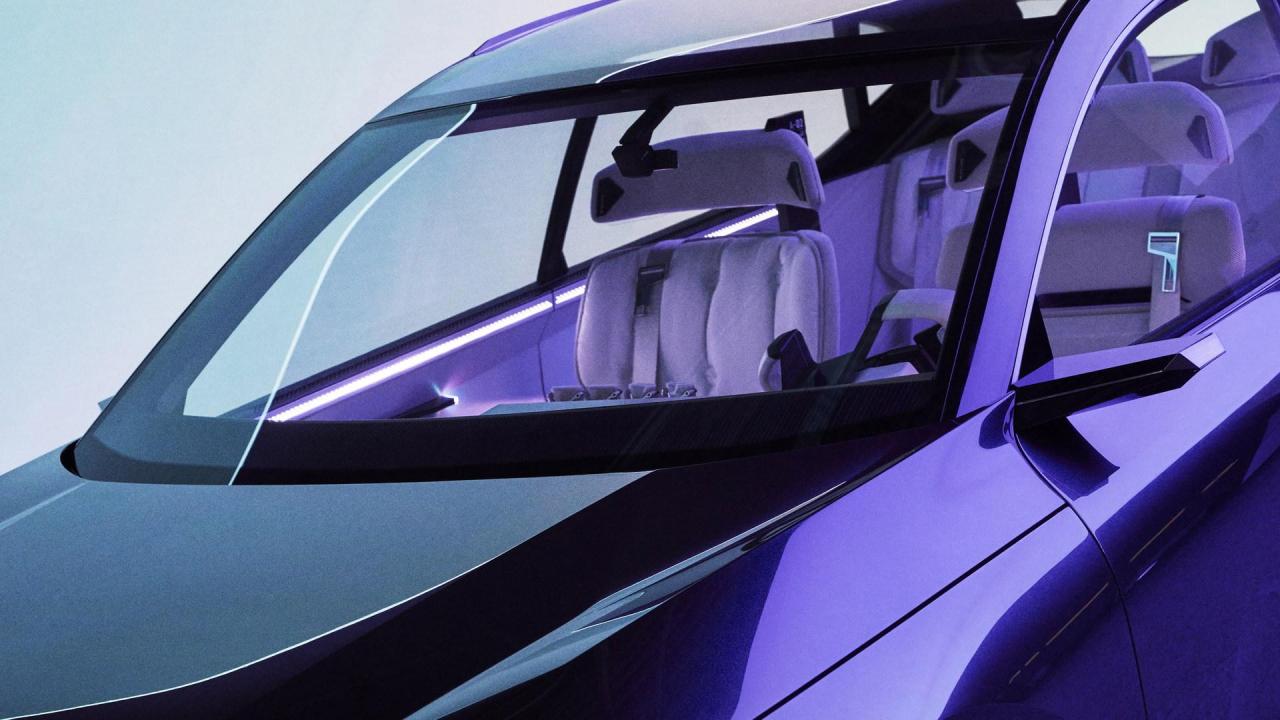
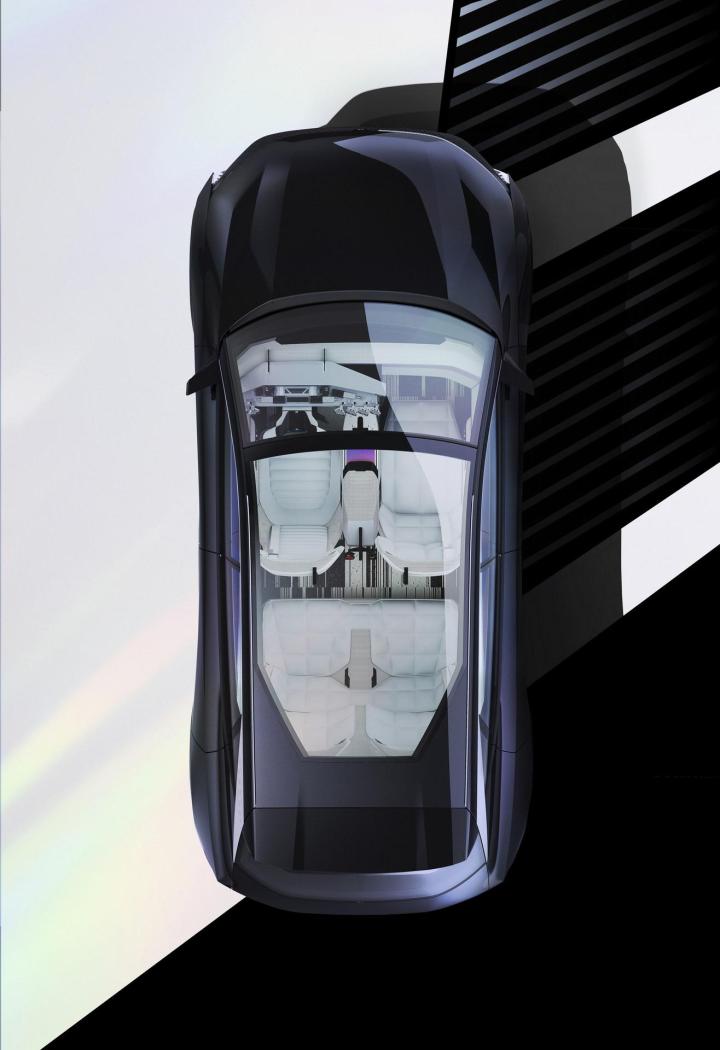
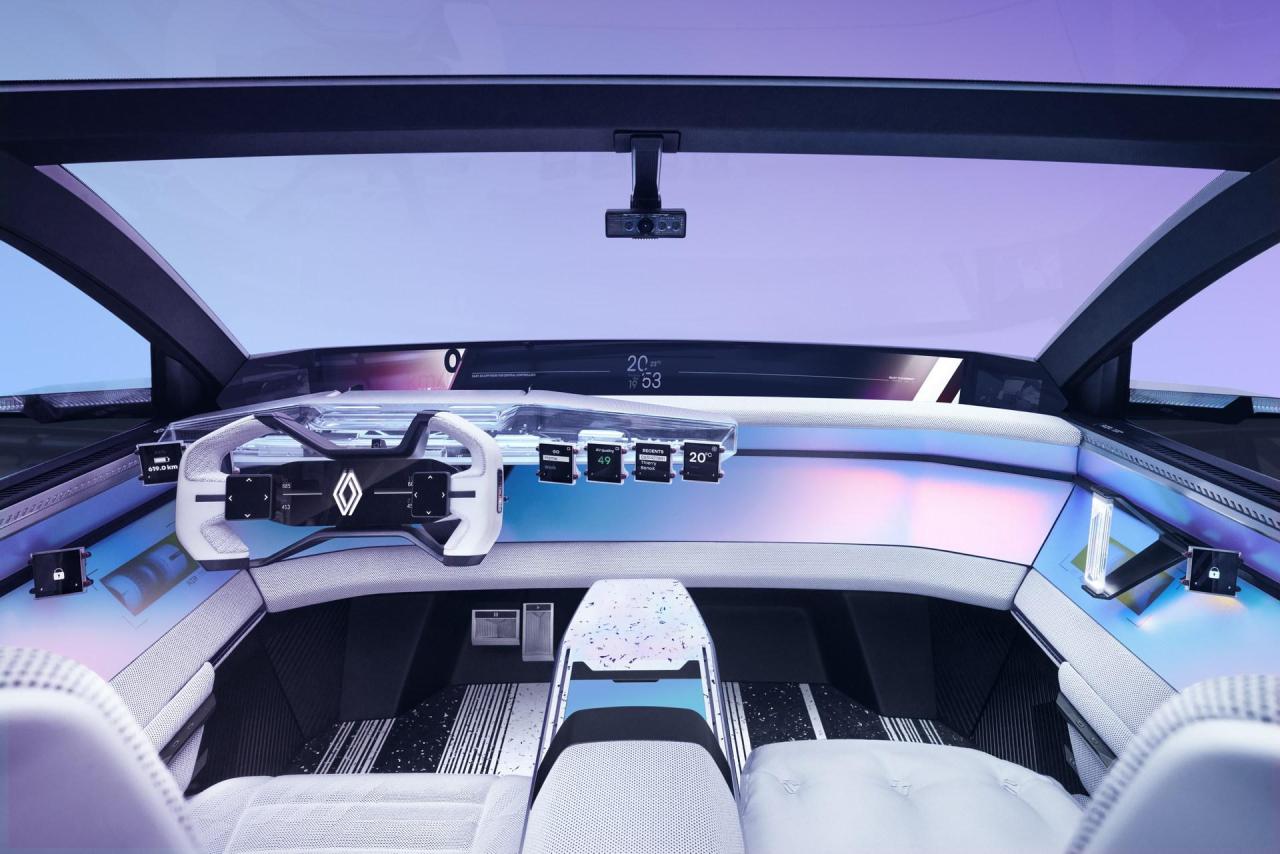
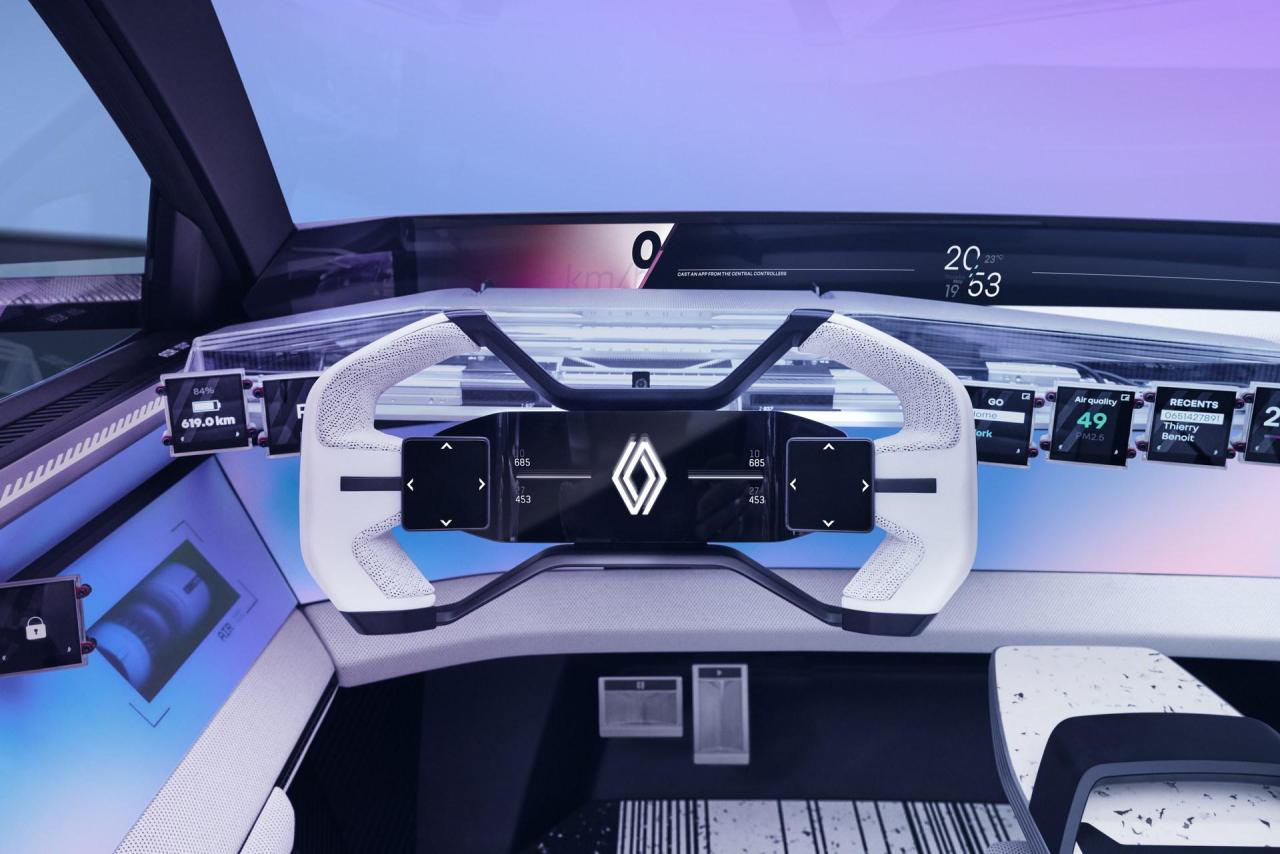
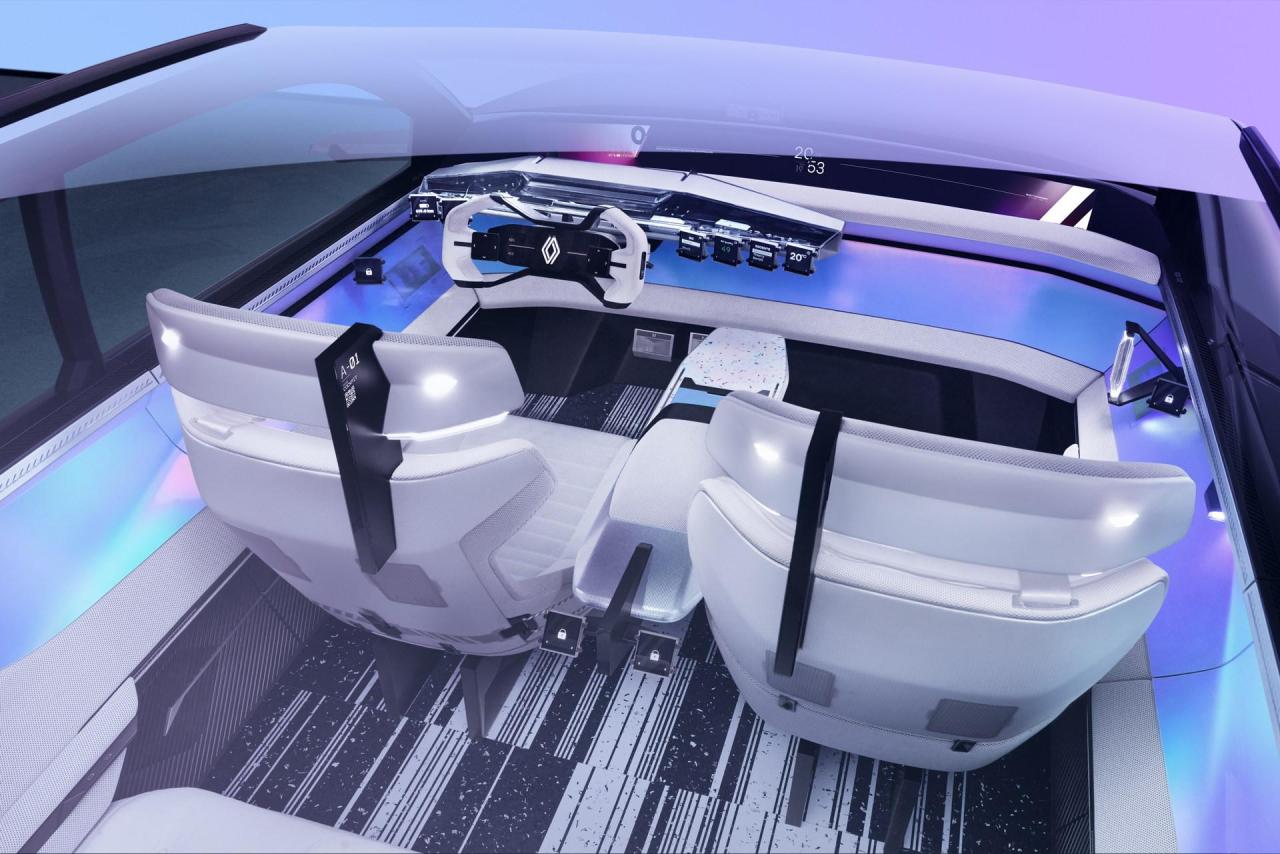
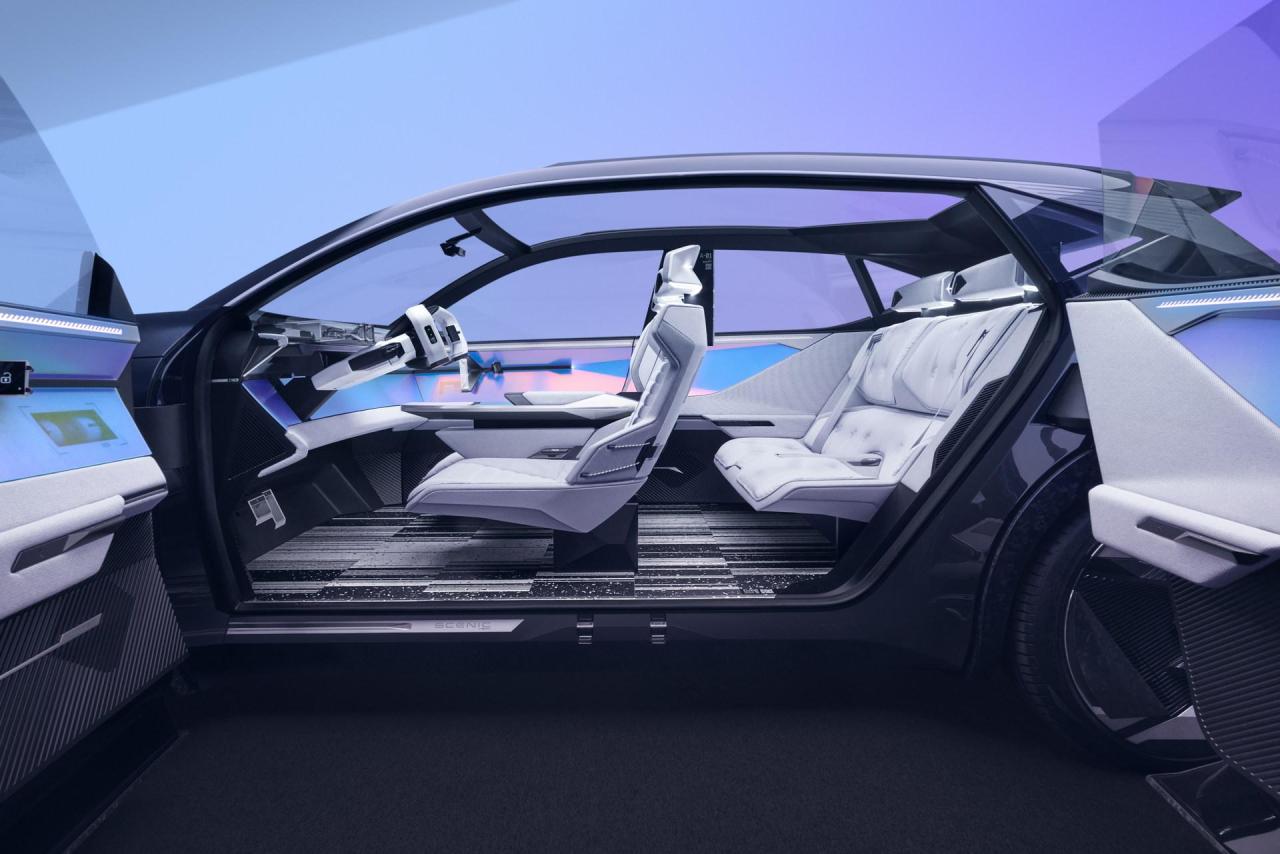
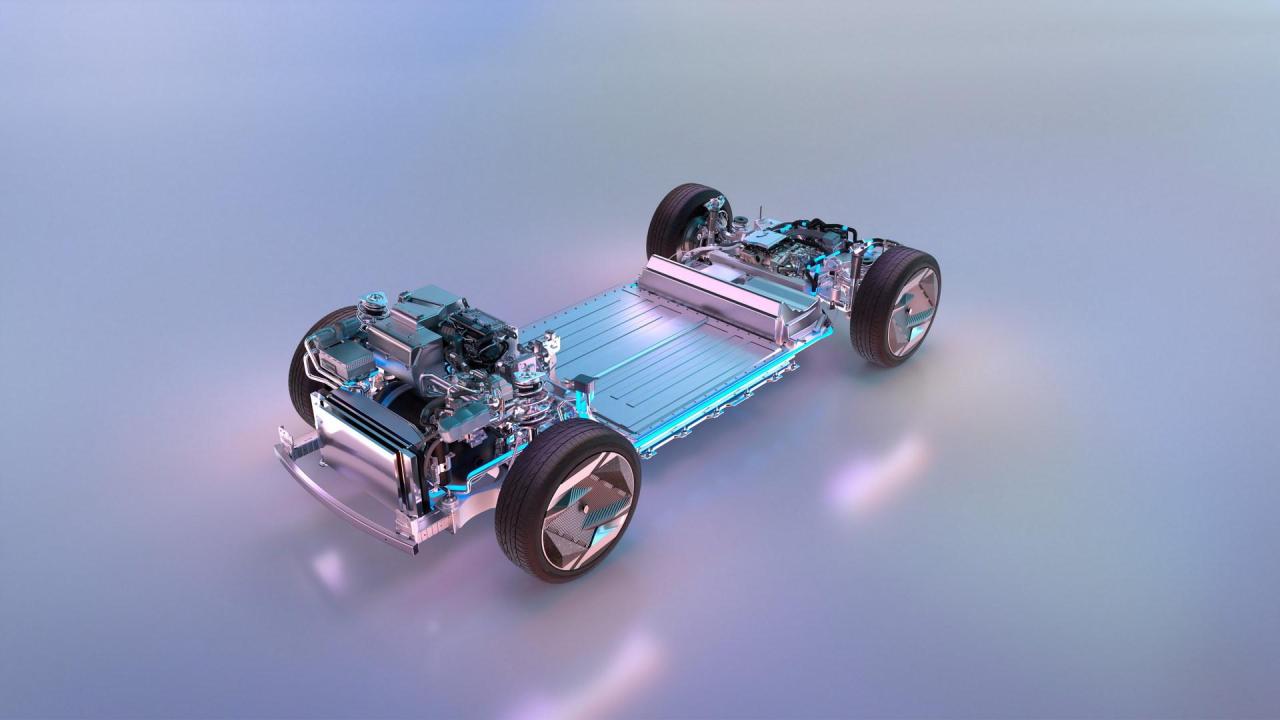
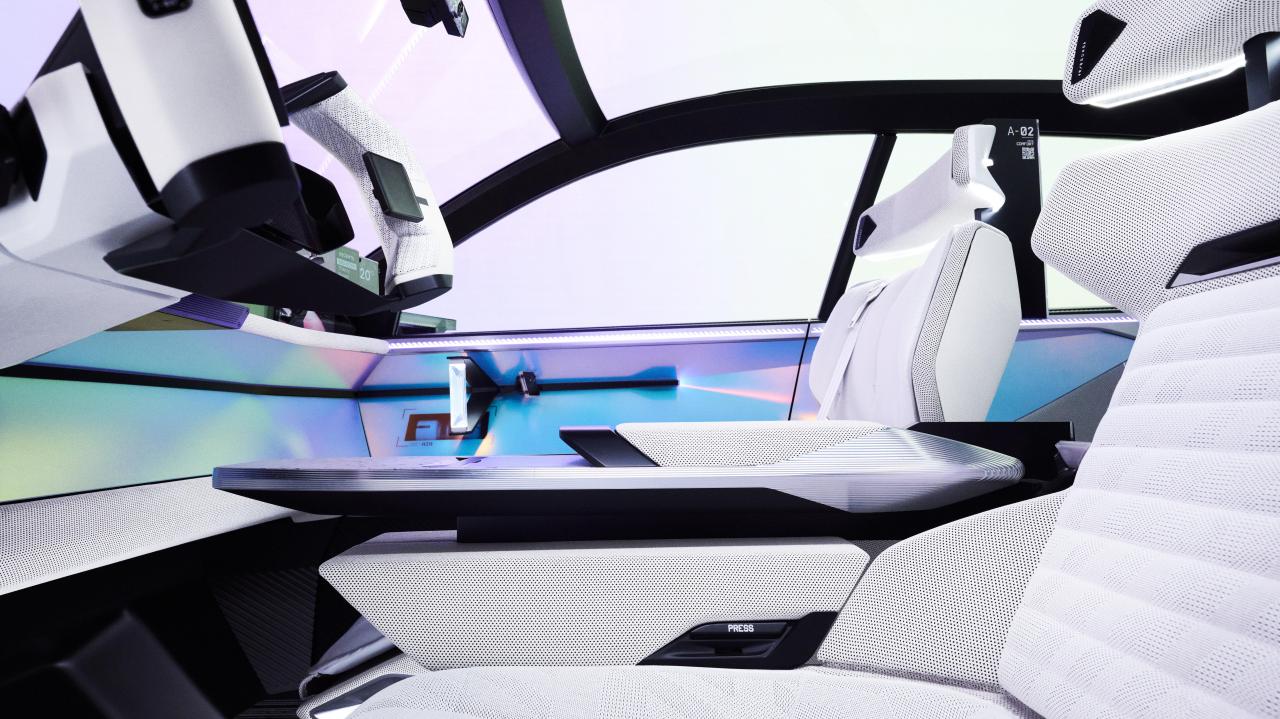
.thumb.jpg.5d64e2df21855c854e6265d135fc5f6e.jpg)
.thumb.jpg.3dcc576cf7576fd1ff70d3b1161fc2c4.jpg)
.thumb.jpg.7c0b2ea6ef514f5d9042423fd95843ec.jpg)
.thumb.jpg.f094d54d2649fffae0332b098ed090e4.jpg)
.thumb.jpg.5c20d1ce8a135490823044c5747f37ac.jpg)
.thumb.jpg.5a0f065aec1c1328443338cb837d363c.jpg)
.thumb.jpg.6dbed3fff37e1dc043924728f93fa0b6.jpg)
.thumb.jpg.db7ff0daae329717f6bfd39c7935242b.jpg)
.thumb.jpg.eac83d4c3f67962e67326611d24106e9.jpg)
.thumb.jpg.3c8e4c12d742cf7d9fe654f618f98c24.jpg)
.thumb.jpg.83838909f6e275a2a58cbc9442762ea9.jpg)
.thumb.jpg.835afee70e2da6420650df11d8e1f9b0.jpg)
.thumb.jpg.197d00a9fbba4cacd7f34fe695d22b3b.jpg)
.thumb.jpg.ca0cd56bcede692e384f13b326e144c2.jpg)
.thumb.jpg.72c5380cf973acb332668ff6f841b44f.jpg)
.thumb.jpg.281981b6e6be53da942b317b955e398e.jpg)
.thumb.jpg.e34480a74bc6693dd9b5e1b08d02f057.jpg)
.thumb.jpg.531fa515af2c201d77c68c9dbcd036a6.jpg)

.thumb.jpg.e1e9db041752fcddfcd557747180e6f3.jpg)
.thumb.jpg.4e6bf063019aa1f35ce6705724eb1b66.jpg)
.thumb.jpg.52757424189ddaf892d1908c1a7f1e2c.jpg)
.thumb.jpg.d3c2d2aba2a51eaa324ab931d2e48c45.jpg)
.thumb.jpg.c7d26b476f36b19ab40779e3d5a5888f.jpg)
.thumb.jpg.211d5ff8481564d0ed952c640419b566.jpg)
.thumb.jpg.4ea2e428c8af6e98ab892820ccfd68fc.jpg)
.thumb.jpg.dcf737cbbcd35a70429a557b4cccc36e.jpg)
.thumb.jpg.fd9df74f70640d2c4fcca19865f49d74.jpg)
.thumb.jpg.37b57ec2a16e53c45ecd3f33b5e27b10.jpg)
.thumb.jpg.7aec1cef7f02293f1a44c04be5ac66c1.jpg)
.thumb.jpg.1c15b4ce8f8218eb21cc5d8807ef6671.jpg)
.thumb.jpg.1e774ed322640b60858adad7326b764e.jpg)
.thumb.jpg.34956d7a621fa5da9979a6b1af5427d5.jpg)
.thumb.jpg.a95a6da2dbff2185ce4f44dfebea4a6e.jpg)
.thumb.jpg.6b5049283cc2fea96fc1c6296e59e5af.jpg)
.thumb.jpg.2325d6869ef47765ce005baf760815c7.jpg)
.thumb.jpg.c490c6e2b24141fa73866f98531d854c.jpg)
.thumb.jpg.2f64195b0702328892b7699a9b16dc21.jpg)
.thumb.jpg.fd2c38cb3952632cf9e2b40469d50c87.jpg)
.thumb.jpg.7a90710753c4914e8c0949efe4eae946.jpg)
.thumb.jpg.1a92012de73fe1c4ca16a7f4055522da.jpg)
.thumb.jpg.8c3022ef9a08c13742633d33ff24bbc7.jpg)
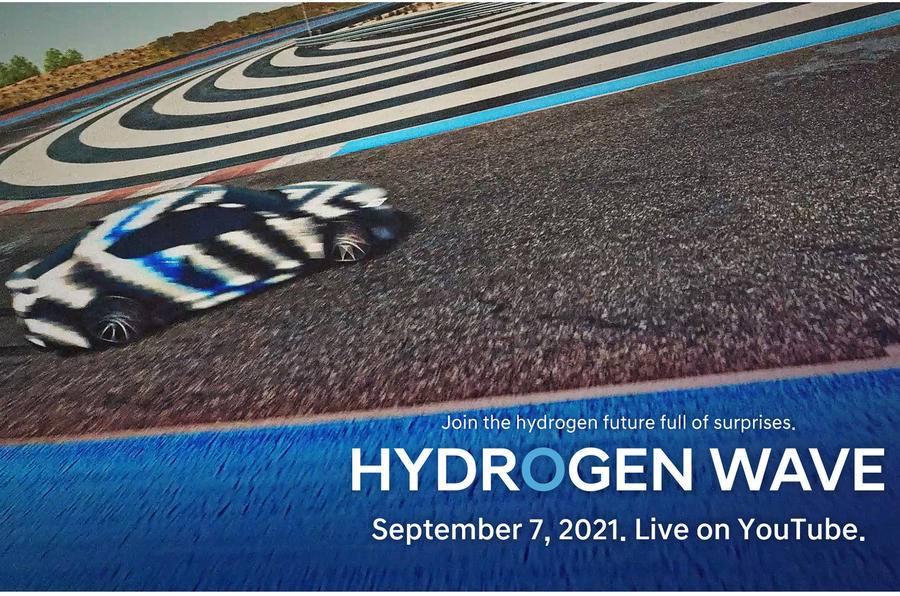
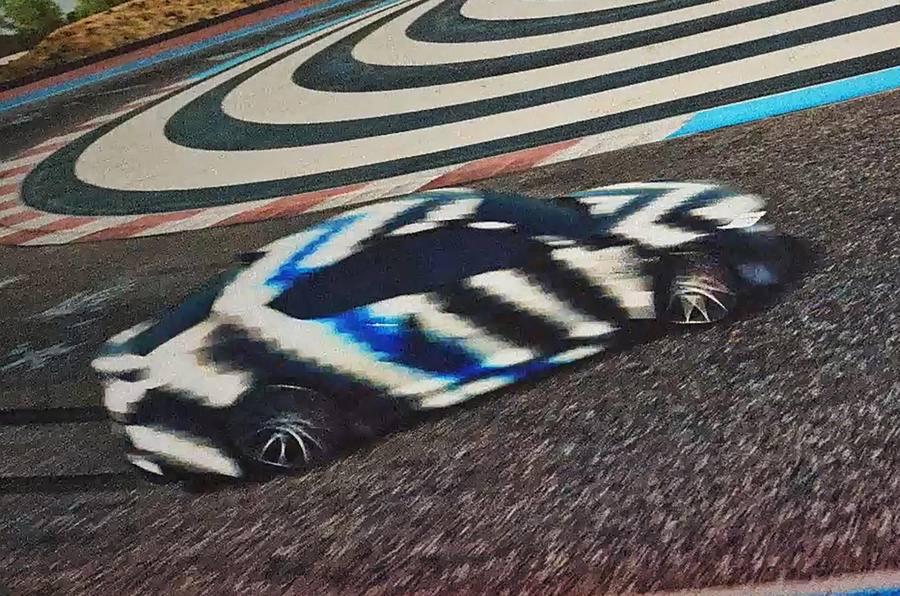
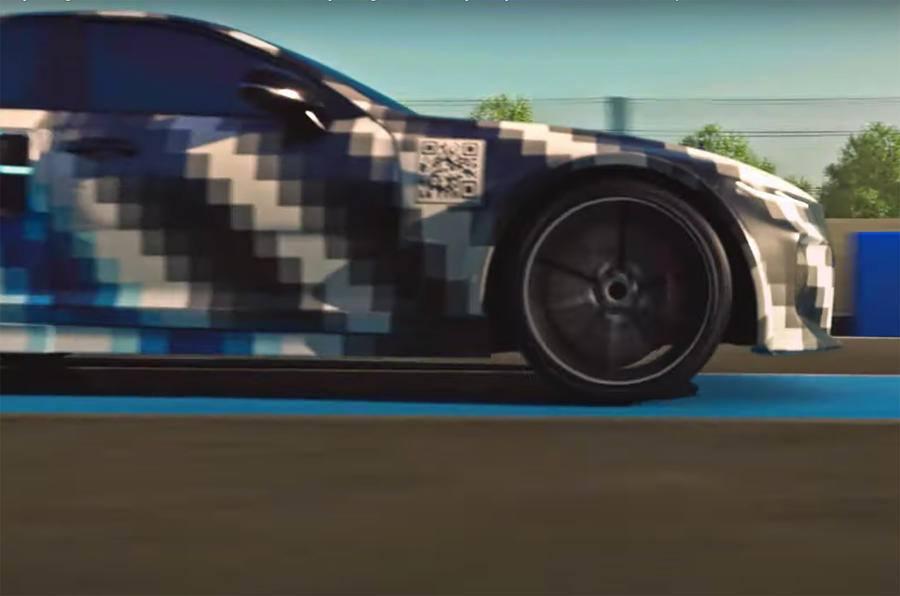
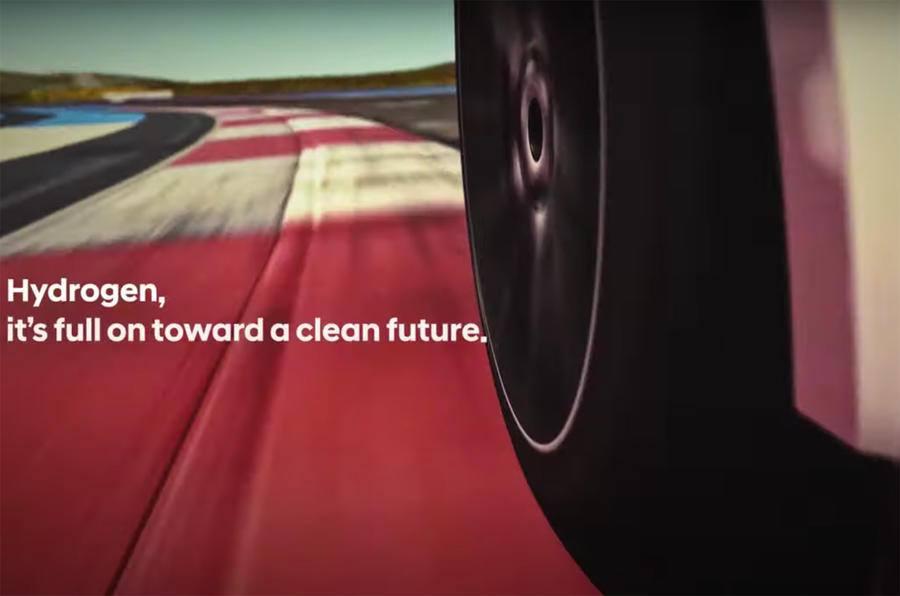
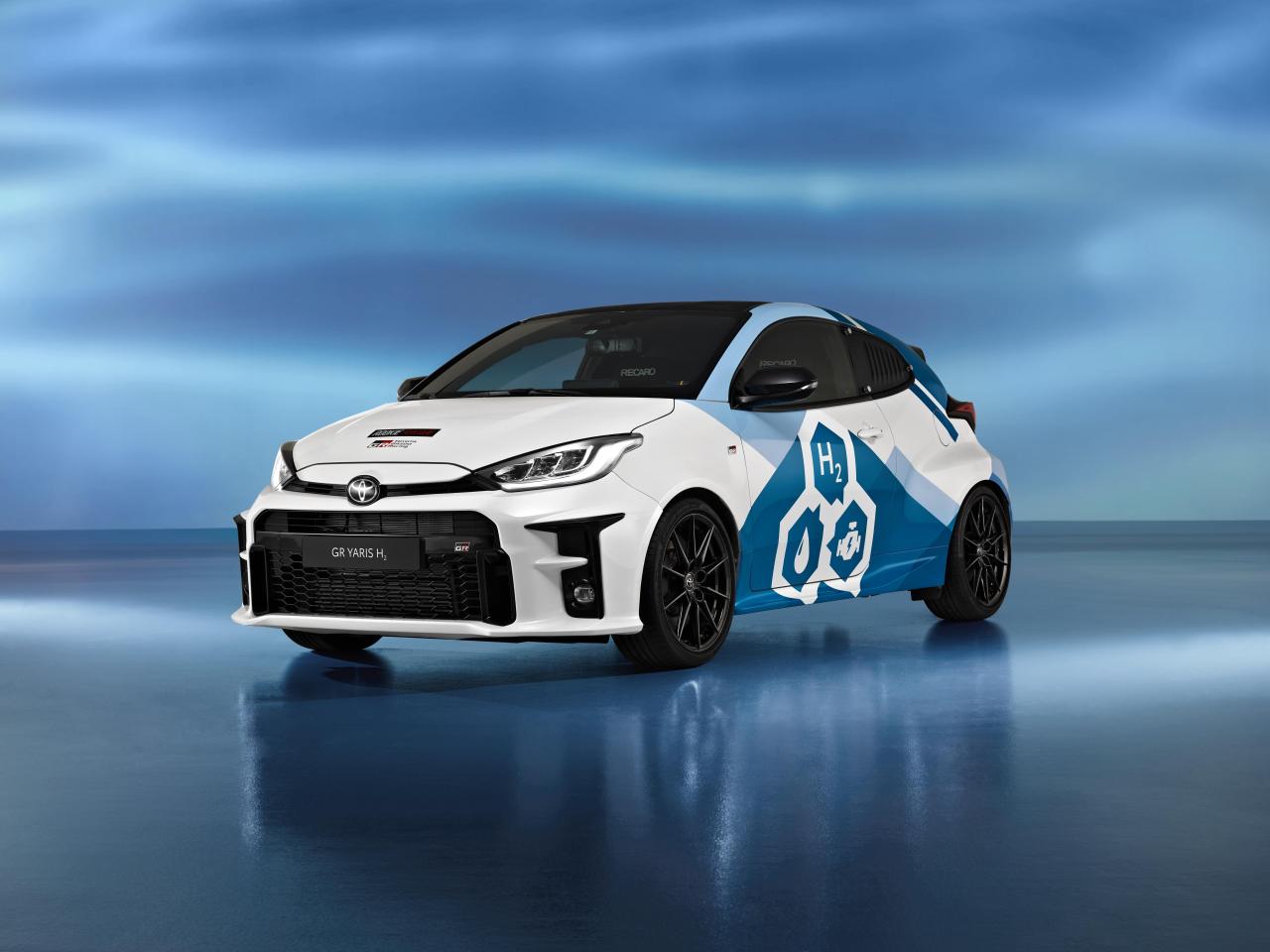
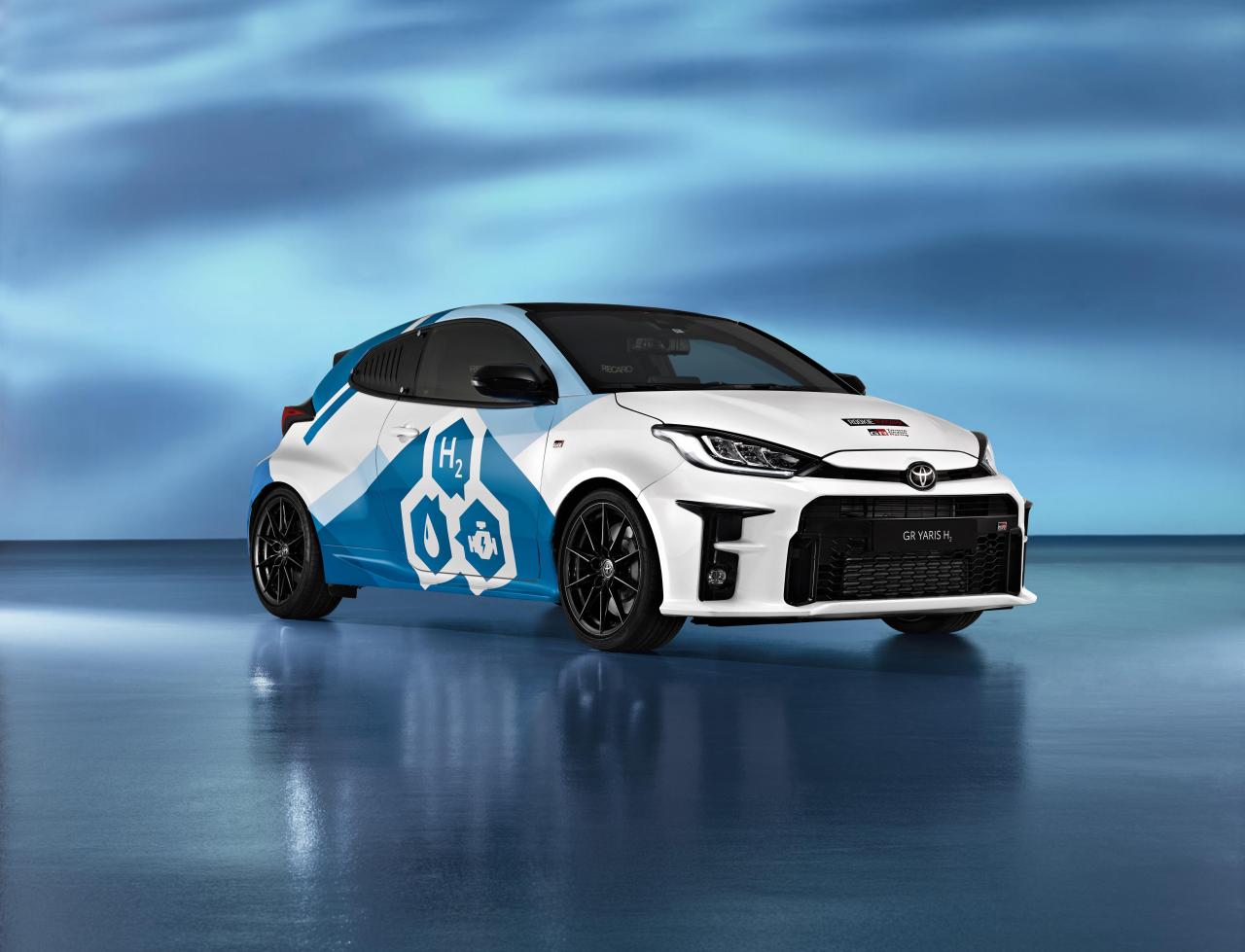
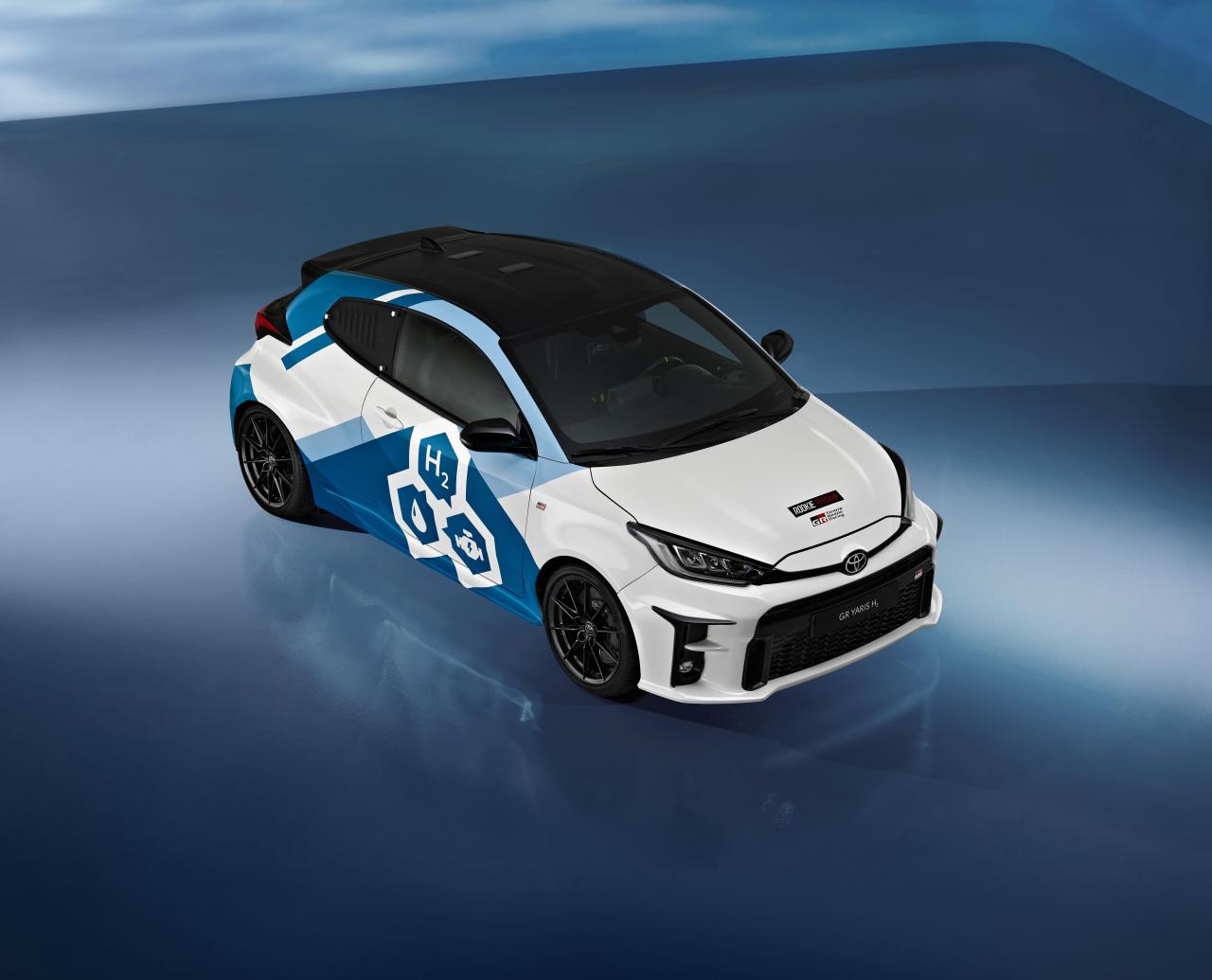
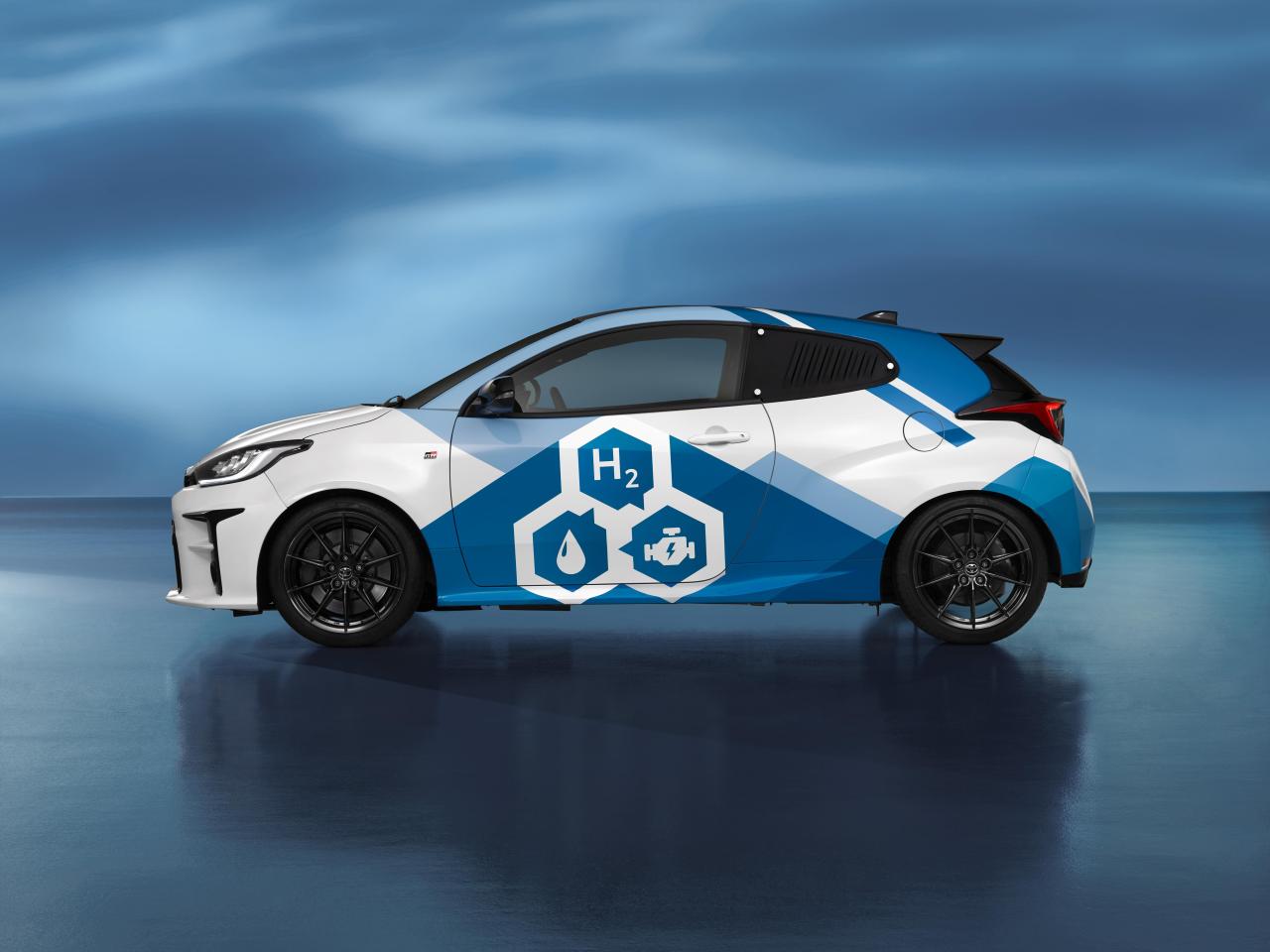
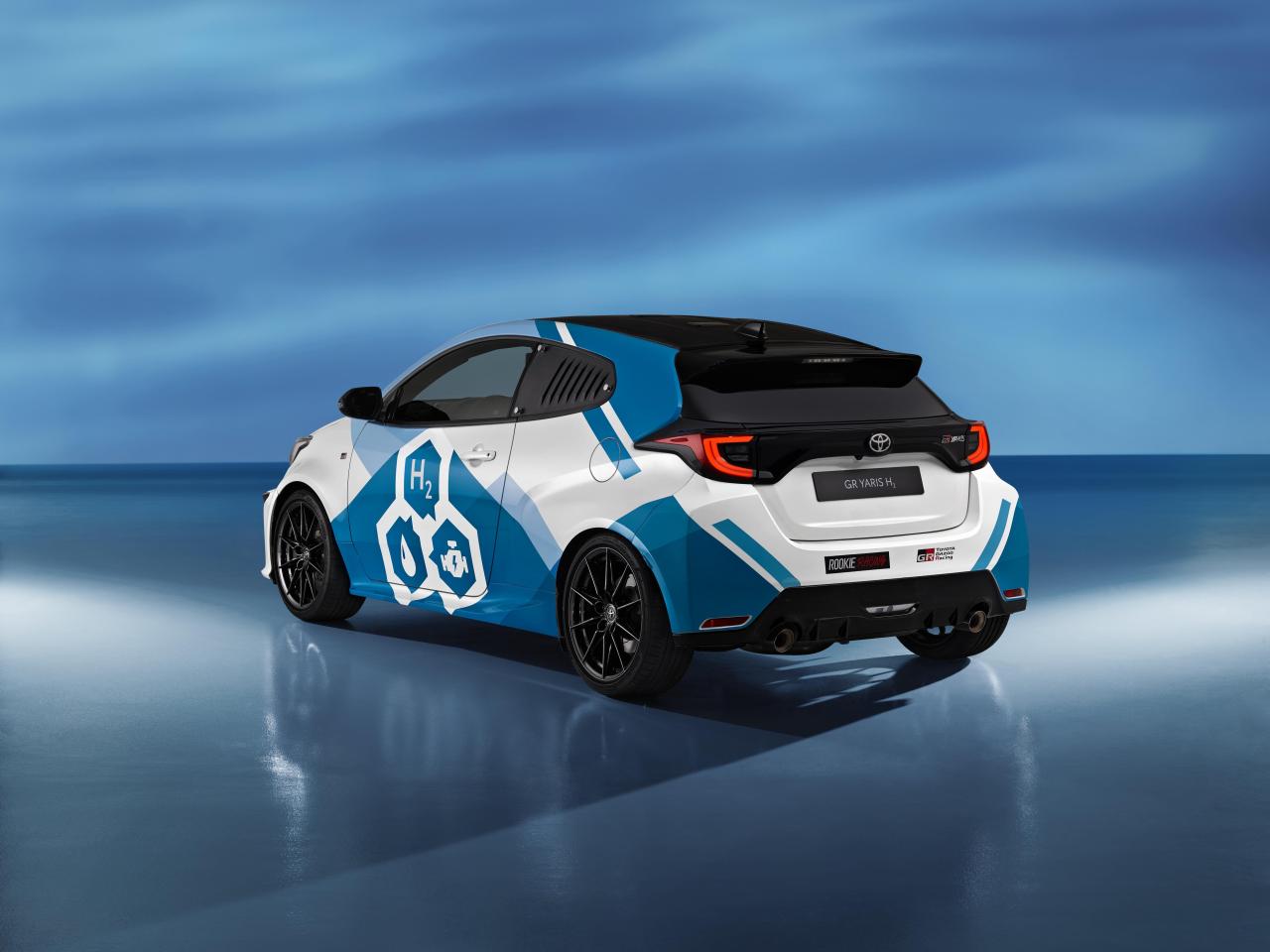
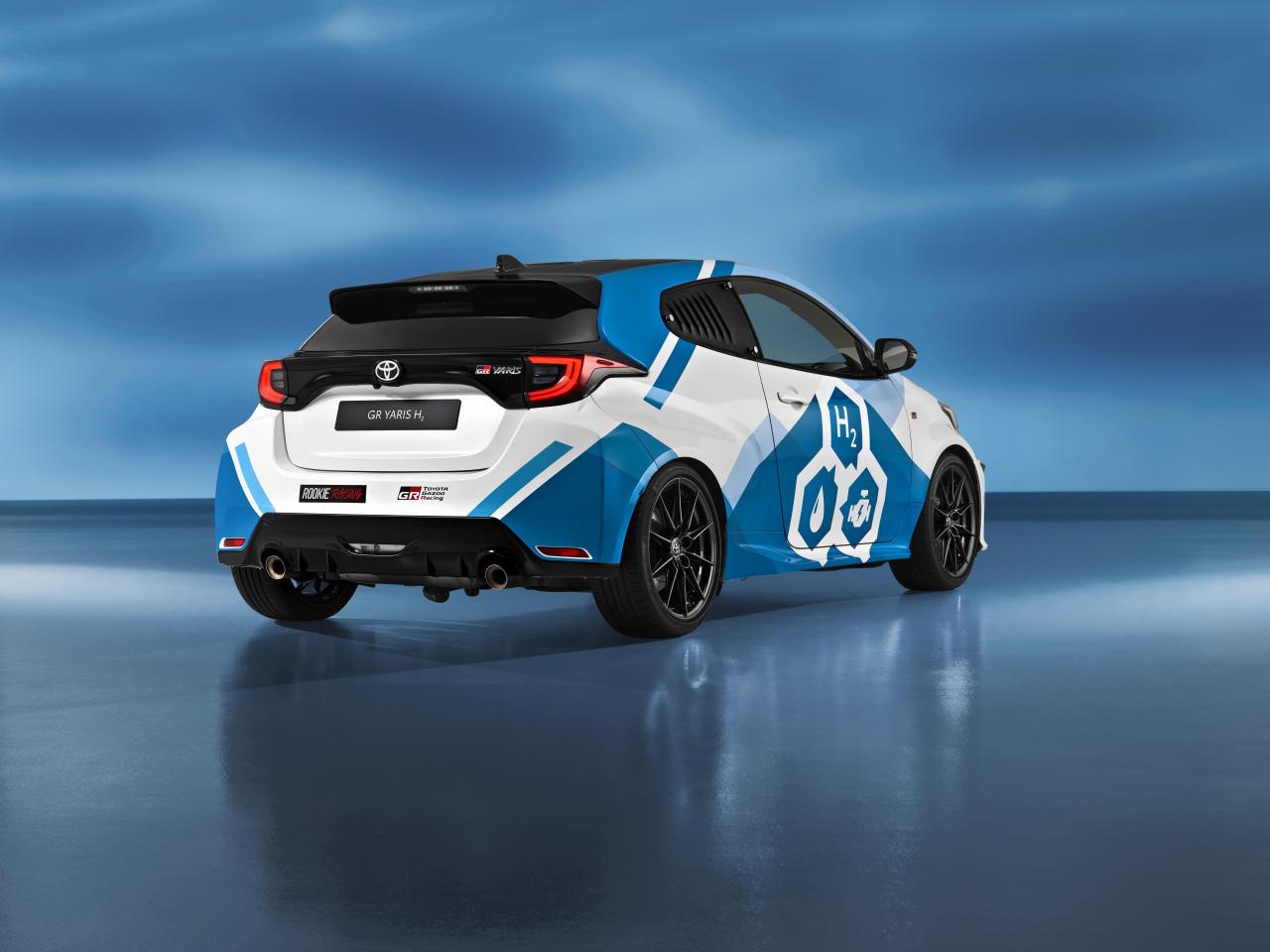
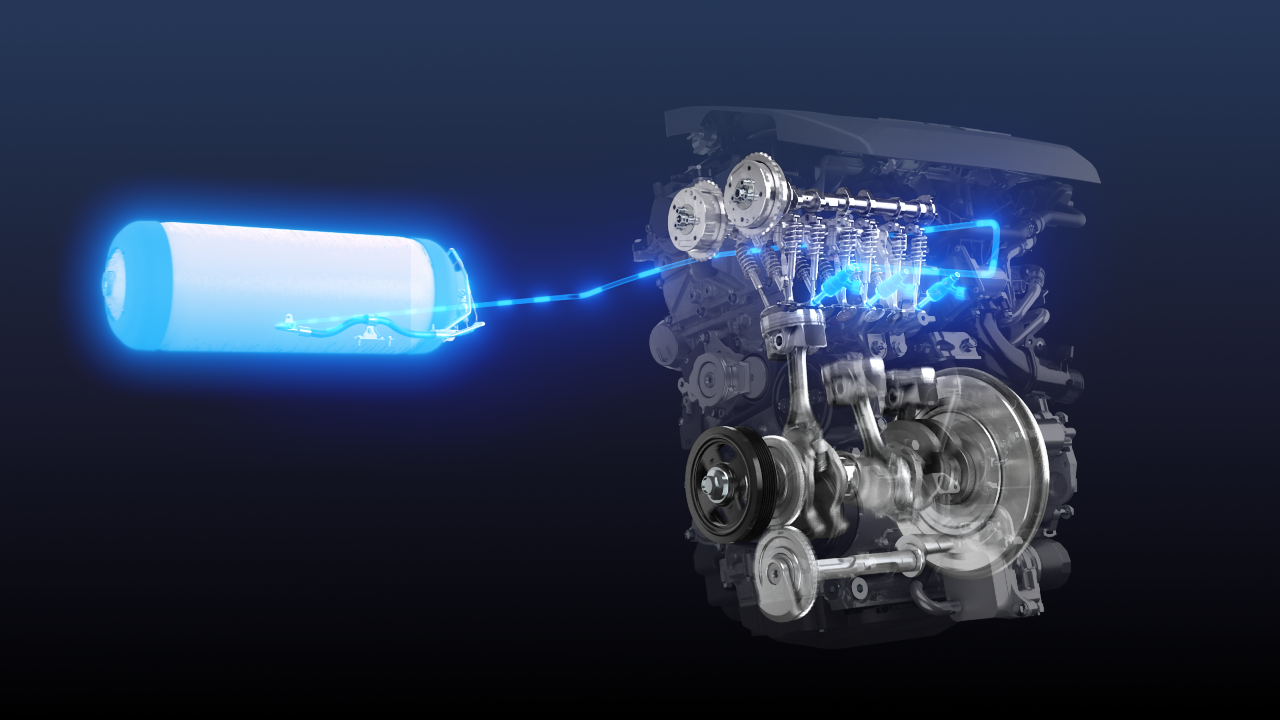
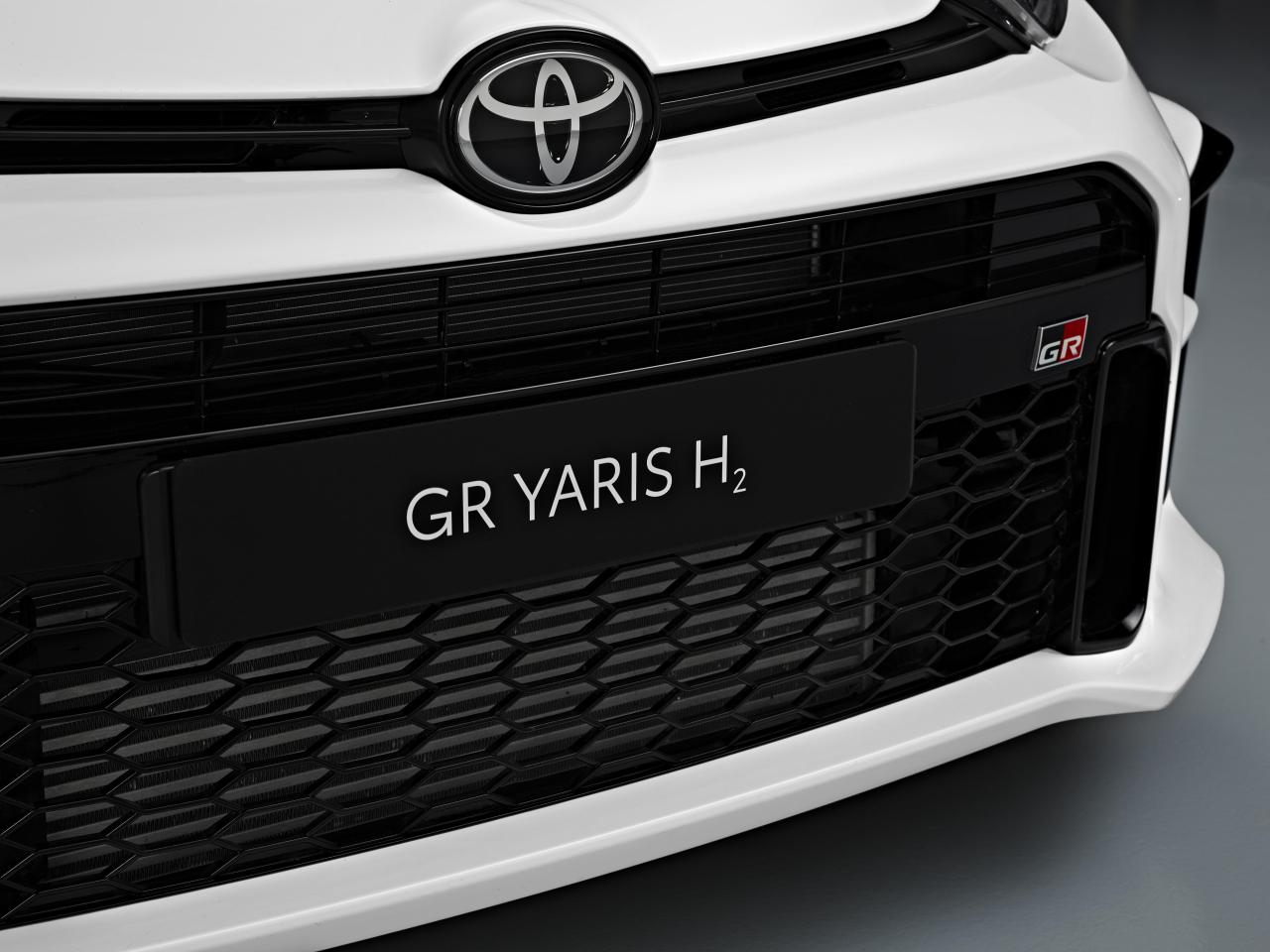
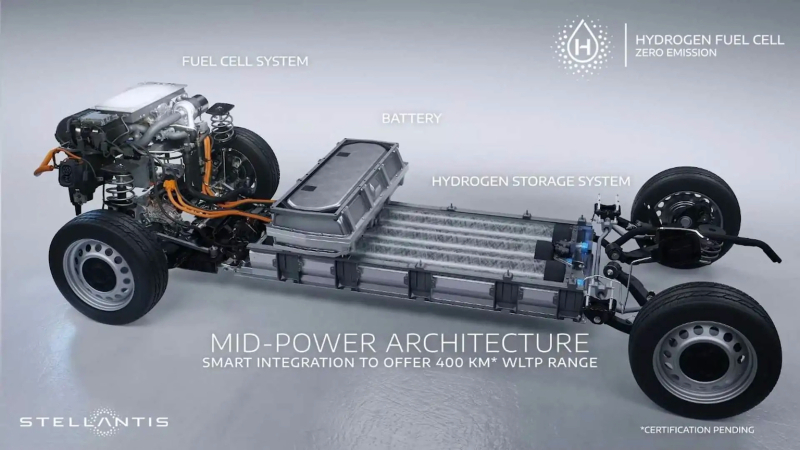
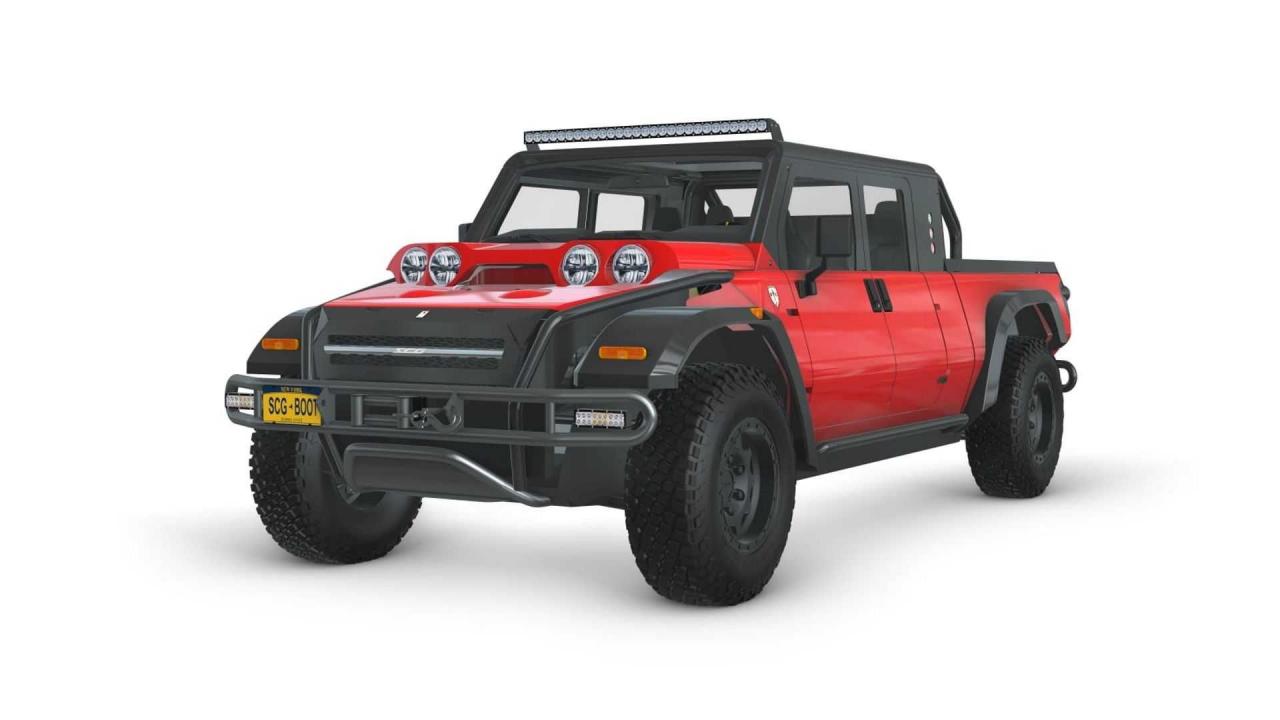
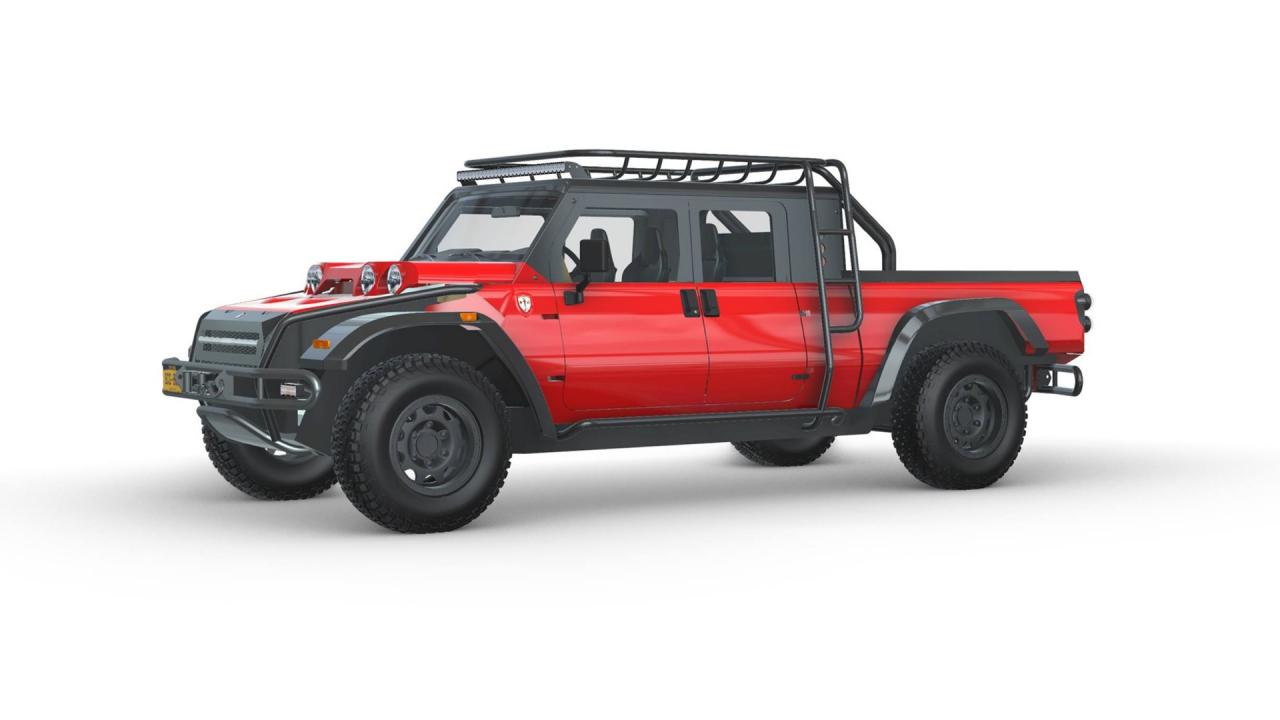
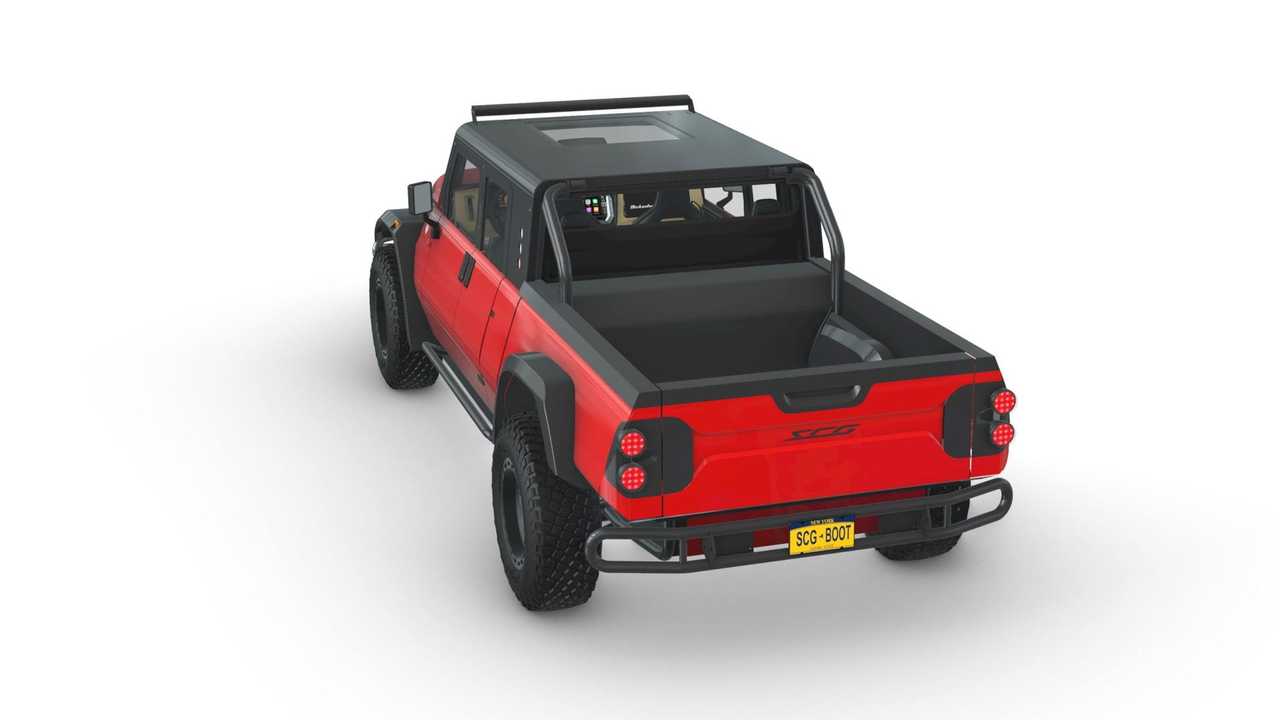
.thumb.jpg.745e7bf711e88a6007e4aafca1d1cfbe.jpg)
.thumb.jpg.fb05d80c661cfe8f7c72b824f560b4cf.jpg)
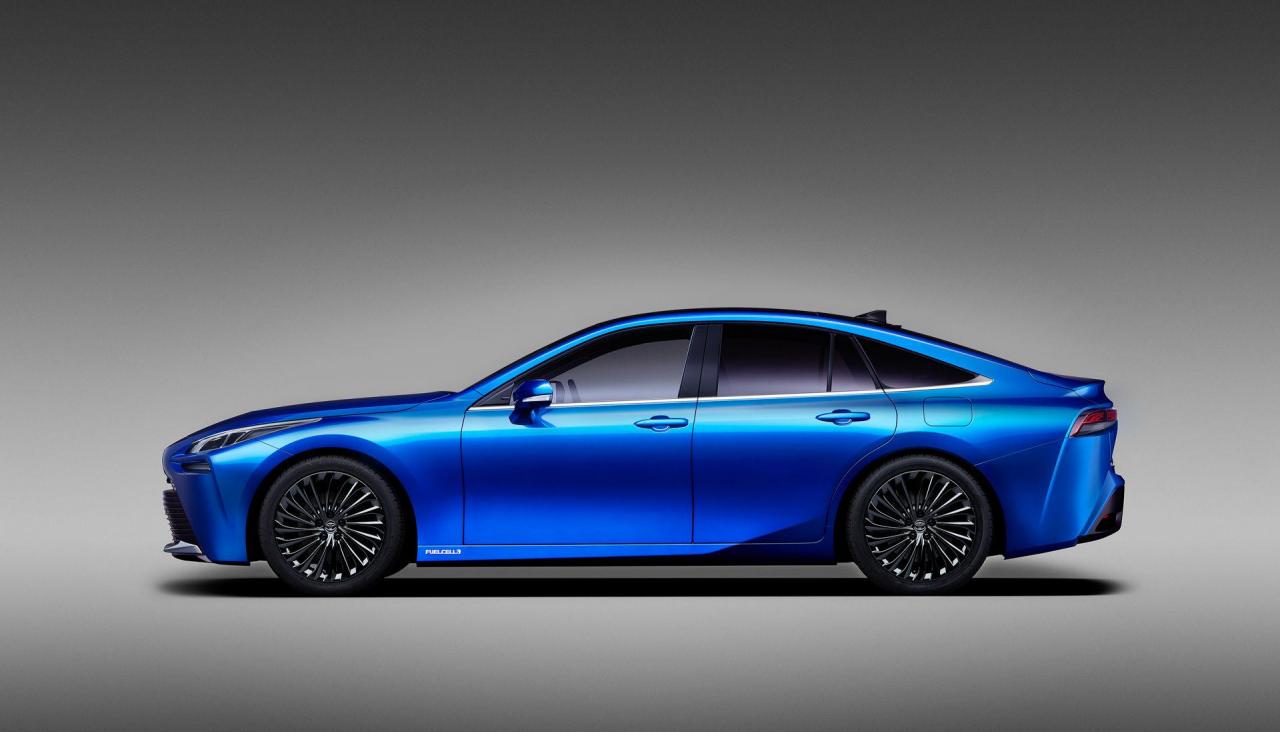
.thumb.jpg.1b75d484c456868020c0e5d1d2a71040.jpg)
.thumb.jpg.425876be654632688900b8204caefda4.jpg)
.thumb.jpg.4fe2c68401b96b8fa5124c511836f23f.jpg)
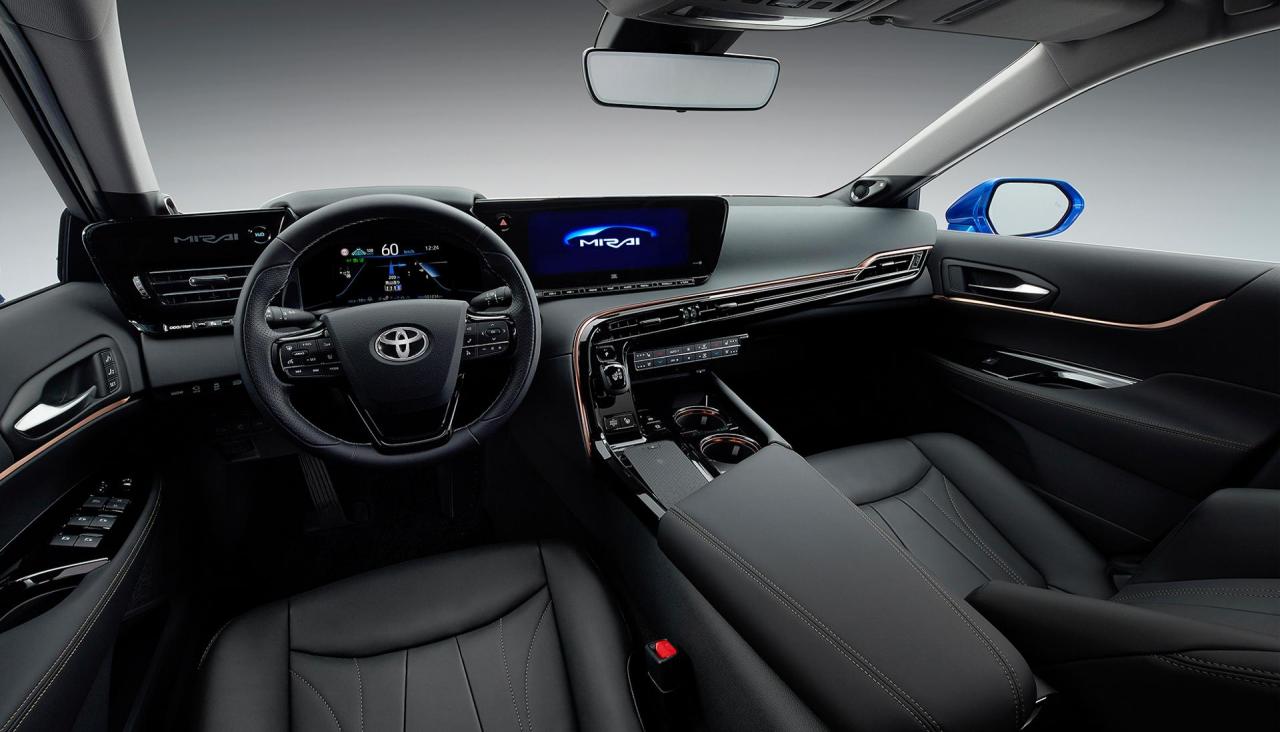
.jpg.d4001494ce7f3de2586da0891c20e44f.jpg)
.jpg.26607ac1a2f09c1c46e4406b85c6ef1d.jpg)
.jpg.3844ae88732201ad2bf9b3a917fc9d7f.jpg)
.jpg.b7c43298adedc37f4ab8382c579e80b1.jpg)
.thumb.jpg.63558161aa968cc256a7086145370a33.jpg)
.jpg.0030310de48da8a571648c47bb7fd57e.jpg)
.jpg.76e10d2b834c979813143d9bdff3c951.jpg)
.jpg.6baf5ca52e15467078332f23c584cb17.jpg)
.jpg.51afecc16b3e6307f5f002a101856625.jpg)
